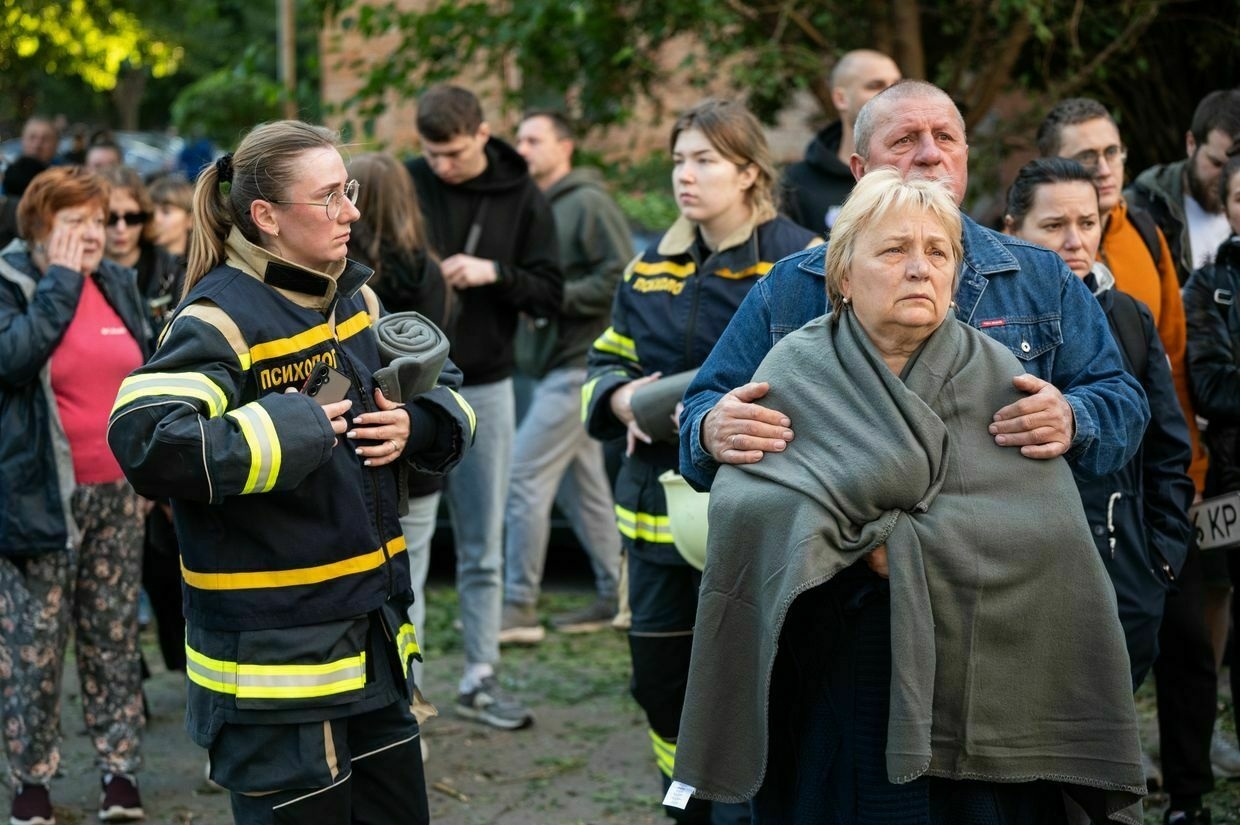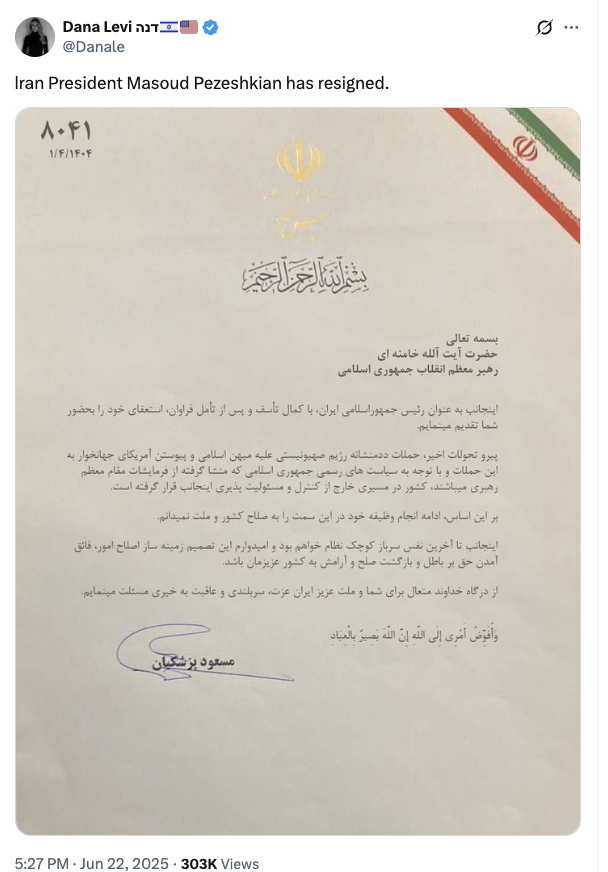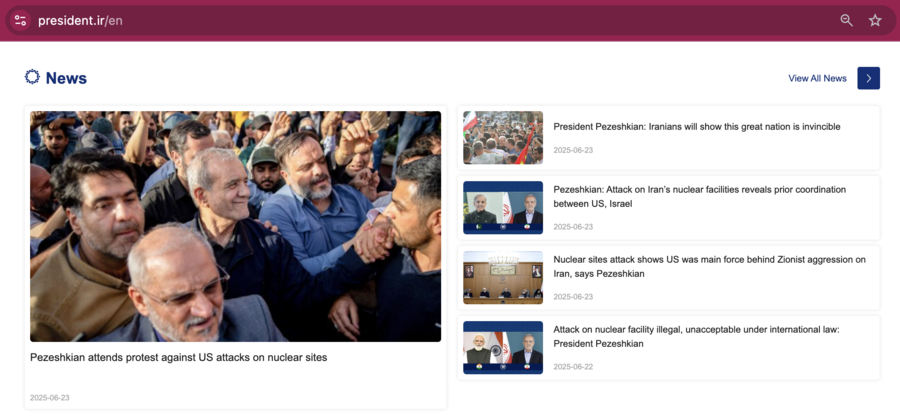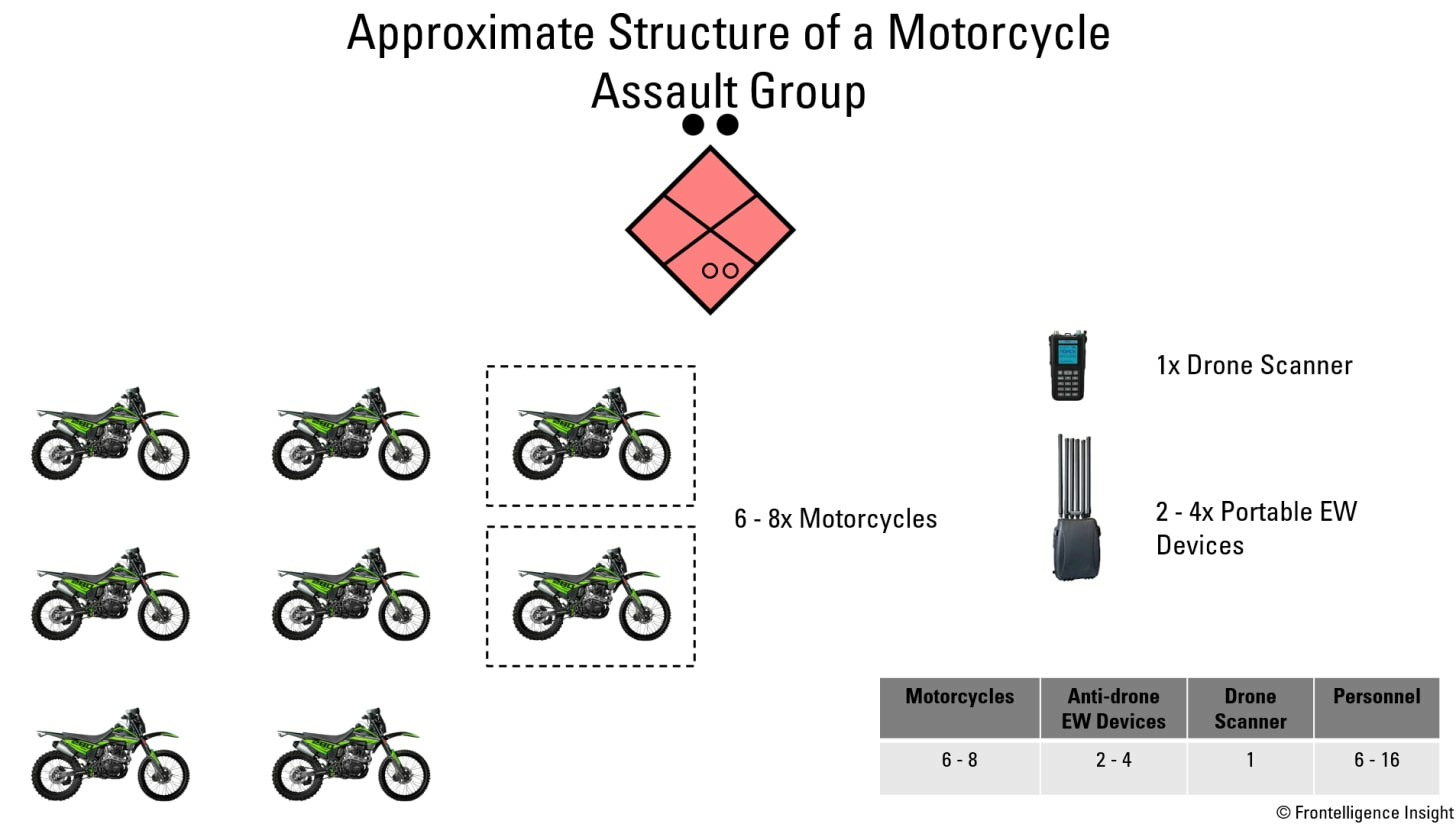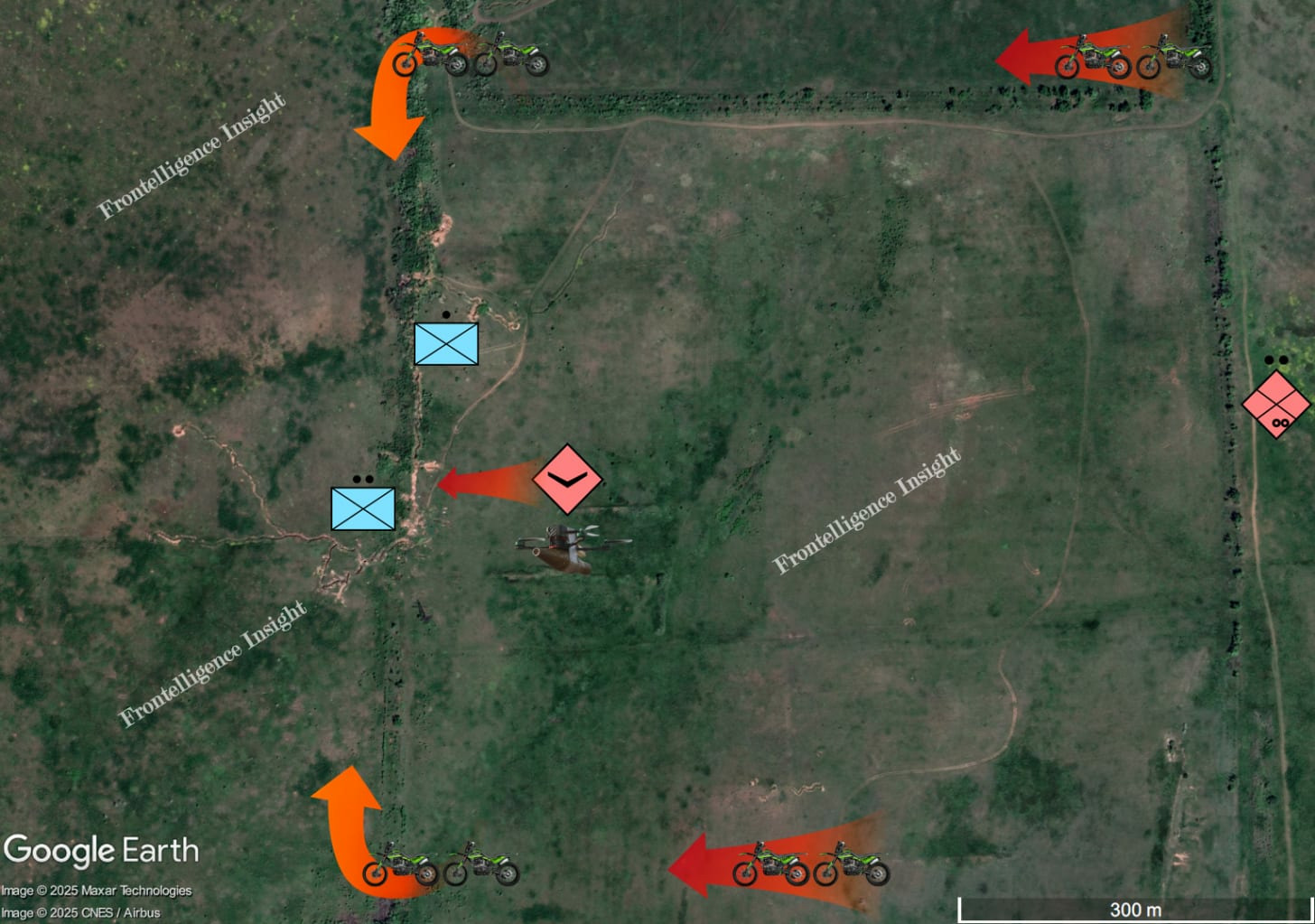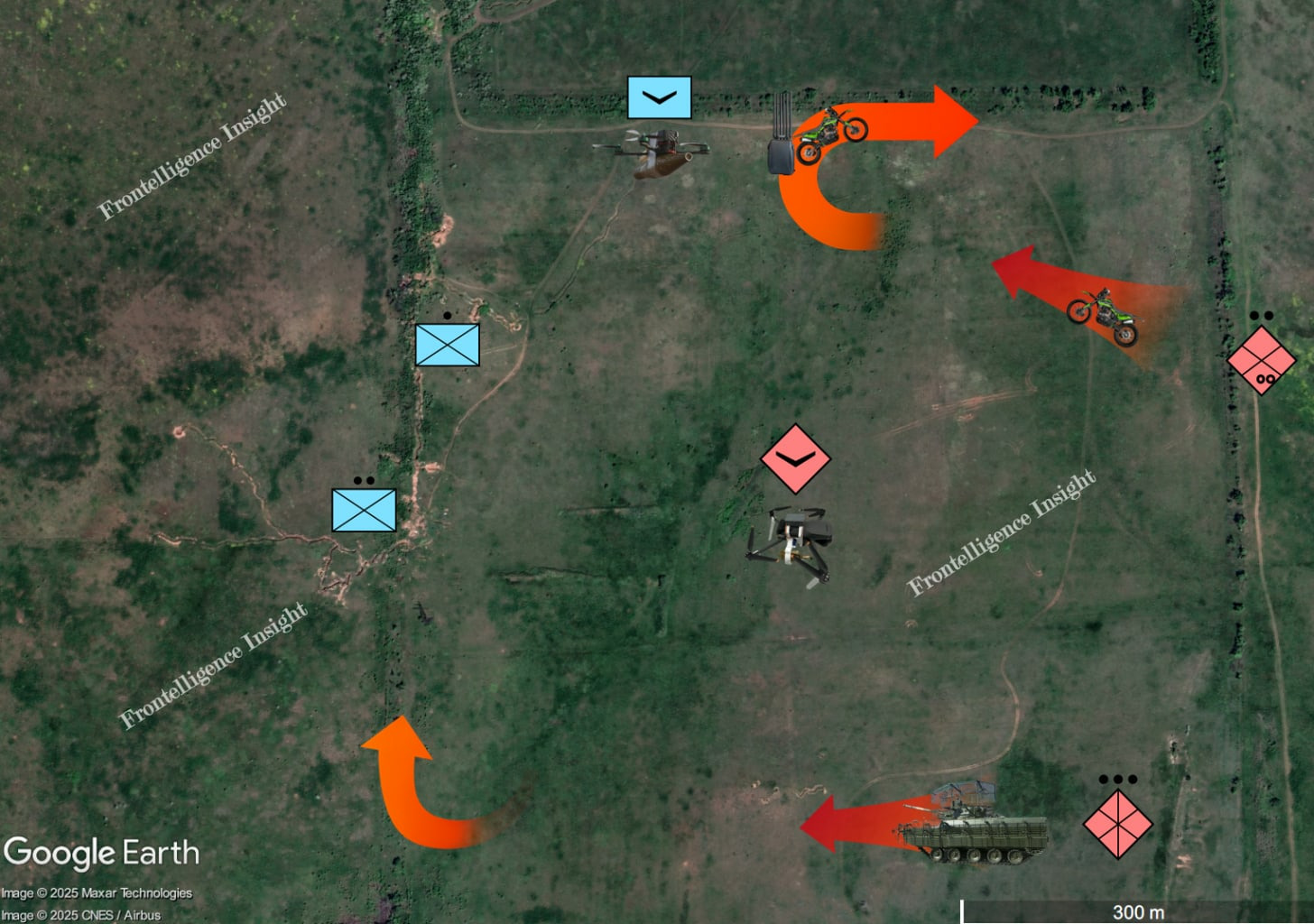-
Europeans oppose following Trump if he pushes Ukraine to cede territory, lift Russia sanctions, poll finds
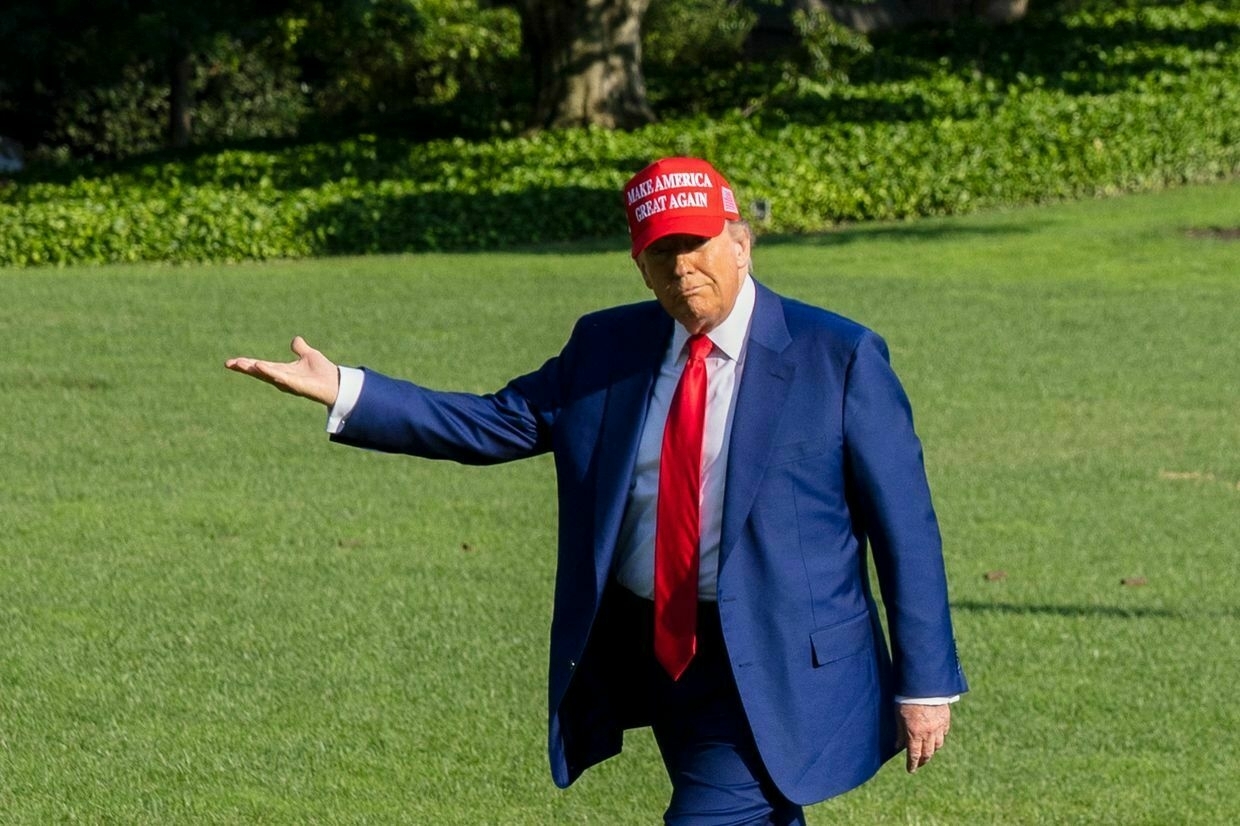
A majority of Europeans would oppose following the U.S.' lead if President Donald Trump pushed Ukraine to cede territories or lifted sanctions on Russia as part of a peace agreement, a new poll published on June 23 has found.
Despite the self-imposed deadline of 100 days to end the war in Ukraine, Trump is now 155 days into his presidency and Russian attacks have only escalated.
Trump has still yet to take any concrete steps to pressure Moscow into ending its war but has floated several concessions that Ukraine could be forced to make including ceding territory, while at the same time announcing no new military aid packages for Kyiv.
The survey, conducted by the European Council on Foreign Relations, found that even in countries with pro-Russian governments like Hungary, more people opposed the idea than supported it.
Respondents in 12 countries (Denmark, Estonia, France, Germany, Hungary, Italy, Poland, Portugal, Romania, Spain, Switzerland and the U.K.) were asked about three scenarios — the U.S. pushing Ukraine to cede territory, lifting sanctions on Russia, and withdrawing all military support.
Majorities in all countries opposed their own governments following the U.S. lead except for Hungary in the case of withdrawing all military support.
Opposition was highest in Denmark, the U.K., Poland, Spain and Portugal, and lowest in Hungary, Romania and Italy.
“A benevolent interpretation is that Europeans support an autonomous European policy to support Ukraine and they don’t want to blindly follow Trump’s lead,” the report’s authors said.
“But another reading of that data is that Europeans want Ukrainians to continue fighting on their behalf."
The wide-ranging survey also asked about attitudes to increasing defense spending and compulsory military service.
Majorities supported increased defense spending in Poland (70%), Denmark (70%), and the U.K. (57%), with large minorities in Germany (47%), Spain (46%), and France (45%).
When asked about compulsory military service, France (62%), Germany (53%), and Poland (51%) were the strongest supporters but crucially, not in the age bracket most likely to be called up — 18 to 29-year-olds.
Europeans are also becoming increasingly despondent about the U.S. under the leadership of Trump, with large majorities in the U.K. (74%) and Germany (67%) believing the U.S. political system is “broken."
The ECFR poll surveyed 16,440 adults last month.
‘Let’s not be naive’ — Rutte urges NATO to face Russia, China threats, pledges support for UkraineNATO Secretary General Mark Rutte said NATO’s role is to ensure Ukraine has the military means to stay in the fight until “serious” peace negotiations begin.The Kyiv IndependentAnna Fratsyvir
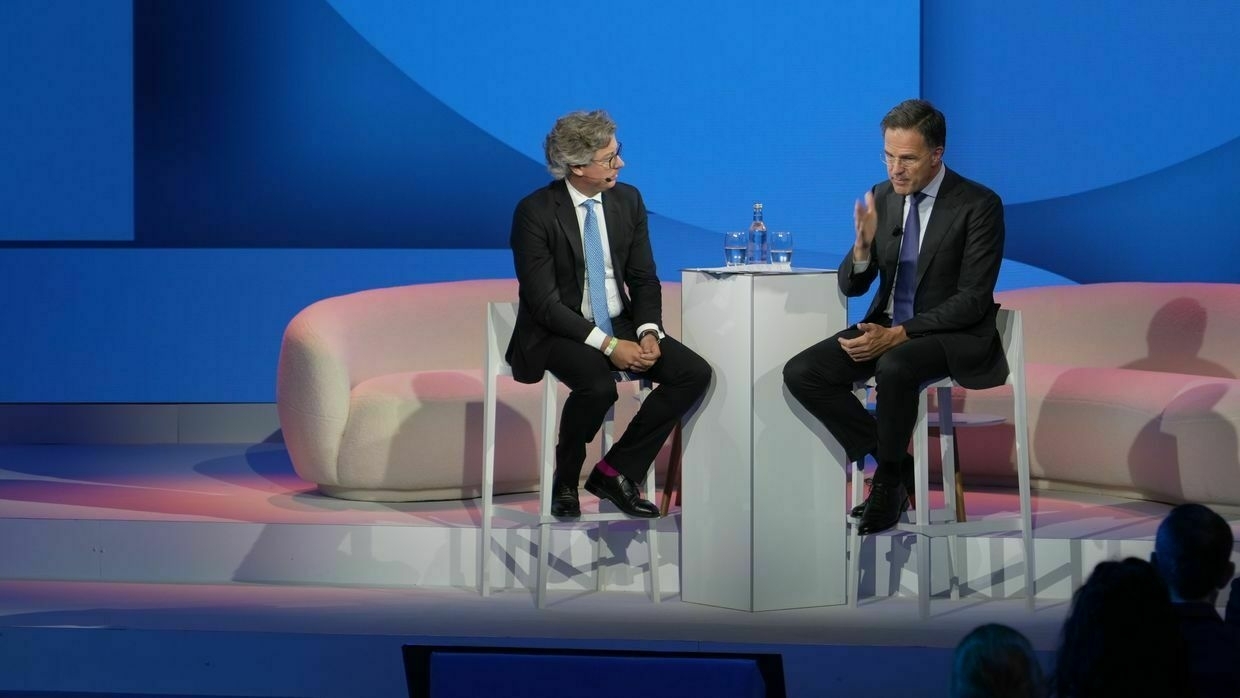
-
'Dead and wounded everywhere' — Russia strikes Dnipro with ballistic missiles, hits civilian train
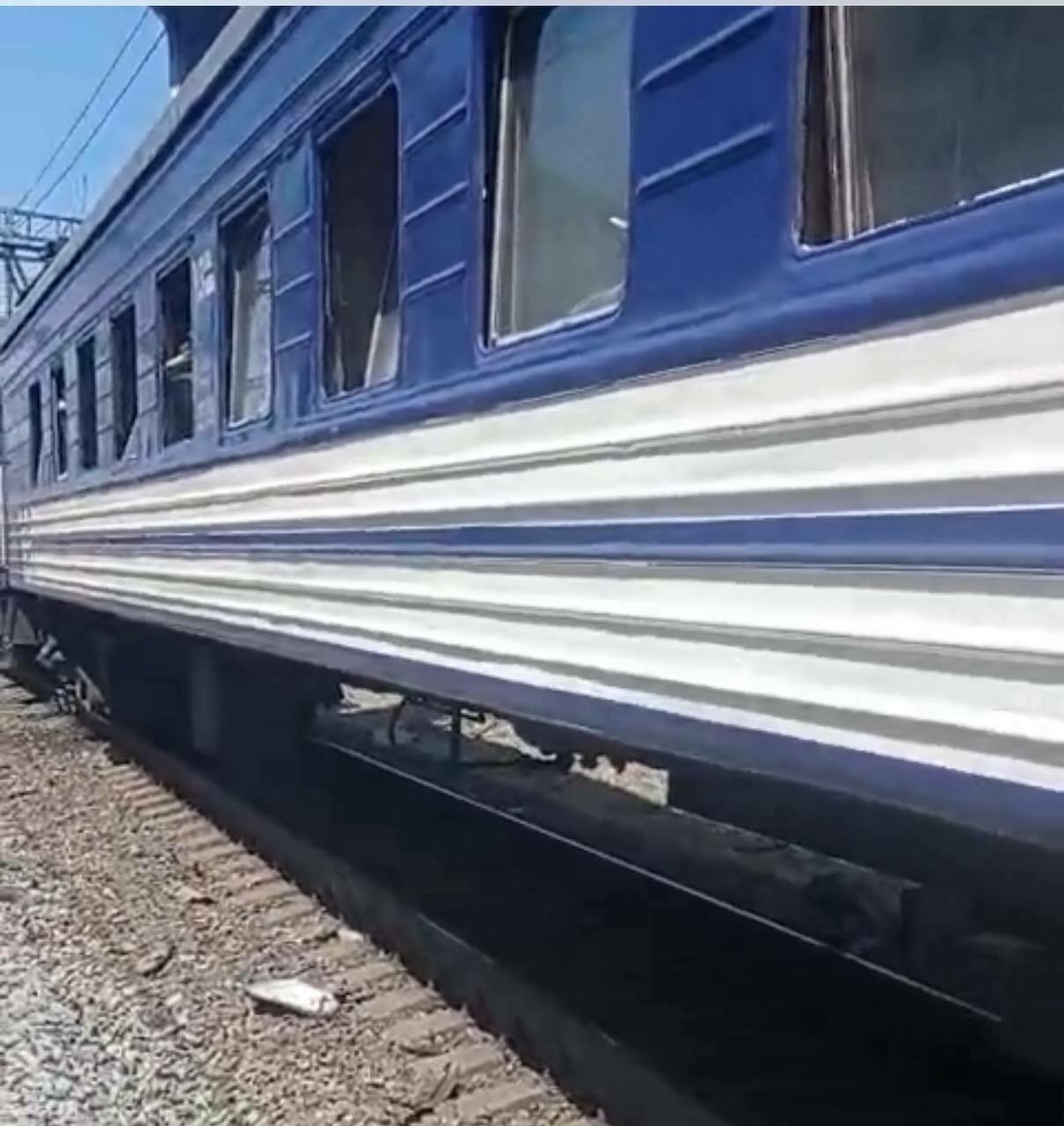
Editor’s note: This is a developing story and is being updated.
Russia launched a deadly missile attack on the Ukrainian city of Dnipro on June 24, striking civilian infrastructure and a passenger train, local officials reported.
Dnipropetrovsk Oblast Governor Serhii Lysak said the morning strike ignited a large fire and damaged a dormitory, a gymnasium, and an administrative building in the city.
The Russian military also struck the nearby town of Samarske, Lysak said. Casualties were reported in both locations.
“Unfortunately, there are dead and wounded everywhere,” he said.
According to Lysak, at least one person was killed and more than 20 people injured in Dnipro. Among the wounded are two children, both hospitalized in moderate condition.
In Samarske, two people were killed and three others were injured, Lysak added.
Ukraine’s national railway company, Ukrzaliznytsia, said that a train traveling from Odesa to Zaporizhzhia was damaged in the attack.
“Ukrzaliznytsia is preparing a replacement train in Dnipro to evacuate passengers to Zaporizhzhia,” the company said in a statement.
In an update, Ukrzaliznytsia said no passengers or railway workers were killed in the attack, though several people sustained injuries and are receiving medical care.
The attack came as NATO leaders convened for a high-level summit in The Hague. NATO Secretary General Mark Rutte warned on June 23 that Russia remains the alliance’s most immediate and long-term threat.
Explained: How Ukraine negotiates prisoner of war swaps with RussiaEven after Ukraine cut diplomatic ties with Russia in 2022, prisoner exchanges have continued as one of the few remaining channels of communication between the two countries. Negotiated behind closed doors and carried out irregularly, POW swaps — and the decisions surrounding them — have long been shrouded in secrecy. Controversies haveThe Kyiv IndependentDaria Shulzhenko
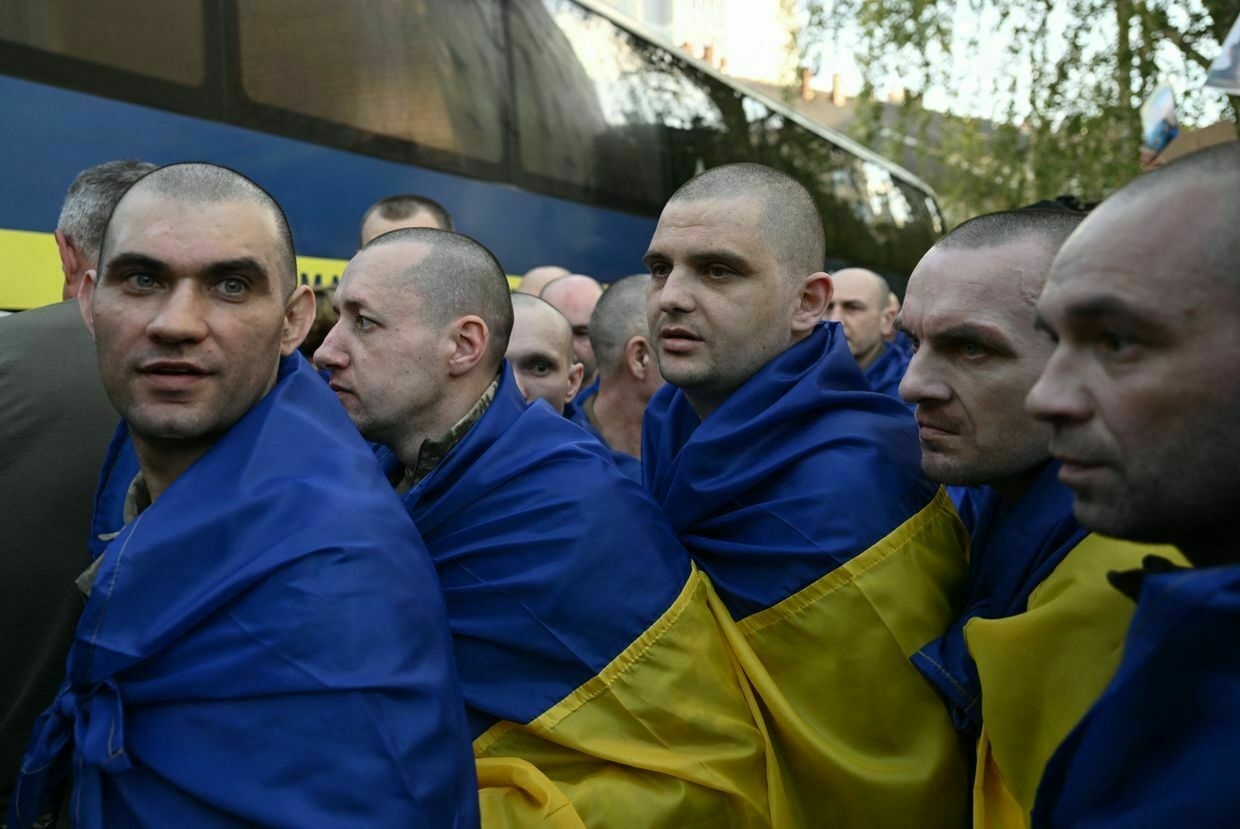
-
'Let's not be naive' — Rutte urges NATO to face Russia, China threats, pledges support for Ukraine
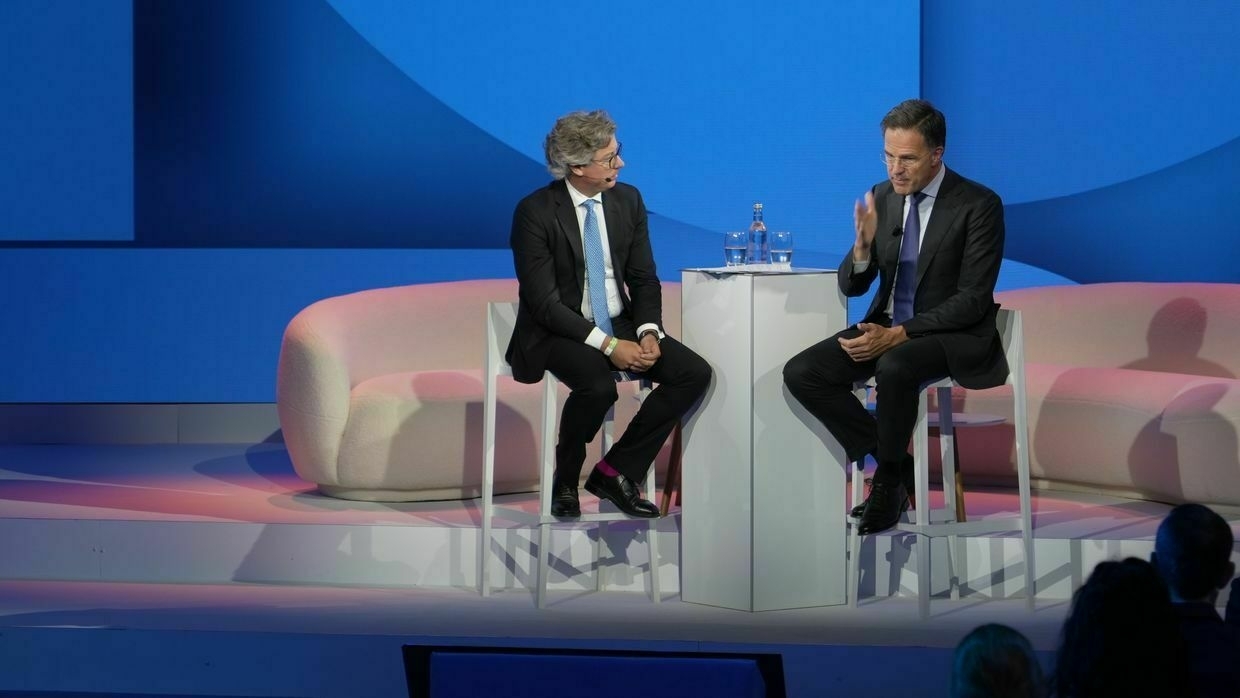
Speaking on the sidelines of the NATO summit in The Hague on June 24, NATO Secretary General Mark Rutte called on alliance members to be realistic about the threats posed by Russia and China, and urging them to stay the course in supporting Ukraine.
“Let’s not be naive,” Rutte said. “You see what China, North Korea and Iran are doing in supporting the war effort of Russia … So this is all interconnected."
Rutte emphasized that while NATO faces multiple global challenges, from the war in Ukraine to tensions in the Middle East and Russian influence in Africa, the alliance must be able to focus on more than one crisis at a time.
“If you can only deal with one issue at a time, you should not be in politics or defense,” he said.
Rutte said NATO’s role is to ensure Ukraine has the military means to stay in the fight until “serious” peace negotiations begin.
“We have to make sure that Ukraine is in the strongest possible position when real talks start,” he said. “I’m not talking about these talks led by some Russian historian (Vladimir Medinsky) who wants to go back 1,000 years… That’s not serious business.”
The talks he referenced, led by Russian presidential aide Vladimir Medinsky and held in Istanbul in May-June, have yielded prisoner exchange agreements but no progress toward a ceasefire or settlement. Ukraine has offered a comprehensive roadmap, but Rutte said Russia had not come to the table with serious intent.
’100 days of Russian manipulations’ — Ukraine blasts Moscow over disregarding US ceasefire effortA hundred days since the U.S. and Ukraine agreed on a ceasefire, “Russia continues to choose war,” Foreign Minister Andrii Sybiha said on June 19, urging international pressure to push Moscow toward peace.The Kyiv IndependentMartin Fornusek
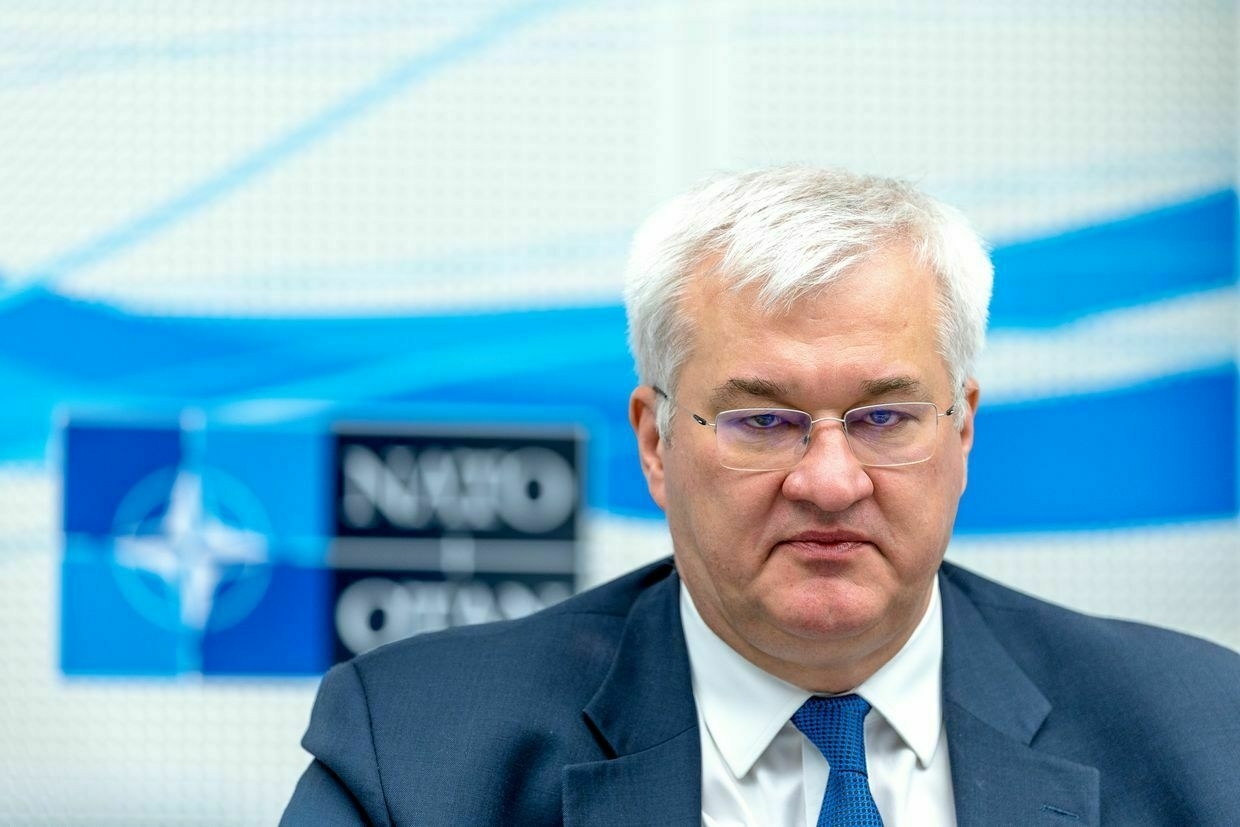
Instead, Russia continues to reject U.S. proposed comprehensive ceasefire, and insists on its longstanding maximalist demands.
“When the time comes for serious talks, we must ensure any long-term ceasefire or peace deal is durable — so that (Russian President) Vladimir Putin will never again try to seize even one square kilometer of Ukrainian territory,” Rutte said.
Rutte also stressed that Ukraine is evolving from a security consumer into a security producer. He noted that the country’s “largely untapped” defense industrial base, with a potential value of up to $35 billion, is increasingly attracting European investment.
“Ukraine has one of the largest defense industries in Europe,” Rutte said, adding that many countries, including Norway, Denmark, and Lithuania, are now investing in it. “That helps Ukraine, and it helps us.”
Responding to concerns over Europe’s reliance on the United States, Rutte said NATO must stop “worrying so much” about U.S. commitment and instead ramp up its own military capabilities.
“There is total commitment by the U.S. President and U.S. senior leadership,” Rutte said, dismissing doubts about Washington’s future role in NATO. “However, it comes with an expectation that we will finally deal with this huge bubbling issue, which is that we are not spending enough as Europeans and Canadians."
Rutte strongly backed the alliance’s new 5% GDP defense investment benchmark, saying increased spending must translate into ammunition stockpiles, troop recruitment, and industrial output. “The Russians are producing in three months what NATO produces in a year,” he said.
Earlier, U.S. President Donald Trump accused NATO members of underfunding their militaries, pushing for raising defense spending benchmark to 5% of GDP.
In 2024, only 23 alliance members met the 2% target, according to NATO estimates. Poland was ahead of all members with 4.12% of GDP allocated to defense, followed by Estonia (3.43%) and the U.S. (3.38%).
‘If we don’t help Ukraine further, we should start learning Russian,’ EU diplomacy chief saysTop EU diplomat Kaja Kallas cited a sharp increase in Russia’s military spending, noting that Moscow is now allocating more money to defense than the EU combined, and more than its own health care, education, and social policies put together.The Kyiv IndependentAnna Fratsyvir
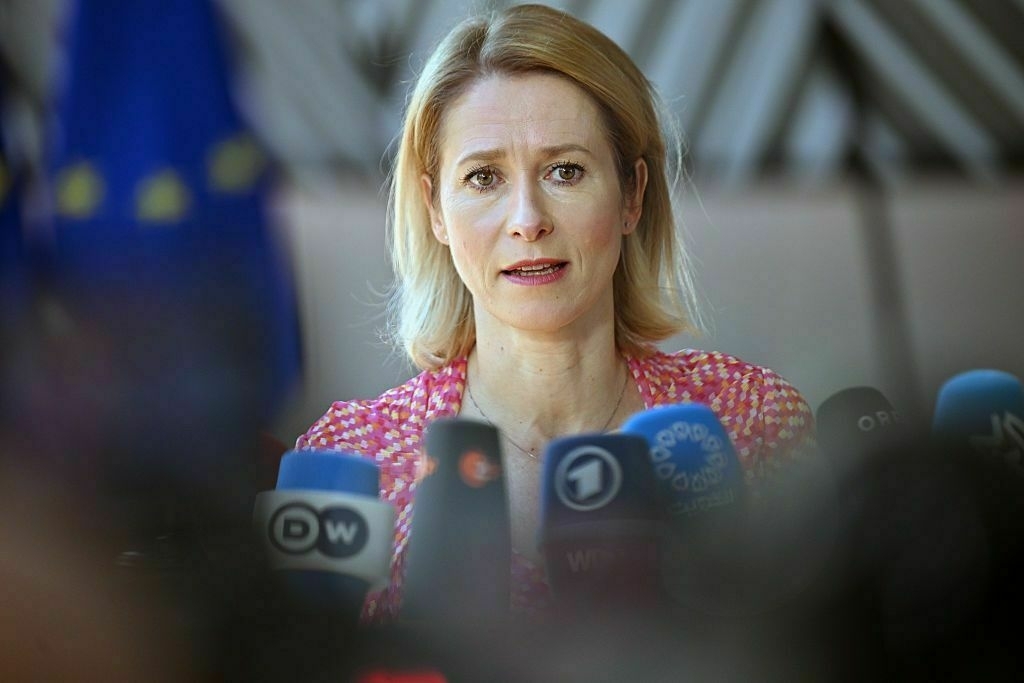
-
Israel accuses Iran of violating ceasefire hours after Trump announcement
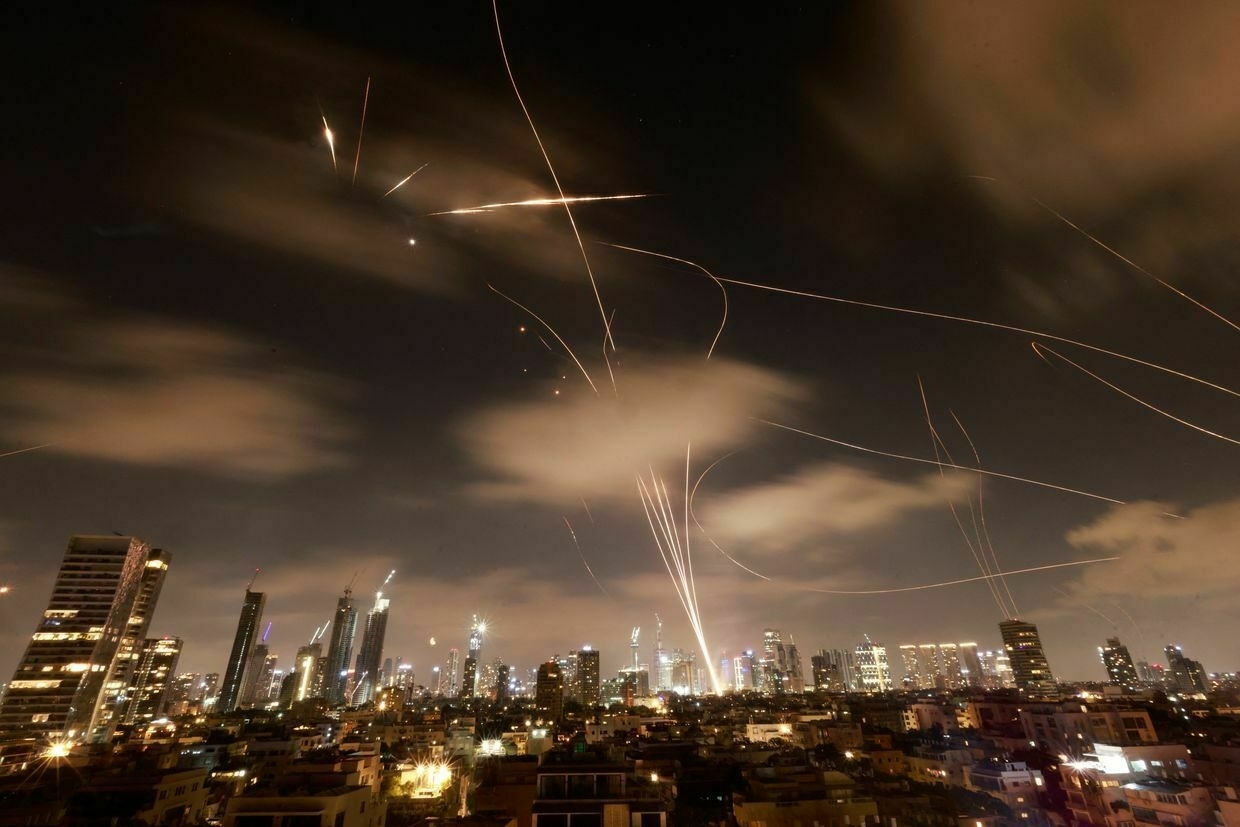
Iran launched missiles toward Israel on June 24, just hours after U.S. President Donald Trump announced a ceasefire between the two countries had come into effect, the Israeli military said. Iran denied the accusation.
“A short while ago, sirens sounded in northern Israel following the identification of missiles launched from Iran toward the State of Israel,” the Israel Defense Forces (IDF) said in a statement.
“At this time, the IAF (Israeli Air Force) is operating to intercept and strike where necessary to eliminate the threat,” the statement read.
Israeli Defense Minister Israel Katz instructed the army to respond forcefully to Iran’s ceasefire violation, Reuters reported. Katz said that Israel will continue to strike Iran after the “utter violation” of the ceasefire.
Shortly after Israel’s statement, Iranian state media reported that Tehran denied firing missiles at Israel after the seasefire began.
The reports come after days of escalating hostilities in the Middle East. Early on June 24, Trump declared in a Truth Social post that a ceasefire had begun, writing, “The ceasefire is now in effect. Please do not violate it!"
Israeli Prime Minister Benjamin Netanyahu said on June 24 Israel had agreed to Trump’s ceasefire proposal, claiming that Israel had “achieved its goal of removing the Iranian nuclear and ballistic missile threat,” according to Reuters.
Previously, the U.S. launched airstrikes on Iran’s nuclear facilities in Fordow, Natanz, and Esfahan on June 21. In response, Iran fired missiles at U.S. military bases in the region, including at least 10 targeting Al Udeid Air Base in Qatar and one aimed at a base in Iraq.
The Pentagon confirmed that Iran launched several short- and medium-range missiles at Al Udeid but reported no U.S. casualties. Trump dismissed the attacks as “limited and largely ineffective."
Iran is a key arms supplier to Russia, providing Shahed drones used in attacks on Ukrainian cities and pledging to send ballistic missiles. Israel, while home to a significant Russian-speaking population, has not joined Western sanctions against Moscow.
Ceasefire between Iran and Israel now in effect, Trump says“The ceasefire is now in effect. Please do not violate it!” U.S. President Donald Trump said in a post on Truth Social on June 24.The Kyiv IndependentAnna Fratsyvir
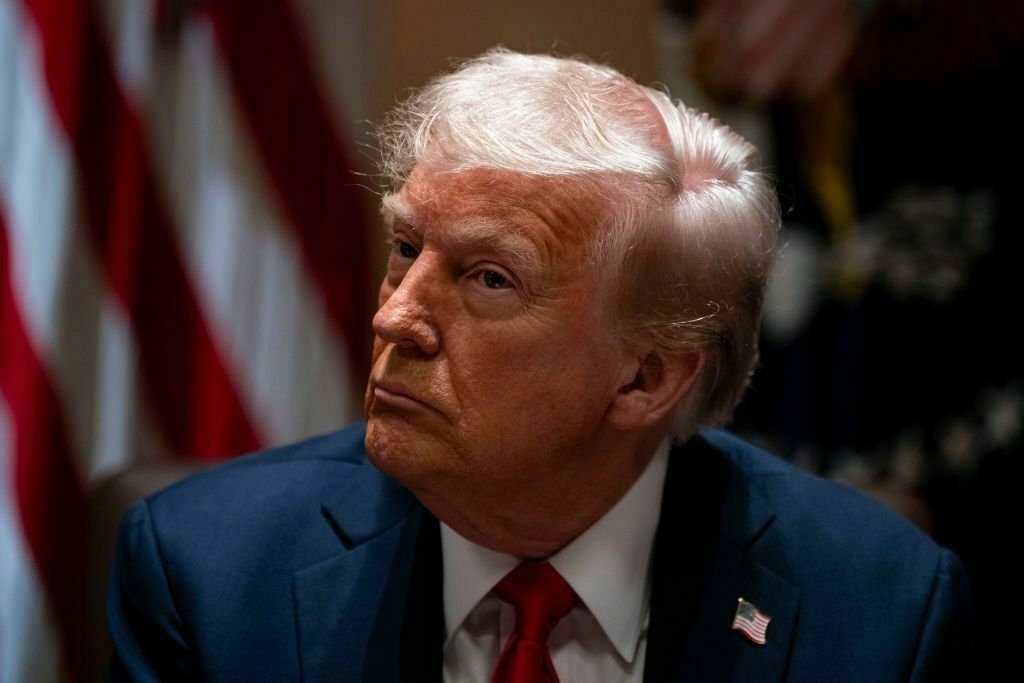
-
Russia remains 'the most significant, direct threat' to NATO, Rutte says ahead of summit
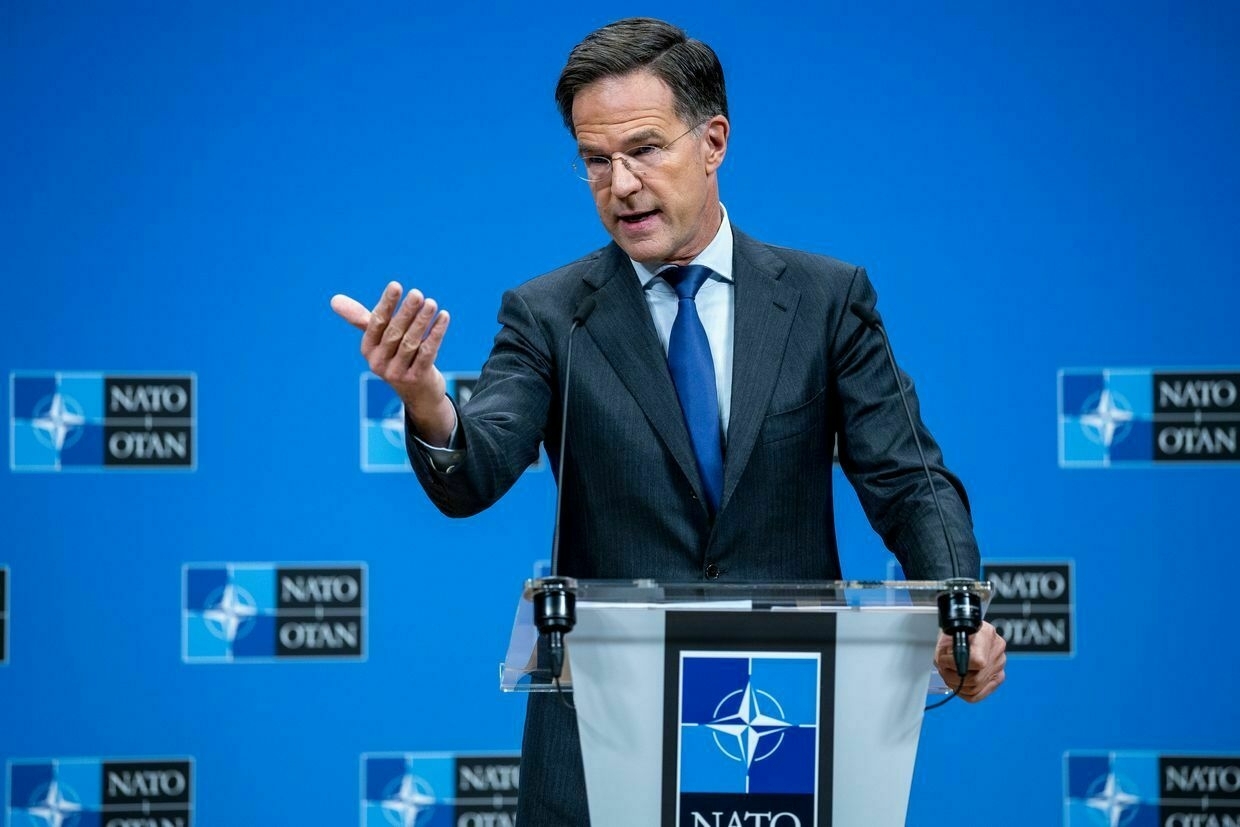
NATO Secretary General Mark Rutte said during a press briefing on June 23 that Russia remains the main threat to the alliance, citing Moscow’s cooperation with China, North Korea, Iran, and Belarus.
“Moscow continues to wage war against Ukraine, with support of North Korea, Iran, and China, as well as Belarus,” Rutte said.
The Secretary General told reporters that the alliance leaders are set to adopt a historic defense investment plan at the summit in The Hague on June 24-25, including a new benchmark of 5% of GDP for defense spending and a strengthened commitment to Ukraine.
“All leaders will take bold decisions to strengthen our collective defense, making NATO a stronger, fairer, and more lethal alliance,” Rutte said at a press conference before the summit. “This is a leap that is ambitious, historic, and fundamental to securing our future.”
Rutte said the plan includes major increases in air defense systems, tanks, armored vehicles, and artillery, a response to the evolving threat landscape, particularly Russia’s war against Ukraine.
“We see Russia’s deadly terror from the skies over Ukraine every day. We must be able to defend ourselves from such attacks,” Rutte added.
The Secretary General warned that NATO must act urgently to prepare for future threats, citing assessments that Russia could rebuild sufficient military capacity to challenge NATO within five years. “Our security environment has changed, and not for the better. The threats we face today demand that we do far more,” he said.
Rutte emphasized that the new defense investment plan will be reviewed in 2029, with annual reporting to ensure credibility.
He stressed that NATO remains committed to supporting Kyiv and reaffirmed the alliance’s long-standing position that “Ukraine’s path to NATO membership is irreversible.” According to Rutte, the allies have pledged over 35 billion euros ($40,6 billions) in military aid to Ukraine for the first half of 2025, up from 20 billion announced earlier this year.
President Volodymyr Zelensky is attending the summit and will hold multiple meetings with NATO leaders. However, NATO’s Ukraine Council will not convene, a decision seen as part of efforts to keep the summit’s focus narrow, a move aimed at appeasing U.S. President Donald Trump, according to Politico.
The summit, shortened to 24 hours, has only one major session on defense spending. European officials cited by Politico said the format was designed to deliver a clear win to Trump, who is expected to tout the 5% spending pledge as a personal success. The U.S. is reportedly exempting itself from the new benchmark.
While recent summits have centered on Russia’s invasion of Ukraine, this year’s joint communique may omit references to the war.
During the briefing, Rutte said that the final communique, agreed by NATO ambassadors, has “important language” about Ukraine, including defense spending up until 2035.
“This is a clear commitment by allies,” Rutte said.
Pro-Russian ‘peace protestors’ set to descend on NATO summitDutch protesters who regularly call for an end to military aid to Ukraine will descend on The Hague next week to protest the upcoming NATO summit, which is set to take place on June 24-25. The group will protest against NATO alongside several other organizations and has urged supporters onThe Kyiv IndependentLinda Hourani
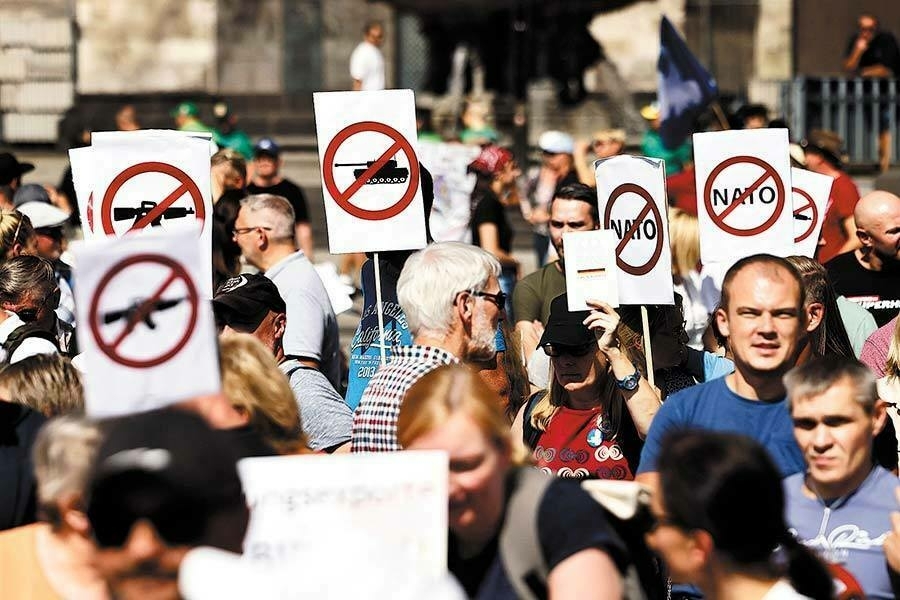
-
Fact Check: Viral Image Does NOT Prove Iranian President Masoud Pezeshkian Resigned As Of June 23, 2025
Did Iranian President Masoud Pezeshkian publicly announce his resignation from office as of June 23, 2025? No, that's not true: As of this writing, no such dispatches appeared on websites of credible news outlets. The website of the Iranian president made no such public announcement.
The claim appeared in a post (archived here) published on X on June 22, 2025. It opened:
lran President Masoud Pezeshkian has resigned.
This is what the post looked like on X at the time of writing:
(Source: X screenshot by Lead Stories)
A reverse image search did not show that the viral image purporting to be an official resignation letter originated from the websites associated with the Iranian government.
Lead Stories checked both English (archived here) and Arabic (archived here) versions of the Iranian president's website, but neither showed a resignation announcement.
Despite the internet blackout (archived here) experienced by Iran's civilian population amid the June 2025 round of escalation between Israel and Iran, the president's website showed updates published on June 22 and June 23, 2025:
(Source: President.ir screenshot by Lead Stories)
As of June 23, 2025, a search for English keywords seen here (archived here) showed no English-language credible media organization reporting the purported news.
A search for the Arabic keywords seen here didn't produce any announcements confirming the supposed event:
(Source: Google screenshot by Lead Stories; the page was automatically translated to English by Chrome)
The website of The Islamic Republic News Agency (IRNA), which is the official government news agency of Iran, was not accessible, as of this writing, but a search across the website of Tehran-based Mehr News Agency, which is owned by a government entity, produced results (archived here) that were consistent with Pezeshkian remaining in office.
Unlike in many other countries, Iran's president (archived here) is the head of the government, and Masoud Pezeshkian has occupied this position since July 2024 (archived here) when he was elected from a small number of candidates vetted by the country's leadership.
The head of state and commander-in-chief (archived here) in Iran, however, has been the same since 1989: Ayatollah Ali Khamenei (archived here).
Khamenei's account on X didn't show a single mention of Masoud Pezeshkian by name in 2025 (archived here).
Read more
Other Lead Stories fact checks concerning the June 2025 conflict between Israel and Iran can be found here.
-
Ceasefire between Iran and Israel now in effect, Trump says
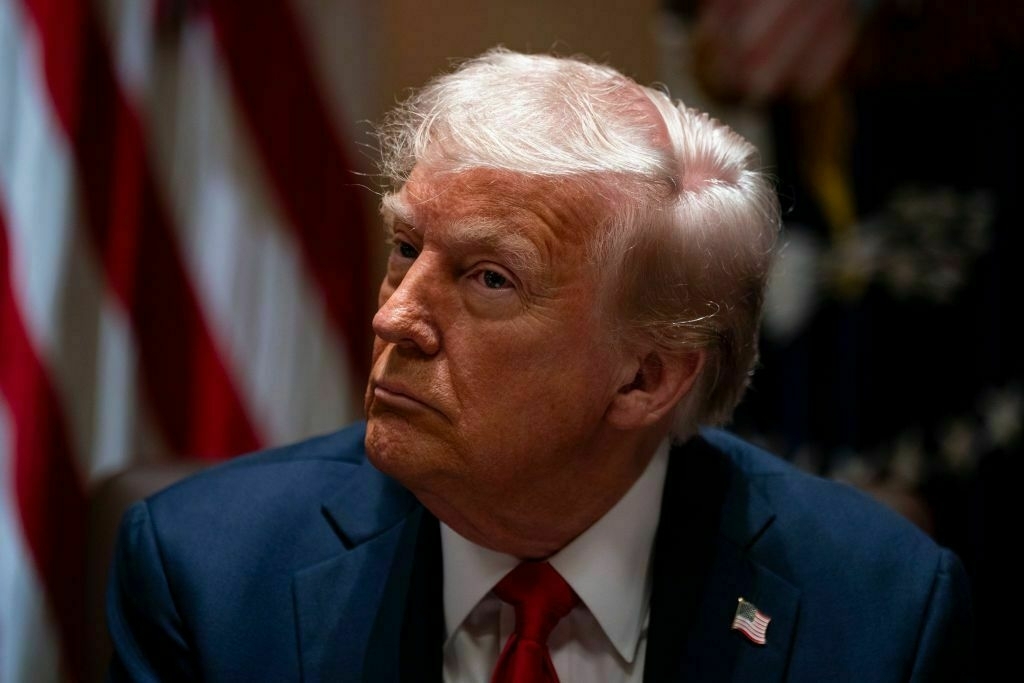
U.S. President Donald Trump announced on June 24 that a ceasefire between Iran and Israel had come into effect, following the U.S. strikes on Iranian nuclear facilities and retaliatory attack on U.S. military base in Qatar.
“The ceasefire is now in effect. Please do not violate it!” Trump said in a post on Truth Social on June 24.
The announcement follows days of intensifying conflict after the U.S. conducted airstrikes on Iranian nuclear facilities on June 21, targeting sites in Fordow, Natanz, and Esfahan.
In response, Iran launched multiple missiles at U.S. military bases in the region, including at least 10 toward the Al Udeid Air Base in Qatar and at least one toward a base in Iraq, Axios reported, citing an Israeli source.
The Pentagon confirmed that Iran fired several short- and medium-range missiles at Al Udeid, but said no American personnel were harmed. Trump downplayed the attack, calling it “limited and largely ineffective."
Israeli Prime Minister Benjamin Netanyahu said on June 24 that Israel has agreed to a U.S.-brokered ceasefire with Iran, thanking Trump for his support in defending Israel and “removing the Iranian nuclear threat,” according to Reuters.
“Israel has achieved its goal of removing the Iranian nuclear and ballistic missile threat,” Netanyahu said in a statement. “Israel thanks President Trump for his support and participation in removing the Iranian nuclear threat."
Iran is a key arms supplier to Russia, providing Shahed drones used in attacks on Ukrainian cities and pledging to send ballistic missiles. Israel, while home to a significant Russian-speaking population, has not joined Western sanctions against Moscow.
Tensions between Iran and Israel had already been rising after Iran launched missile strikes on Tel Aviv and other Israeli cities on June 13, killing multiple civilians, including five Ukrainian nationals. The attack came in retaliation for Israeli military action.
Trump, who has long styled himself as a dealmaker and peacemaker, has come under criticism for his failure to deliver on promises to reach a ceasefire between Russia and Ukraine. During his electoral campaign, he pledged to end the war between Russia and Ukraine within 24 hours of taking office. More than 100 days after Ukraine accepted a U.S.-backed proposal for a ceasefire, no progress has been made.
“It has been exactly 100 days since Ukraine unconditionally accepted the U.S. peace proposal to completely cease fire, put an end to the killing, and move forward with a genuine peace process,” Ukrainian Foreign Minister Andrii Sybiha said on June 19. “Russia continues to choose war."
Ukraine backed the proposal during talks in Jeddah on March 11, agreeing to a 30-day unconditional ceasefire. Russia has rejected the offer, continuing its assault on Ukrainian cities and pushing for maximalist demands.
“It is time to act now and force Russia to peace,” Sybiha said. “Peace through strength, increased sanctions, and enhanced capabilities for Ukraine."
After 40 months of waging full-scale war on Ukraine, Putin condemns ‘unprovoked aggression against Iran’Since Russia launched its full-scale invasion of Ukraine, Moscow has killed tens of thousands of Ukrainian civilians, and the true extent of the death toll is simply not known.The Kyiv IndependentThe Kyiv Independent news desk
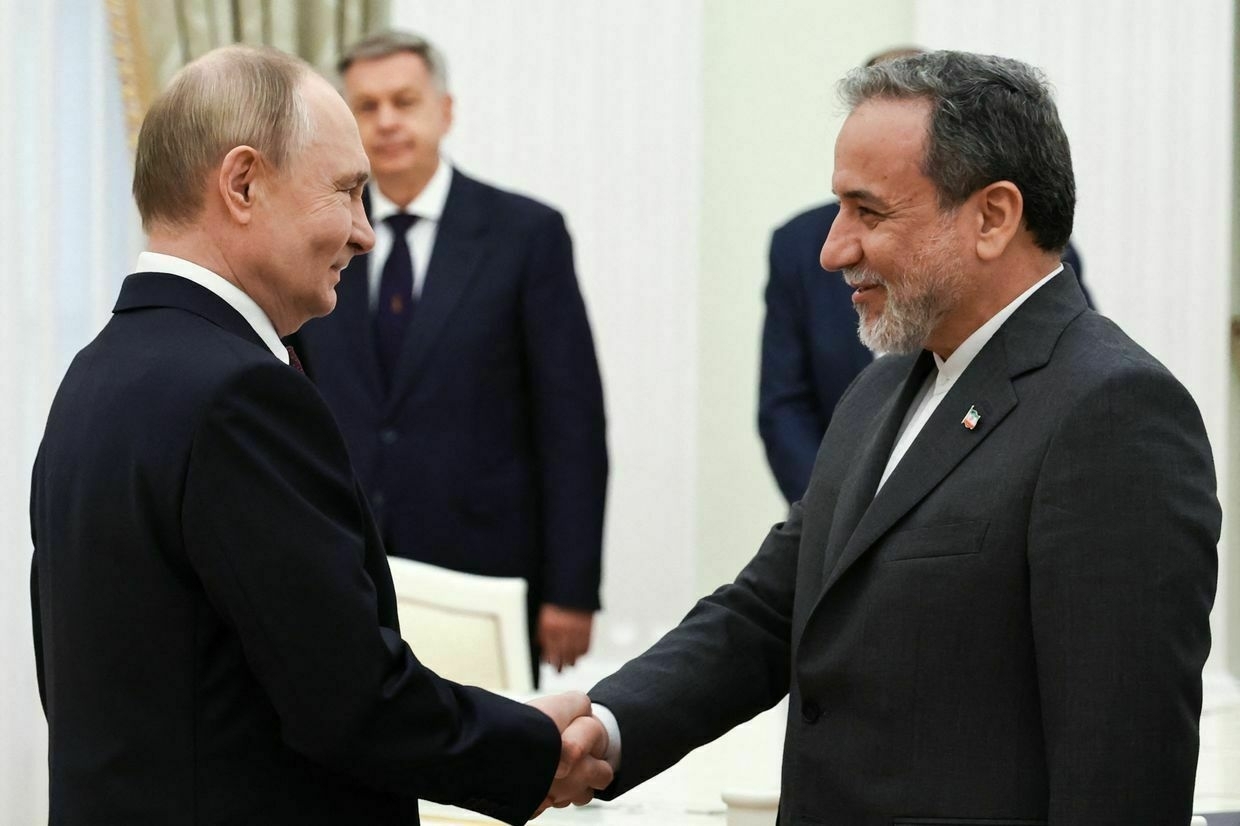
-
General Staff: Russia has lost 1,013,700 troops in Ukraine since Feb. 24, 2022
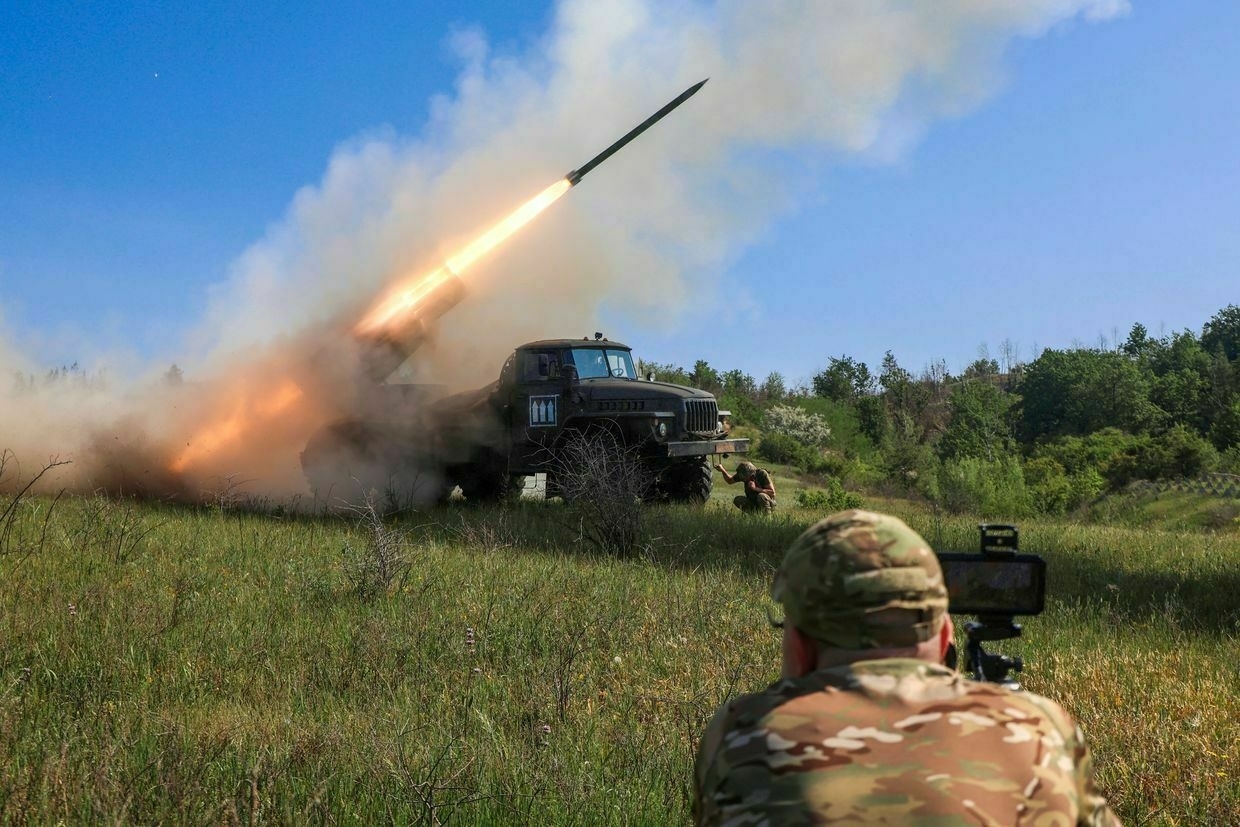
Russia has lost 1,013,700 troops in Ukraine since the beginning of its full-scale invasion on Feb. 24, 2022, the General Staff of Ukraine’s Armed Forces reported on June 24.
The number includes 1,200 casualties that Russian forces suffered just over the past day.
According to the report, Russia has also lost 10,966 tanks, 22,879 armored fighting vehicles, 52,961 vehicles and fuel tanks, 29,511 artillery systems, 1,424 multiple launch rocket systems, 1,188 air defense systems, 416 airplanes, 337 helicopters, 41,915 drones, 3,388 cruise missiles, 28 ships and boats, and one submarine.
Zelensky, Starmer hail ‘massive step forward’ in military cooperationDuring a joint visit to a U.K. military training site for Ukrainian personnel, Prime Minister Keir Starmer said he and Zelensky held “an excellent bilateral meeting” and had agreed to an “industrial military co-production agreement.”The Kyiv IndependentOlena Goncharova
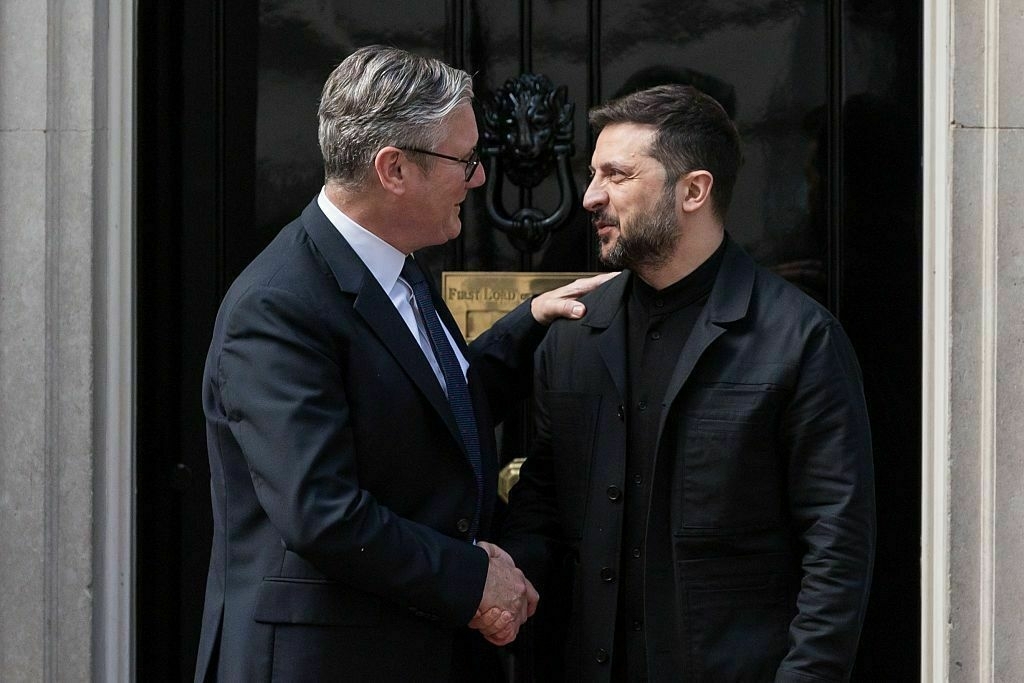
-
Russian strikes kill 4, injure 5 in Kherson Oblast
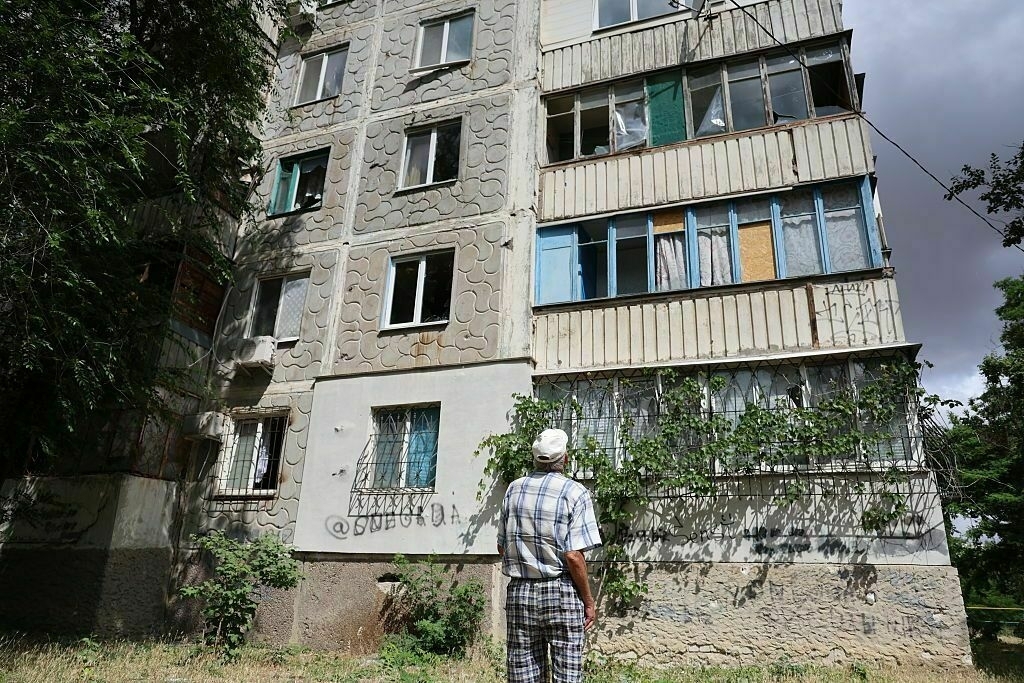
Russian attacks on Kherson Oblast killed four people and injured five others between June 23 and 24, local officials reported.
Russian forces launched drone and artillery strikes on dozens of settlements across the region, Governor Oleksandr Prokudin said on Telegram.
Twenty-nine settlements were affected, including the regional capital, Kherson, which shares the same name as the oblast.
The strikes damaged critical infrastructure and residential areas, including four private houses. A shop and several private vehicles were also reportedly damaged.
Kherson Oblast, located in southern Ukraine just north of Russian-occupied Crimea, has been repeatedly targeted by Russian forces since the start of the full-scale invasion.
Explained: How Ukraine and Russia swap prisoners of warEven after Ukraine cut diplomatic ties with Russia in 2022, prisoner exchanges have continued as one of the few remaining channels of communication between the two countries. Negotiated behind closed doors and carried out irregularly, POW swaps — and the decisions surrounding them — have long been shrouded in secrecy. Controversies haveThe Kyiv IndependentDaria Shulzhenko
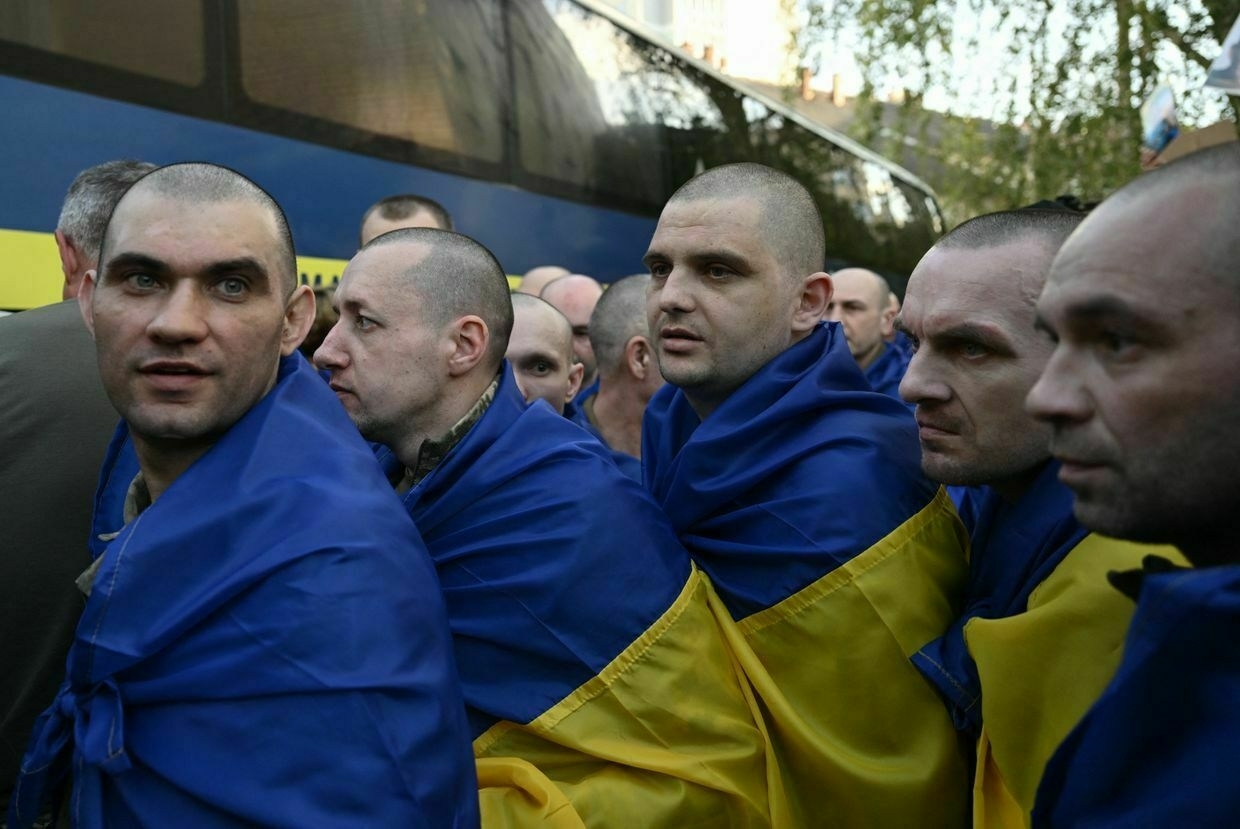
-
Russia drone strikes on Kharkiv injure 3, damage civilian buildings
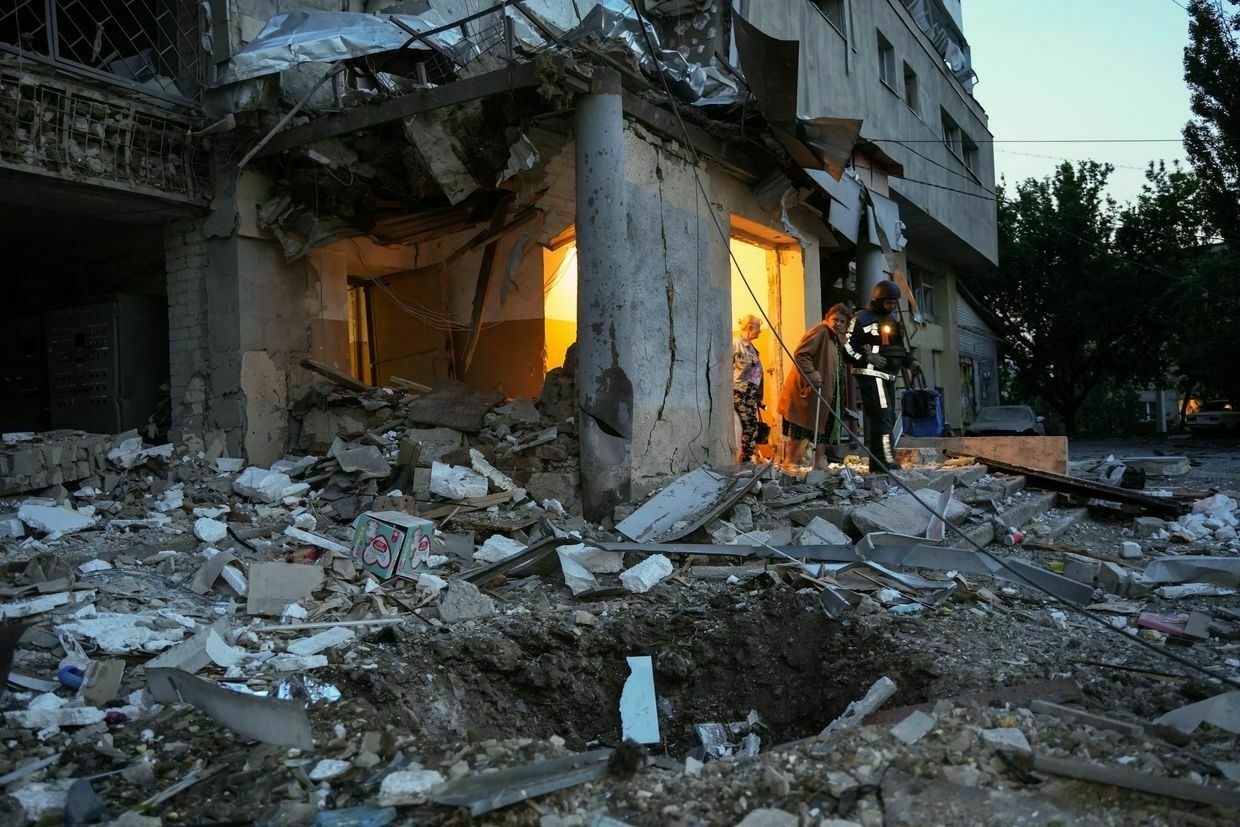
Russian forces launched a drone attack on Kharkiv overnight on June 24, injuring three people and damaging civilian infrastructure, Mayor Ihor Terekhov said.
The first explosions were reported around 2:00 a.m. local time, with three civilian injuries confirmed by 4:00 a.m., according to local officials.
Seven Iranian-made Shahed drones were launched at the city, three of which struck their targets, Terekhov said.
The strikes damaged a civilian enterprise in the Saltivka district and residential buildings in Nemyshlianskyi.
Emergency services responded to the affected sites.
In recent weeks, Moscow has been intensifying attacks against Kharkiv – Ukraine’s second-largest city – which sits just over 20 kilometers (15 miles) from the Russian border.A Russian drone attack against the city overnight on June 12 injured at least 15 people, including children.
‘Moscow is silent’ — Zelensky slams Russia’s hypocrisy over Iran strikes, own mass attack on Ukraine“After the strikes on Iran’s nuclear facilities, there was an uproar from Moscow,” President Volodymyr Zelensky said.The Kyiv IndependentAnna Fratsyvir
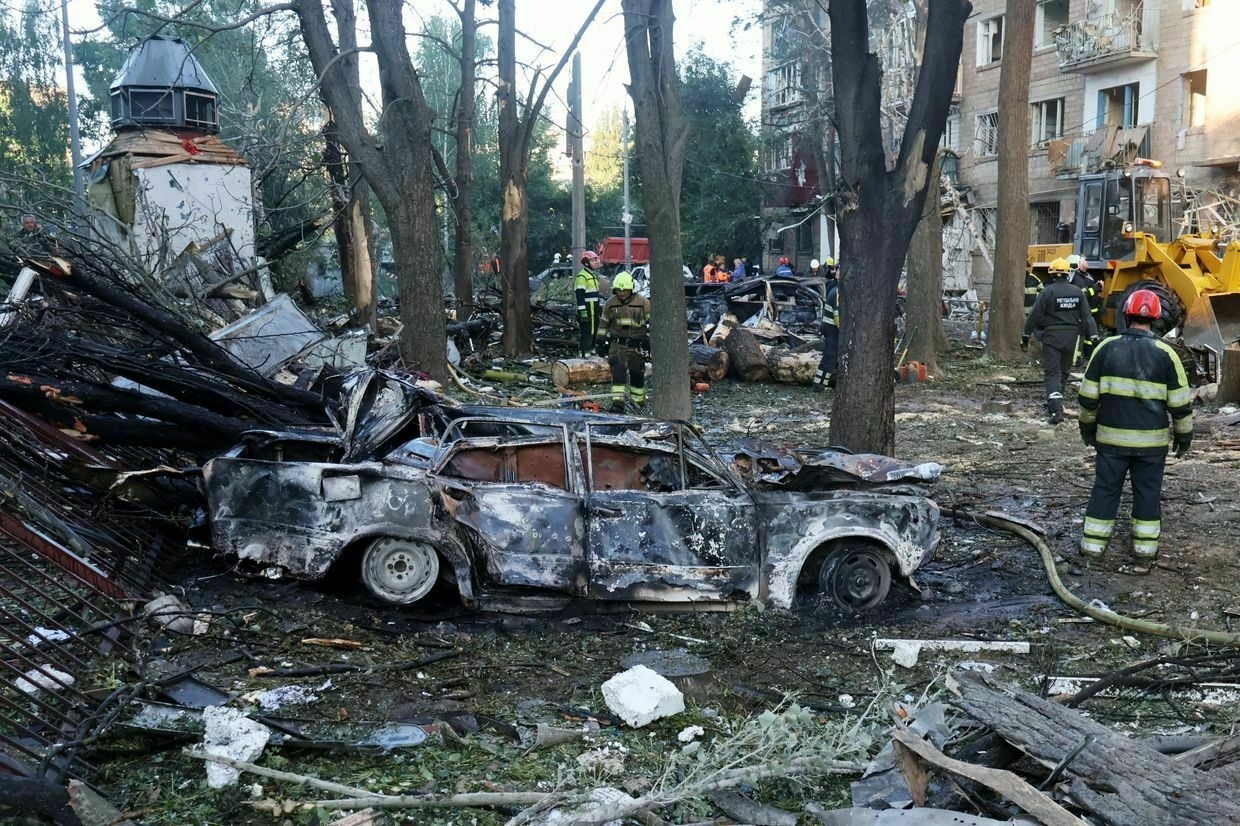
-
Serbia halts all arms exports amid scrutiny over Ukraine

Serbian President Aleksandar Vucic announced on June 23 that Serbia has halted all arms exports, citing national security and economic interests. He denied that the move was a response to mounting criticism over allegations that Serbian munitions have ended up in Ukraine.
Speaking after a meeting with senior military officials, Vucic said that Serbia is only sending ammunition to its own barracks and all exports are suspended, in line with Serbia’s best interests.
Shortly after the announcement, Serbia’s Defense Ministry issued a statement confirming the suspension of all arms and military equipment exports.
Vucic’s decisions comes amid increasing criticism – particularly following claims that Serbian ammunition has been supplied to Ukraine.
In May 2025, Russia’s Foreign Intelligence Service (SVR) accused Belgrade of supplying weapons to Kyiv, despite Serbia’s friendly ties with Moscow and declared neutrality in Russia’s invasion.
According to a 2024 investigation by the Financial Times, Serbian ammunition has made its way to Ukraine through intermediaries, although Belgrade maintains it does not directly arm either side.
Since Russia’s full-scale invasion of Ukraine in 2022, Serbia has attempted to navigate a delicate diplomatic path between Moscow and the West.
In his most recent balancing act, Vucic refused to sign a declaration condemning the invasion – so as not to “betray Russia” – while simultaneously pledging to support Ukraine’s reconstruction.
‘Moscow is silent’ — Zelensky slams Russia’s hypocrisy over Iran strikes, own mass attack on Ukraine“After the strikes on Iran’s nuclear facilities, there was an uproar from Moscow,” President Volodymyr Zelensky said.The Kyiv IndependentAnna Fratsyvir
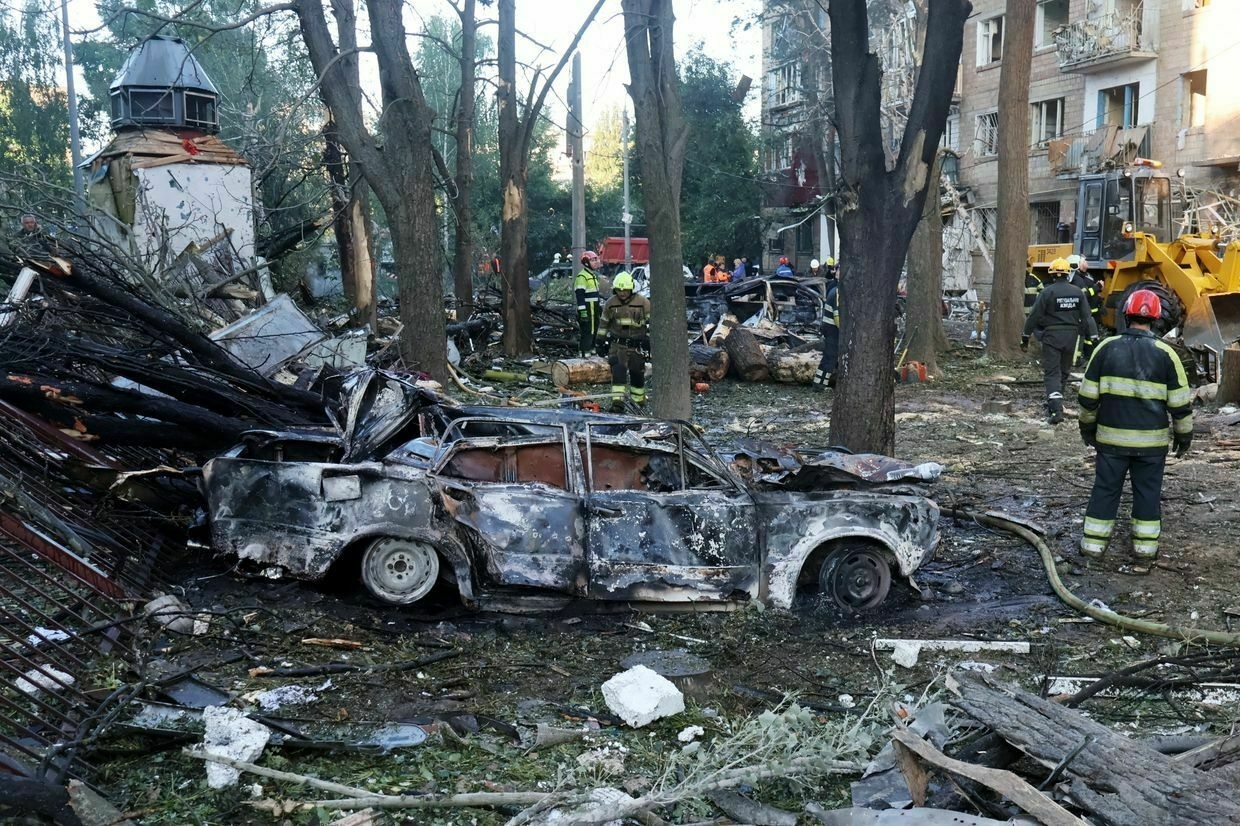
-
Russian attacks on Sumy Oblast kill 3 people, including 8-year-old boy
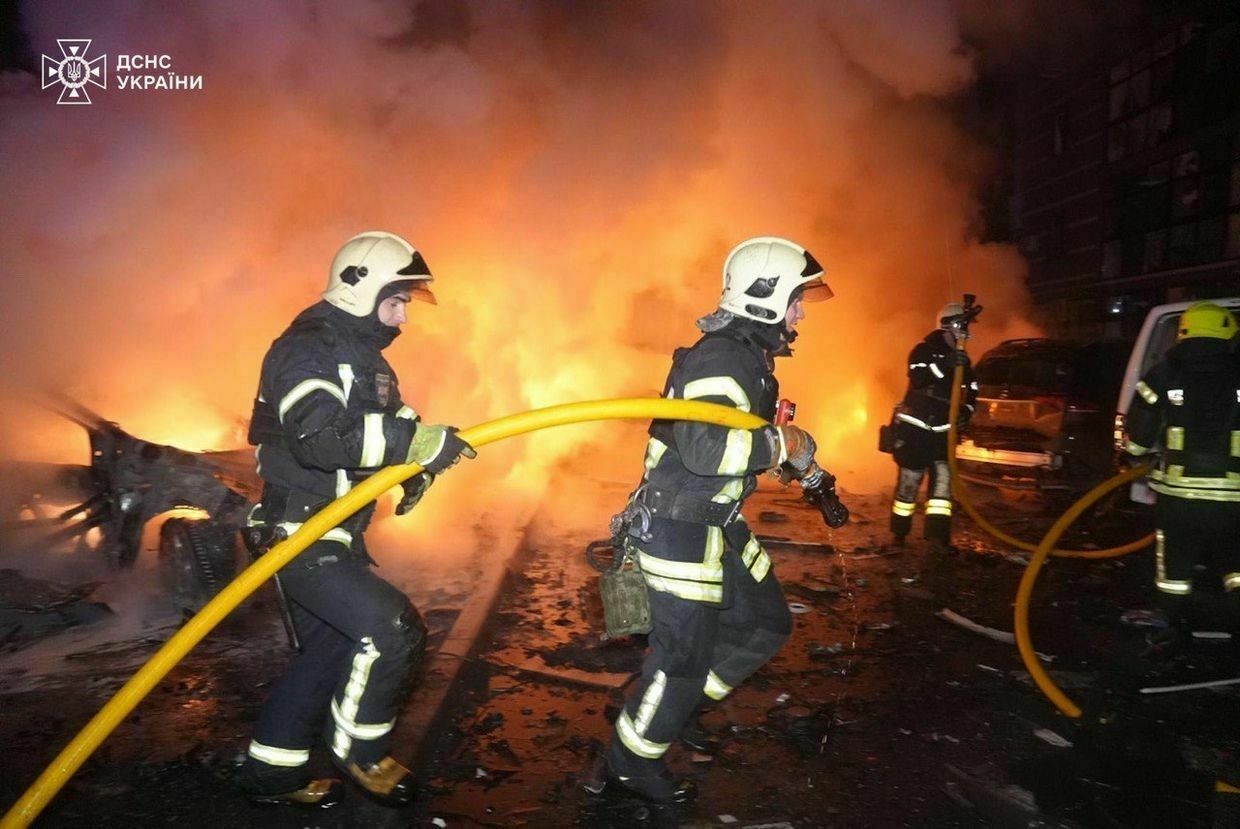
Russian forces launched a drone attack on Sumy Oblast overnight on June 24, killing three people, including an 8-year-old boy, and injuring three others, Governor Oleh Hryhorov reported.
The strike targeted a settlement near Verkhnia Syrovatka around midnight local time, Hryhorov said on Telegram. The victims included an adult man and woman, and the child.
Emergency responders pulled three more people from the rubble. All were hospitalized, with one in serious condition.
The attack damaged and destroyed homes, sparking a fire at the scene. Rescue workers, medics, and emergency services continue to operate at the scene, providing necessary assistance to those affected.
Sumy Oblast, which borders Russia, has faced intensified assaults in recent weeks amid a broader Russian offensive along Ukraine’s northeastern border.
Since March, Russian forces have reportedly captured around 200 square kilometers in the region, prompting evacuations from over 200 settlements.
Ukrainian forces, however, have been reportedly driving Russian troops back amid the continued cross-border attacks.
Ukraine war latest: ‘It was impossible to look at’ — Russian mass missile, drone attack on Kyiv kills at least 9, injures 33Key developments on June 23: * ‘It was impossible to look at’ — Russian mass missile, drone attack on Kyiv kills at least 9, injures 33 * Ukraine strikes Atlas oil depot in Russia’s Rostov Oblast, General Staff says * Ukraine returns bodies of 3 Russian soldiers repatriated as remains of Ukrainians, Interior MinistryThe Kyiv IndependentThe Kyiv Independent news desk
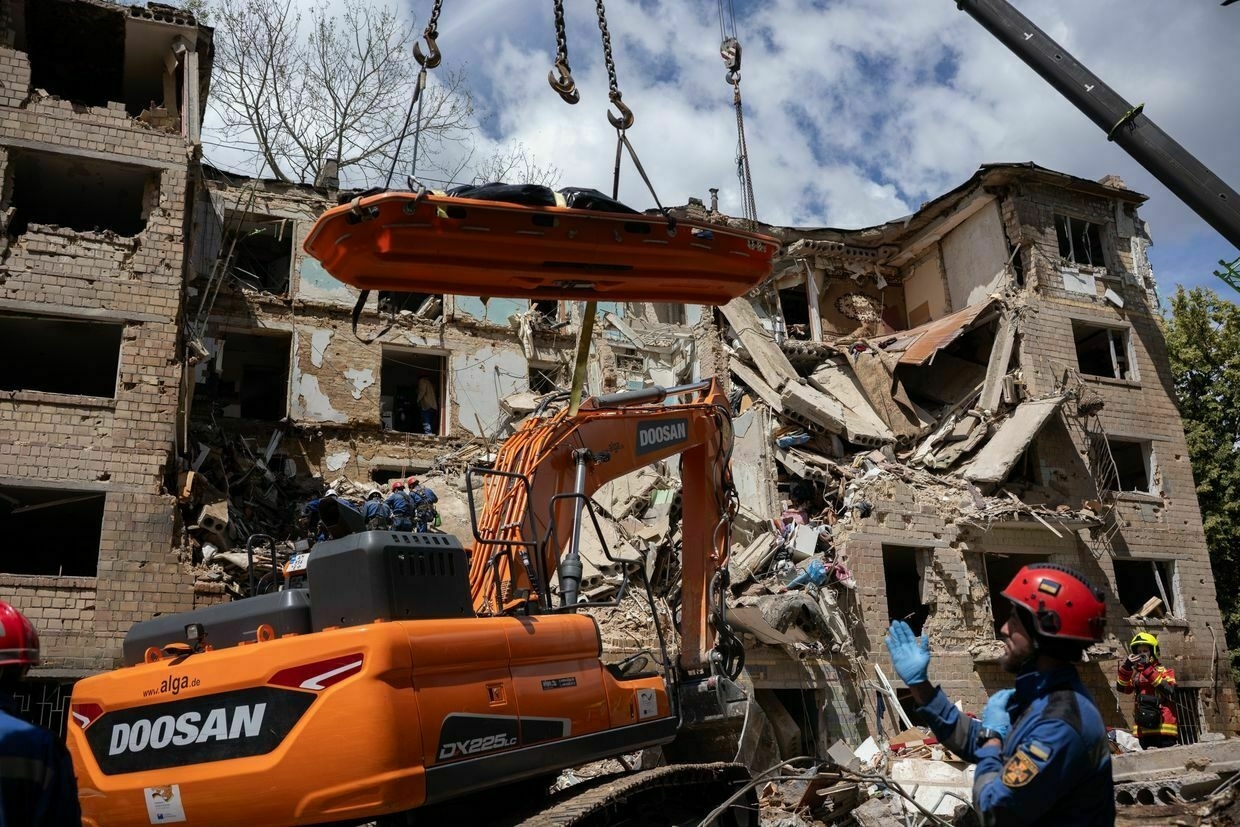
-
Zelensky, Starmer hail 'massive step forward' in military cooperation
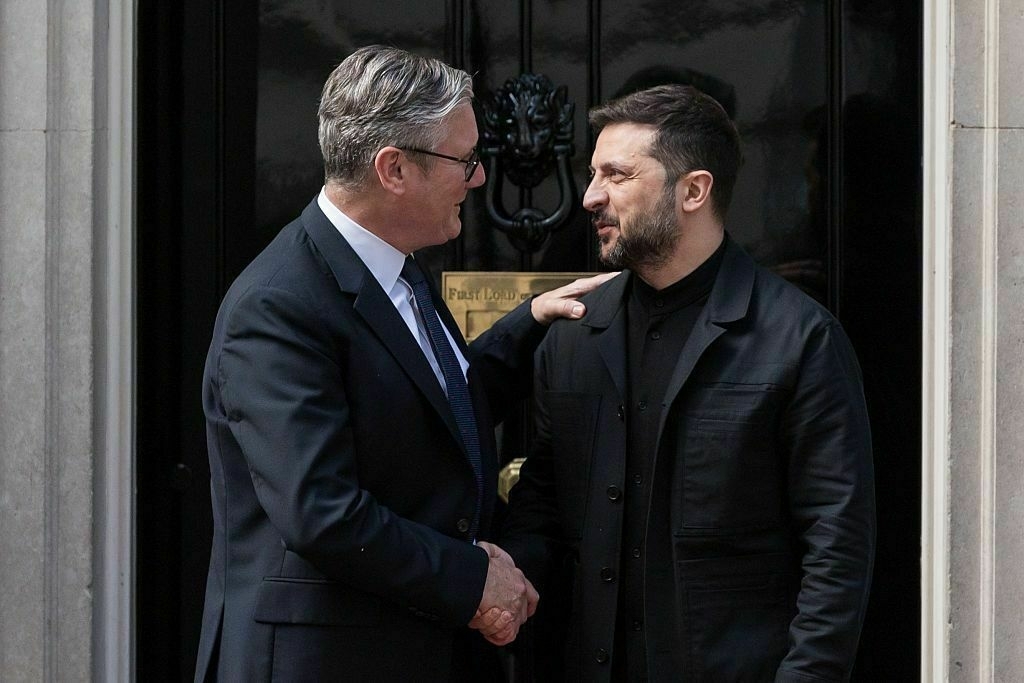
Ukrainian President Volodymyr Zelensky met with U.K. Prime Minister Keir Starmer at Downing Street on June 23, ahead of the NATO summit in The Hague.
Zelensky had earlier paid a visit to King Charles III at Windsor Castle before joining Starmer to discuss continued British support for Ukraine’s defense.
During a joint visit to a U.K. military training site for Ukrainian personnel, Starmer said he and Zelensky held “an excellent bilateral meeting” and had agreed to an “industrial military co-production agreement.” He described the deal as “a massive step forward in the contribution that we can continue to make.” Zelensky added the agreement “will be very strong and will transform both nations,” though specific details were not disclosed.
Addressing Ukrainian troops, Starmer said it was “really humbling” to witness their “level of professionalism, commitment and bravery.” Around 58,000 Ukrainian service members have been trained under the international program based in the U.K.
Zelensky thanked the U.K for its consistent backing since the start of Russia’s full-scale invasion in 2022. “We are very thankful to the UK… for such big support of Ukraine from the very beginning of this war,” he said. He noted that the UK-based training initiative has “strengthened our army” and enabled Ukraine to “survive and fight.”
The visit precedes the NATO summit in The Hague, where allies are set to unveil new defense spending targets. NATO Secretary General Mark Rutte said member states will aim to spend five percent of GDP on defense — a move he called “a quantum leap that is ambitious, historic and fundamental to securing our future.”
Under a compromise deal, members will commit to allocating at least 3.5 percent of GDP to core military expenditures and 1.5 percent to broader security areas such as cybersecurity and infrastructure.
Explained: How Ukraine and Russia swap prisoners of warEven after Ukraine cut diplomatic ties with Russia in 2022, prisoner exchanges have continued as one of the few remaining channels of communication between the two countries. Negotiated behind closed doors and carried out irregularly, POW swaps — and the decisions surrounding them — have long been shrouded in secrecy. Controversies haveThe Kyiv IndependentDaria Shulzhenko
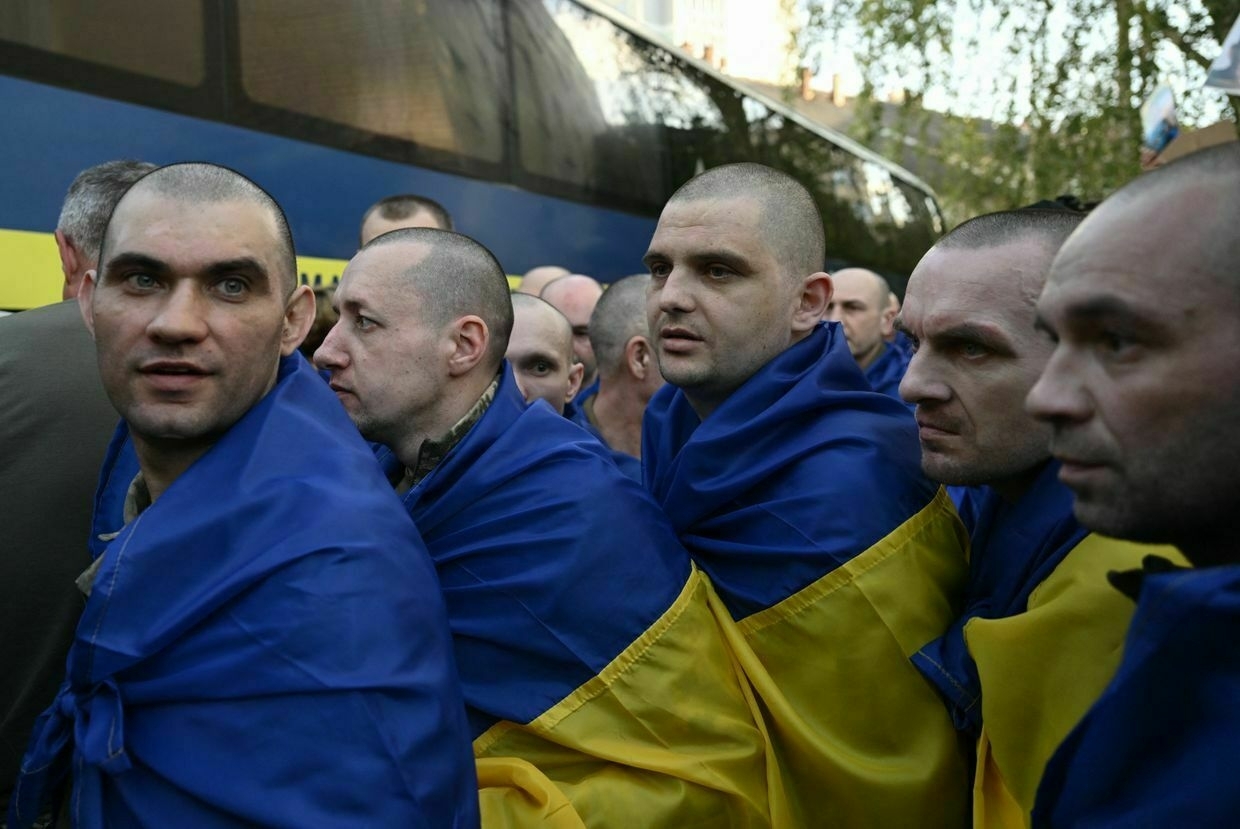
-
Ukraine war latest: 'It was impossible to look at' — Russian mass missile, drone attack on Kyiv kills at least 9, injures 33
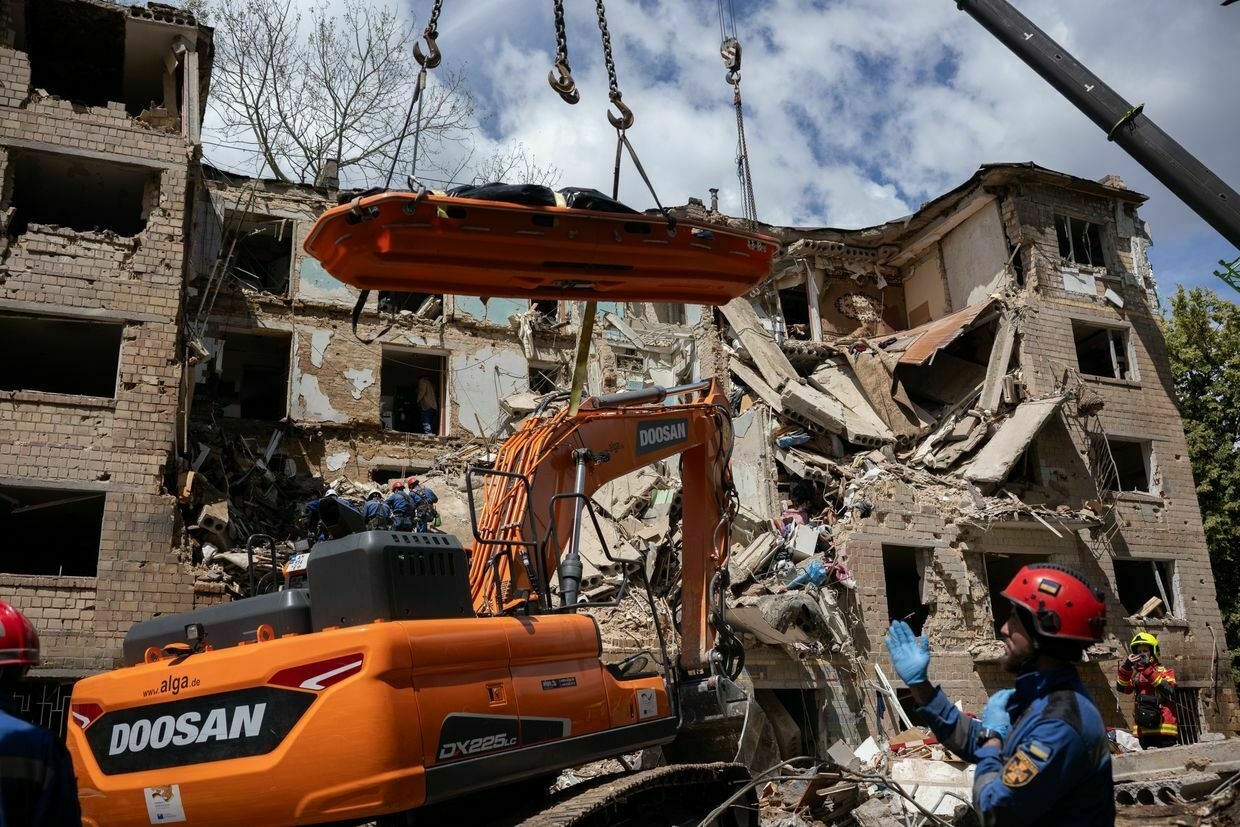
Key developments on June 23:
- ‘It was impossible to look at’ — Russian mass missile, drone attack on Kyiv kills at least 9, injures 33
- Ukraine strikes Atlas oil depot in Russia’s Rostov Oblast, General Staff says
- Ukraine returns bodies of 3 Russian soldiers repatriated as remains of Ukrainians, Interior Ministry says
- Norway’s Kongsberg opens office in Ukraine to co-produce air defense, drones
- After 40 months of waging full-scale war on Ukraine, Putin condemns ‘unprovoked aggression against Iran’
Russia launched a mass missile and drone attack on Kyiv overnight on June 23, killing at least nine people and injuring 33 others, including four children, local officials reported.
Kyiv Independent journalists heard explosions and kamikaze drones flying overhead from around 1 a.m. Louder explosions from ballistic missiles were heard an hour later, with the attack lasting around 3.5 hours in total.
The heaviest damage occurred in the Shevchenkivskyi district of the city, when a five-story building partially collapsed after being hit by a ballistic missile, Ukraine’s military reported. At least nine people died as a result.
An 11-year-old girl was confirmed as the ninth victim of the strike, Tymur Tkachenko, head of the Kyiv City Military Administration, said. Her mother’s body was recovered earlier from the rubble.
0:00/The scene of the damaged building in Shevchenkivskyi district (Vitalii Klitschko/Telegram) Casualties were also reported in other areas around the capital in Kyiv Oblast, including Bucha, a town just northwest of Kyiv.
According to the Ukrainian Air Force, Russia deployed 368 aerial weapons, including 352 attack drones, 11 Iskander-M/KN-23 ballistic missiles, and 5 Iskander-K cruise missiles, striking primarily Kyiv. Ukraine’s air defenses destroyed 354 of them.
President Volodymyr Zelensky condemned the attack, noting that while Moscow had previously criticized strikes on Iran’s nuclear program, it remained silent following its own “cynical” bombardment of Kyiv with Shahed drones and missiles.
The attack on the capital comes just days after Russia launched one of its largest attacks on Kyiv, killing 28 people and injuring 134 others.
Russia’s latest round of large-scale attacks comes as Commander-in-Chief Oleksandr Syrskyi warned on June 21 that Russian forces are attempting to advance along almost the entire front in eastern Ukraine while trying to establish a buffer zone in northeastern Sumy Oblast.
Explained: How Ukraine and Russia swap prisoners of warEven after Ukraine cut diplomatic ties with Russia in 2022, prisoner exchanges have continued as one of the few remaining channels of communication between the two countries. Negotiated behind closed doors and carried out irregularly, POW swaps — and the decisions surrounding them — have long been shrouded in secrecy. Controversies haveThe Kyiv IndependentDaria Shulzhenko
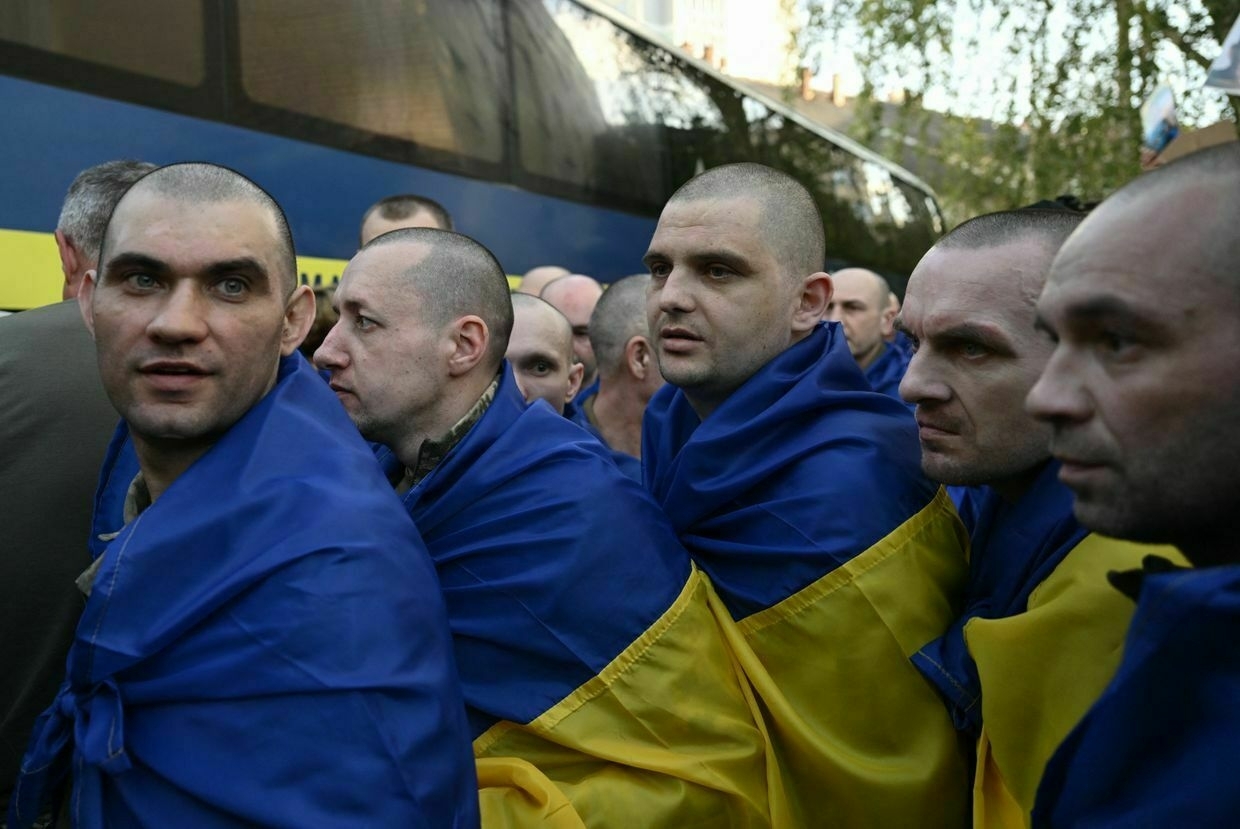
Ukraine strikes Atlas oil depot in Russia’s Rostov Oblast, General Staff saysUkraine’s Armed Forces struck the Atlas oil depot in Russia’s Rostov Oblast overnight on June 23, the General Staff reported.
The attack ignited a fire at the site, with Ukrainian forces saying the strike had reached its intended target. The facility supplies fuel and lubricants to Russian military units.
Yuri Slyusar, the acting governor of Rostov Oblast, confirmed that a fire occurred at an industrial facility after the attack. He added that no one was injured.
The full extent of the damage is still being assessed, according to the military.
Located near the Azov Sea and bordering Ukraine, Rostov Oblast plays a crucial logistical role for Russia’s war effort due to its proximity to front-line operations. The same depot was previously targeted in November 2024.
“The defense forces continue to take all measures to undermine the military and economic potential of the Russian occupiers and force the Russian Federation to stop its armed aggression against Ukraine,” the General Staff said.
The strike is part of Ukraine’s broader campaign aimed at disrupting Russian supply chains and degrading its capacity to sustain the full-scale invasion.
Fuel depots, rail infrastructure, and ammunition stockpiles inside Russia and occupied territories have increasingly become targets for long-range drone and missile strikes.
Exclusive: Ukrainian deputy prime minister suspected of corruption says he won’t step downUkrainian minister and deputy Prime Minister Oleksii Chernyshov has been formally named a suspect in a high-profile illegal land grab case, becoming the highest-ranking official in Ukrainian history to face such charges.The Kyiv IndependentDominic Culverwell
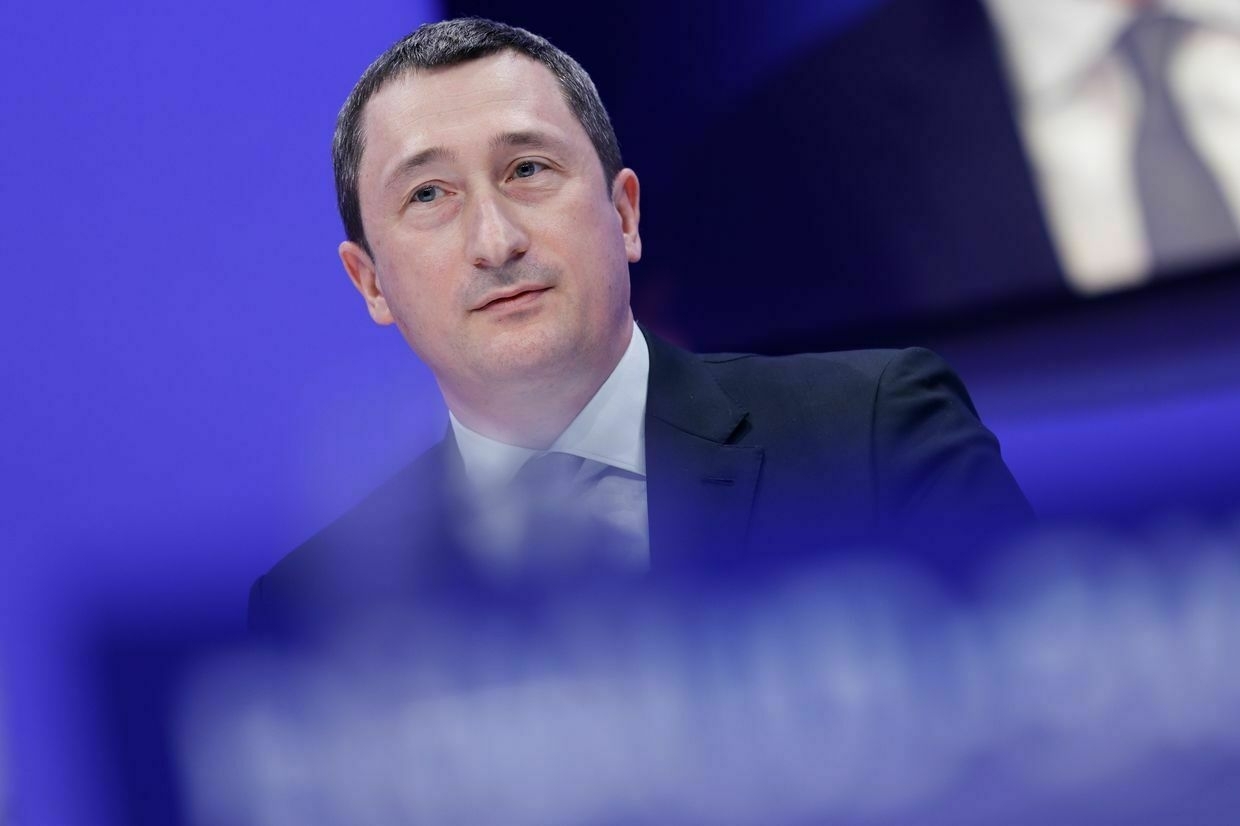
Ukraine returns bodies of 3 Russian soldiers repatriated as remains of Ukrainians, Interior Ministry saysUkraine has returned the remains of three Russians who were handed over to Kyiv as part of an exchange of fallen soldiers' bodies, Interior Minister Ihor Klymenko told Interfax Ukraine on June 23.
Ukraine has said the practice of passing off the bodies of Russian soldiers as Ukrainian is part of an attempt to obscure the scale of its military losses from the Russian public, and at least 20 such incidents have been recorded during recent repatriations conducted under the Istanbul agreements.
Russia did not comment on the discovery made by the Ukrainian side, while Klymenko said during a press conference on June 23 that it could be done to “sow chaos” during the identification of the soldiers' bodies.
Personal badges, chevrons, documents, military uniforms elements, and footwear typical of the Russian Armed Forces were found during the bodies' examination, transferred by Russia to Ukraine, Ukraine’s Interior Ministry said.
According to Klymenko, the bodies were transferred to Russia after confirmation that they belonged to Russians. The other 17 bodies have not yet been handed over to Moscow, as examinations continue.
“We are waiting for the DNA of relatives. Therefore, we want the relatives (of Russians) to submit their DNA so that we can confirm,” Klymenko told Interfax Ukraine. “I gave an order to prohibit the release of these bodies to the Russians until there is a 100% confirmation."
The Interior Ministry’s experts conduct up to 10,000 examinations per month to identify individuals, and one fragment of remains can be examined up to five times, Klymenko said.
“The bodies of our heroes come back extremely mutilated. There are objective reasons for this, such as an ongoing war and widespread use of weapons. At the same time, we have recorded cases when the remains of one person were returned during different stages of repatriation, which complicates our work,” Klymenko said.
The June 2 negotiations in Istanbul resulted in the most expansive prisoner and body exchange agreement of the full-scale war, although no ceasefire was reached.
Ukraine received a total of 6,057 bodies of its fallen soldiers as part of the phased exchange. Russia, according to Kremlin aide and negotiator Vladimir Medinsky, took back 78.
Explaining the difference between the two numbers, President Volodymyr Zelensky on June 20 said that the bodies of the vast majority of Russian soldiers currently killed on the battlefield remain in Russian hands.
“They were advancing, and their dead remained in the territory where they were,” he said.
Russia accused Kyiv on June 7 of rejecting a proposed body return, publishing footage allegedly showing Ukrainian corpses stored in refrigeration units. Ukraine dismissed the claims, saying the footage was filmed on Russian territory, not at a designated handover site.
Kyiv has consistently called for an “all-for-all” exchange of prisoners of war, but Moscow has so far refused to agree to a comprehensive swap.
Russia seeks to advance along almost entire eastern front, Ukraine holding ground in Kursk Oblast, Syrskyi saysAs of mid-June, Ukrainian defenders are fighting close to 695,000 Russian troops in Ukraine across a 1,200-kilometer (750-mile) front, Commander-in-Chief Oleksandr Syrskyi said.The Kyiv IndependentMartin Fornusek
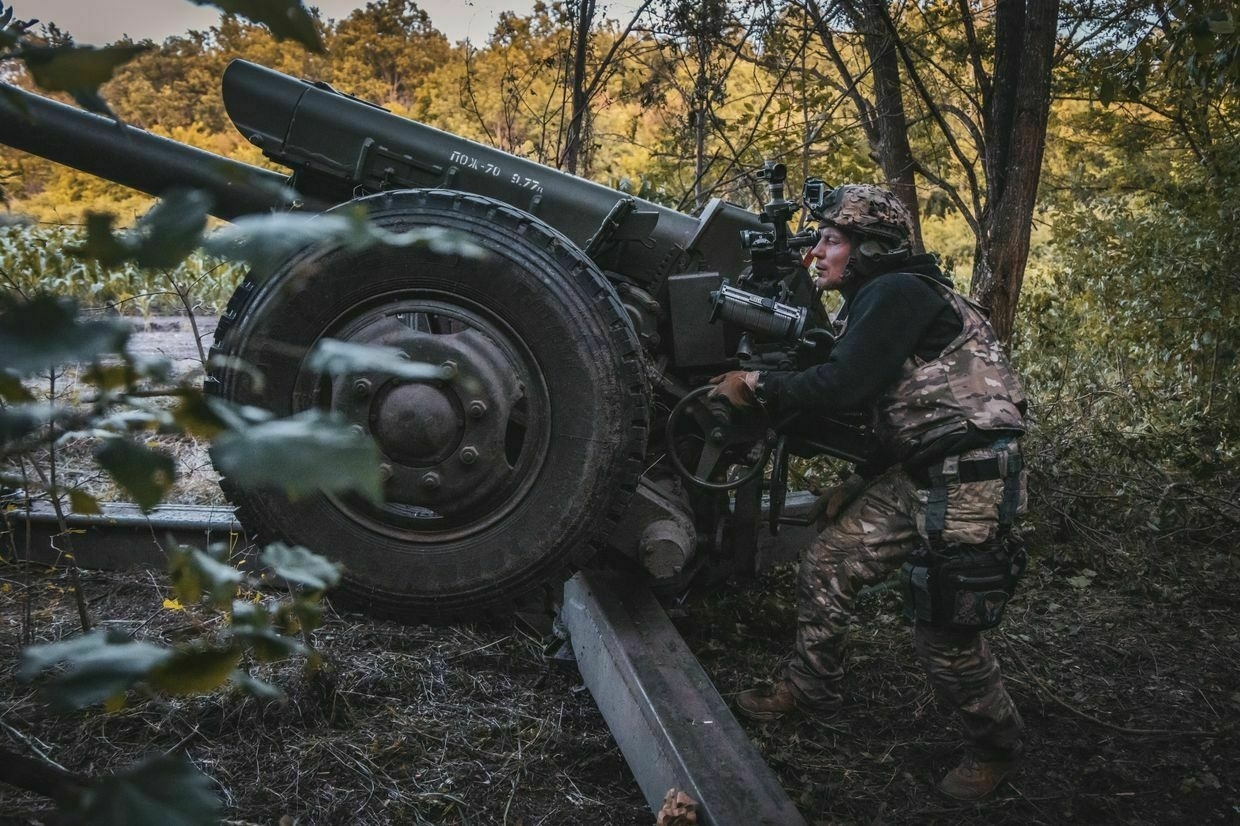
Norway to invest $400 million in Ukraine’s drone, air defense missile productionNorway will invest $400 million in Ukraine’s defense industry to support drone and air defense missile production, President Volodymyr Zelensky said in his nightly address on June 22.
The announcement followed a visit to Ukraine by Norwegian Defense Minister Tore Onshuus Sandvik.
“Today, Norway’s defense minister visited Ukraine. A decision has been reached to invest $400 million in our production – new funding, primarily for drones,” Zelensky said.
Zelensky added that the two countries are also working together to establish joint air defense production inside Ukraine.
“We are working together to create all the necessary conditions to produce air defense systems in Ukraine — jointly with partners, jointly with Norway,” Zelensky said.
He added that Norway’s largest defense company – Kongsberg Defence & Aerospace – has already opened an office in Ukraine as part of the cooperation.
“We are expediting all processes to the maximum extent,” Zelensky said.
On X, Norway’s defense ministry confirmed that Kongsberg has signed agreement with a major Ukrainian company to jointly develop and produce missiles for air defense systems in Ukraine.
The collaboration will focus on producing missiles for the National Advanced Surface-to-Air Missile System, or NASAMS.
“The Norwegian NASAMS system saves lives in Ukraine every day, and is crucial in protecting critical infrastructure. That is why it is important for the Norwegian Government to finance this development of cheaper missiles for the NASAMS system in Ukraine,” said Minister Sandvik.
The announcement marks deepening ties between Kyiv and Oslo as Ukraine seeks to expand its domestic defense industry amid Russia’s ongoing full-scale invasion and reduced military aid from the United States.
Ukraine has evidence Russia prepares military operations in Europe, Zelensky says“We are observing a continued intellectual decline within the Russian leadership and have evidence that they are preparing new military operations on European territory,” President Volodymyr Zelensky said.The Kyiv IndependentNatalia Yermak
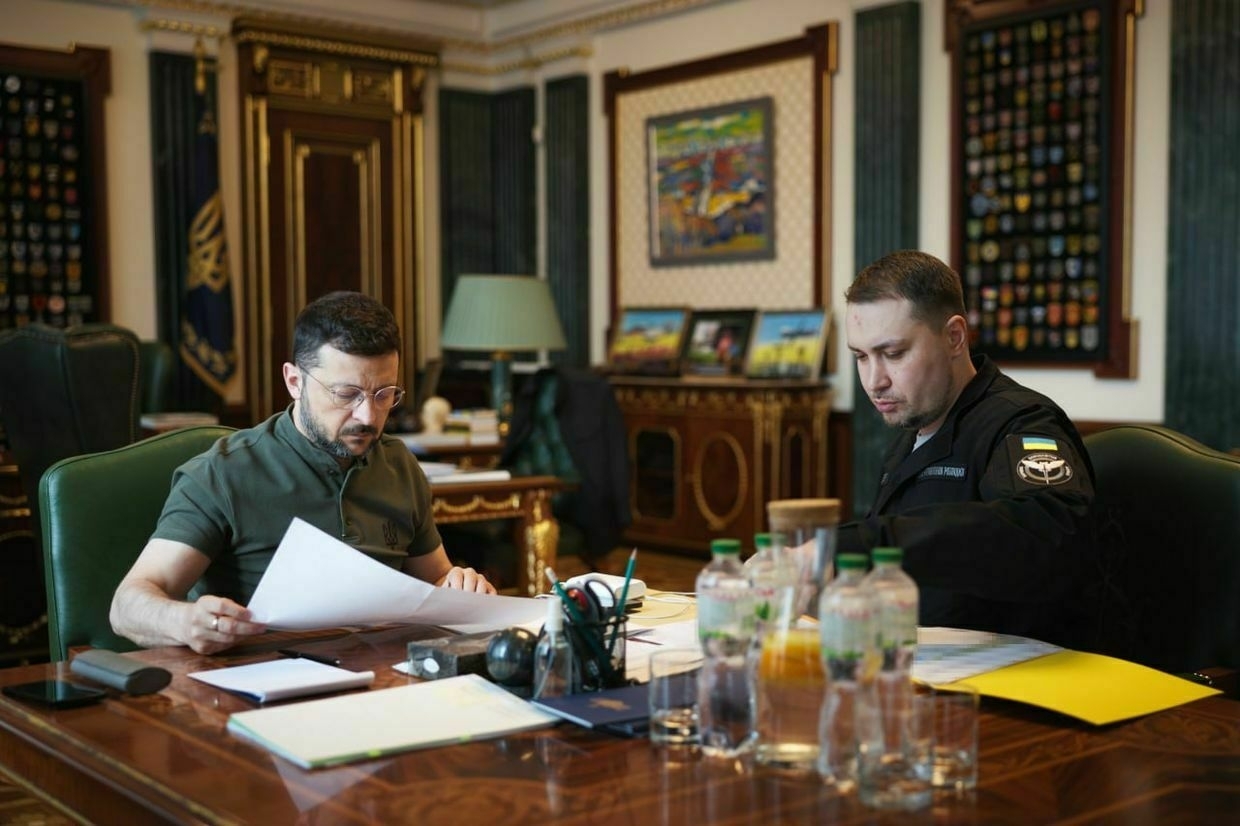
After 40 months of waging full-scale war on Ukraine, Putin condemns ‘unprovoked aggression against Iran’Russian President Vladimir Putin has condemned U.S. strikes on Iran as “completely unprovoked aggression,” more than three years into his completely unprovoked full-scale invasion of Ukraine.
Putin made the comments at the Kremlin during a meeting with Iran’s Foreign Minister Abbas Araghchi on June 23, after U.S. President Donald Trump’s announcement of successful air strikes on three nuclear facilities in Iran, Fordow, Natanz, and Esfahan, conducted in coordination with Israel over the weekend.
“The completely unprovoked aggression against Iran has no basis and no justification,” Putin said, adding that Russia “is making efforts to provide assistance to the Iranian people."
Since Russia launched its full-scale invasion of Ukraine, Moscow has killed tens of thousands of Ukrainian civilians, and the true extent of the death toll is simply not known.
Russia’s full-scale invasion of Ukraine was a clear and direct violation of both international law and the UN Charter.
Earlier on June 23, President Volodymyr Zelensky on highlighted Russia’s hypocrisy for describing U.S. strikes on Iran as “grossly violating international law” just hours before launching yet another deadly mass missile and drone strike on Ukraine.
“After the strikes on Iran’s nuclear facilities, there was an uproar from Moscow,” Zelensky said.
“The Russian leadership demonstratively condemned the ‘missile and bomb’ actions. Today, Moscow is silent — after its own army launched a cynical attack using Russian-Iranian ‘Shaheds’ and missiles on civilian infrastructure in Kyiv and other cities."
Moscow on June 22 condemned the recent U.S. strikes against Iranian nuclear facilities.
“The irresponsible decision to subject the territory of a sovereign state to missile and bomb strikes, no matter what arguments are used, is grossly violating international law, the U.N. Charter, and the resolutions of the U.N. Security Council,” the Russian Foreign Ministry said in a statement.
Overnight on June 23, a devastating Russian missile and drone strike on Kyiv killed at least 7 people and injured dozens more, including children.
The attack was one of the largest air assaults on the capital this year, with 368 aerial weapons launched, including 159 Iranian-made Shahed drones and 16 missiles, according to Ukraine’s Air Force.
Russia has deepened military and political ties with Tehran since, and Iran has supplied Moscow with thousands of Shahed-type attack drones used in routine strikes on Ukrainian cities, as well as short-range ballistic missiles.
Russia and Iran have cooperated to develop their own nuclear programs as both countries face Western sanctions. Russia supplied Iran with the Middle East’s first nuclear power plant despite objections from the West.
Note from the author:
Ukraine War Latest is put together by the Kyiv Independent news desk team, who keep you informed 24 hours a day, seven days a week. If you value our work and want to ensure we have the resources to continue, join the Kyiv Independent community.
-
Fact Check: Kamala Harris Did NOT Say 'If we elect Trump, we will be at war within 6 months'
Did Vice President Kamala Harris say "If we elect Trump, we will be at war within 6 months" as multiple viral memes claim she did? No, that's not true: There is no publicly available proof she said it. None of the multiple versions of the meme provides the time or place when she is supposed to have said it. Had she said it while campaigning against Donald Trump for president in 2024, the statement would have been widely reported.
Multiple versions of the meme went viral, including a June 22, 2025 post on X.com (archived here) on the @PeachesMel account that was captioned:
"If we elect Trump, we will be at war within 6 months." - Kamala Harris
Users on social media saw this title, description and thumbnail:
(Source: X.com screenshot by Lead Stories.)
Lead Stories searched Google News' index of thousands of news sites using the search terms Harris AND "If we elect Trump, we will be at war within 6 months" (archived here).No such quote was reported in the evidence-based news media.
One of the several memes (shown in a graphic below) includes the date "9/10/2024" which was the day of the first Harris/Trump debate, suggesting she said it that day. The ABC News transcript of that debate shows Harris said no such thing, although Trump multiple times warned that Biden policies were increasing the danger of what Trump said would be World War III.
Readers will find other Lead Stories fact checks about Harris here.
-
Ukraine strikes Atlas oil depot in Russia's Rostov Oblast, General Staff says
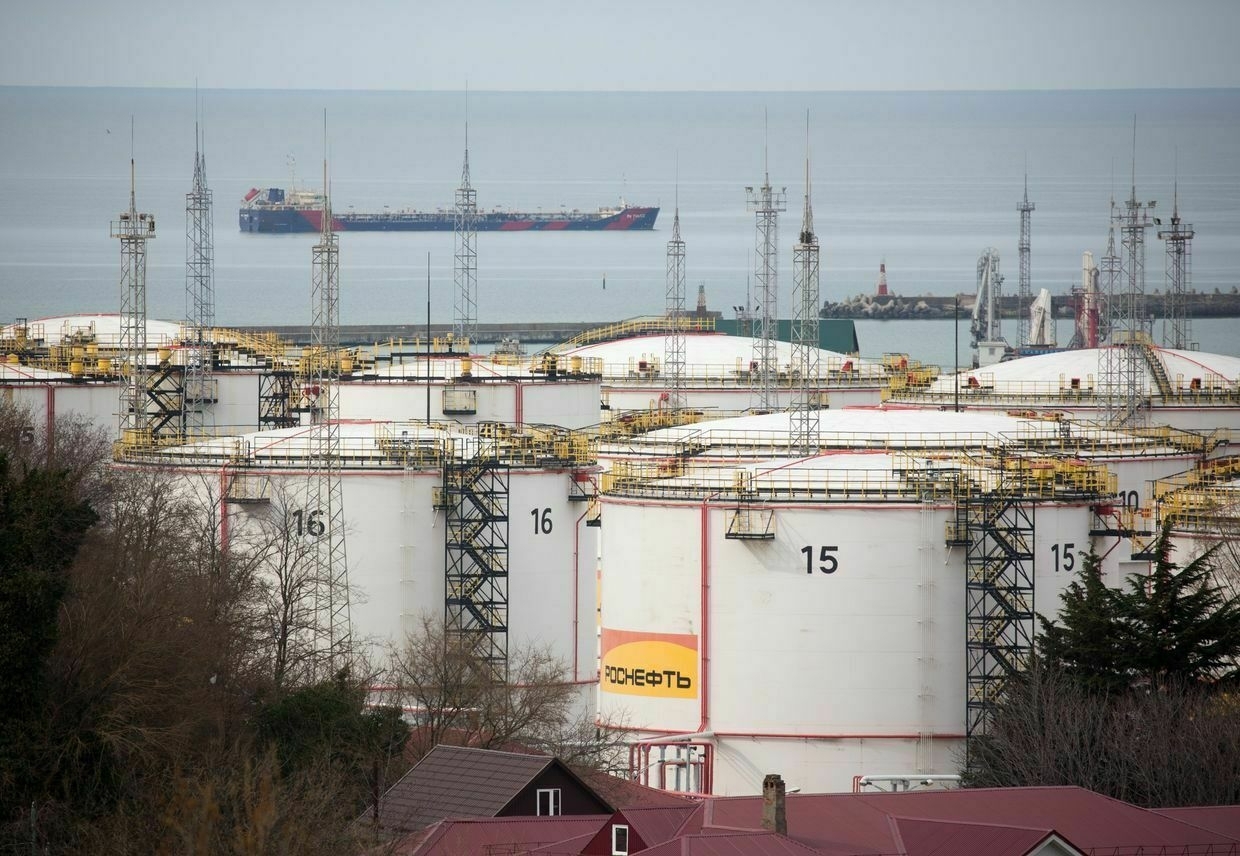
Ukraine’s Armed Forces struck the Atlas oil depot in Russia’s Rostov Oblast overnight on June 23, the General Staff reported.
The attack ignited a fire at the site, with Ukrainian forces saying the strike had reached its intended target. The facility supplies fuel and lubricants to Russian military units.
Yuri Slyusar, the acting governor of Rostov Oblast, confirmed that a fire occurred at an industrial facility after the attack. He added that no one was injured.
The full extent of the damage is still being assessed, according to the military.
Located near the Azov Sea and bordering Ukraine, Rostov Oblast plays a crucial logistical role for Russia’s war effort due to its proximity to front-line operations. The same depot was previously targeted in November 2024.
“The defense forces continue to take all measures to undermine the military and economic potential of the Russian occupiers and force the Russian Federation to stop its armed aggression against Ukraine,” the General Staff said.
The strike is part of Ukraine’s broader campaign aimed at disrupting Russian supply chains and degrading its capacity to sustain the full-scale invasion.
Fuel depots, rail infrastructure, and ammunition stockpiles inside Russia and occupied territories have increasingly become targets for long-range drone and missile strikes.
Explained: How Ukraine and Russia swap prisoners of warEven after Ukraine cut diplomatic ties with Russia in 2022, prisoner exchanges have continued as one of the few remaining channels of communication between the two countries. Negotiated behind closed doors and carried out irregularly, POW swaps — and the decisions surrounding them — have long been shrouded in secrecy. Controversies haveThe Kyiv IndependentDaria Shulzhenko
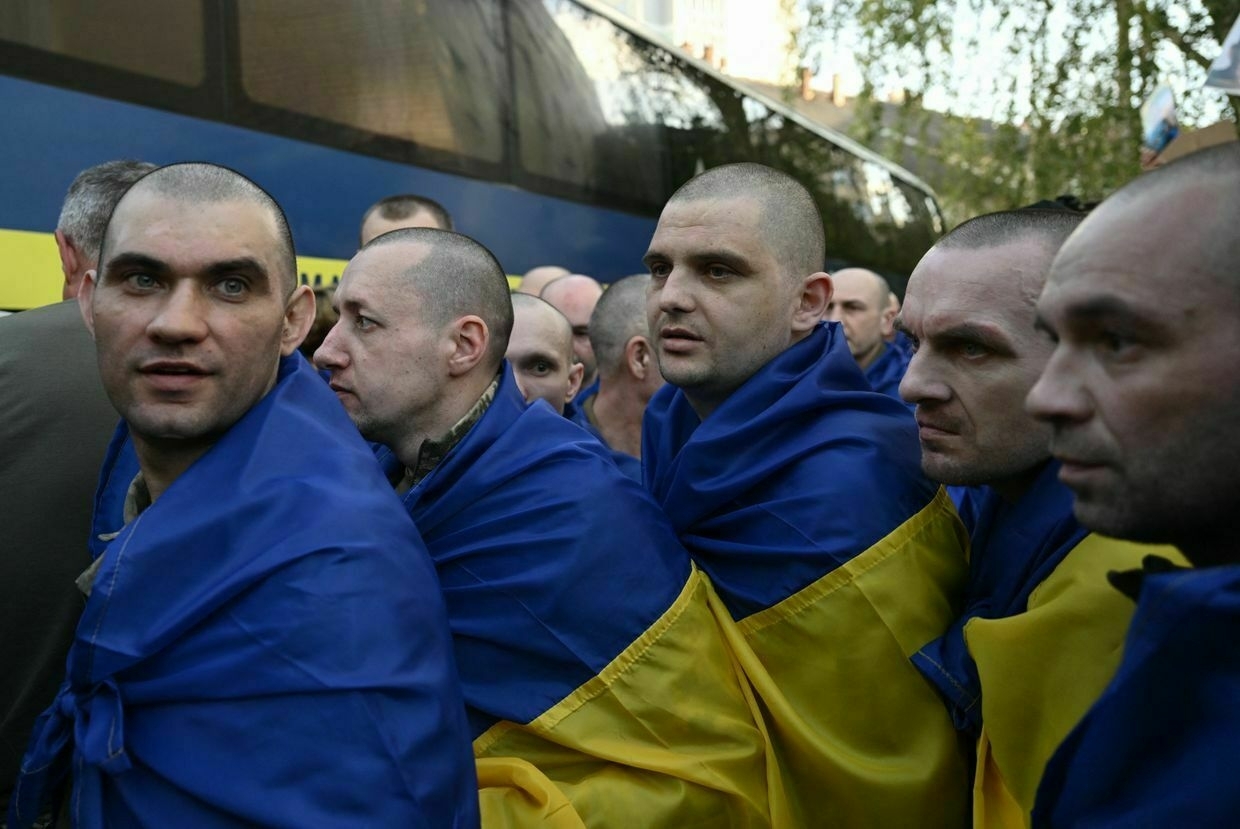
-
Iran fires missiles at US bases in Qatar, Iraq amid growing conflict
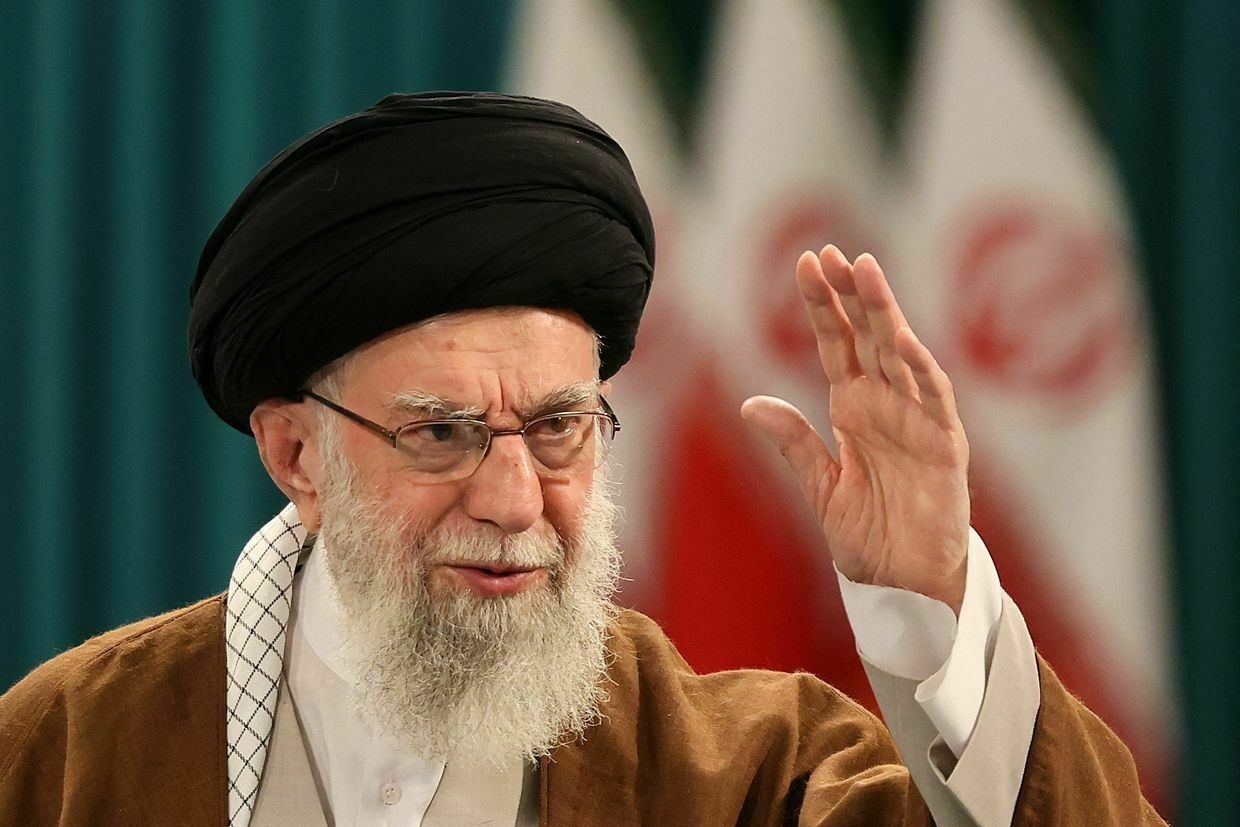
Editor’s note: This story is being updated.
Iran launched multiple missiles at U.S. military bases in the Middle East, targeting sites in Qatar and Iraq, a day after the U.S. conducted air strikes on nuclear sites in Iran.
At least 10 missiles were reportedly fired at the Al Udeid Air Base in Qatar and at least one toward a base in Iraq, Axios reported, citing an Israeli source.
The U.S. Defense Department confirmed that Iran launched several short- and medium-range missiles at Al Udeid Air Base, the New York Times reported.
According to the Pentagon, there have been no reports of American casualties.
“We neither initiated the war nor wanted it, but we will not leave the aggression against the great Iran unanswered,” Iranian President Masoud Pezeshkian wrote on X.
Iran’s targeting of U.S. assets marks a dangerous widening of the conflict, raising fears of further destabilization in the region.
The missile strikes come in response to the June 21 U.S. air campaign that targeted three nuclear facilities in Iran — Fordow, Natanz, and Esfahan — as Washington joined Israel’s military operation against Tehran’s nuclear program.
The escalation follows Israel’s June 13 attack that prompted Iran to retaliate with missile attacks on Tel Aviv and other cities, killing multiple civilians, including five Ukrainian citizens.
Iran is a key supplier of weapons to Russia, including Shahed-type drones and ballistic missiles used in attacks on Ukrainian cities. Israel, which hosts a significant Russian-speaking population, has not joined Western sanctions against Moscow.
On June 13, Kyiv expressed concern over the security situation in the Middle East, describing Tehran as a “source of problems” in the region and beyond.
‘It was impossible to look at’ — Russian mass missile, drone attack on Kyiv kills at least 9, injures 33Russia launched a wave of missile and drone attacks on Kyiv and surrounding region overnight on June 23.The Kyiv IndependentLucy Pakhnyuk
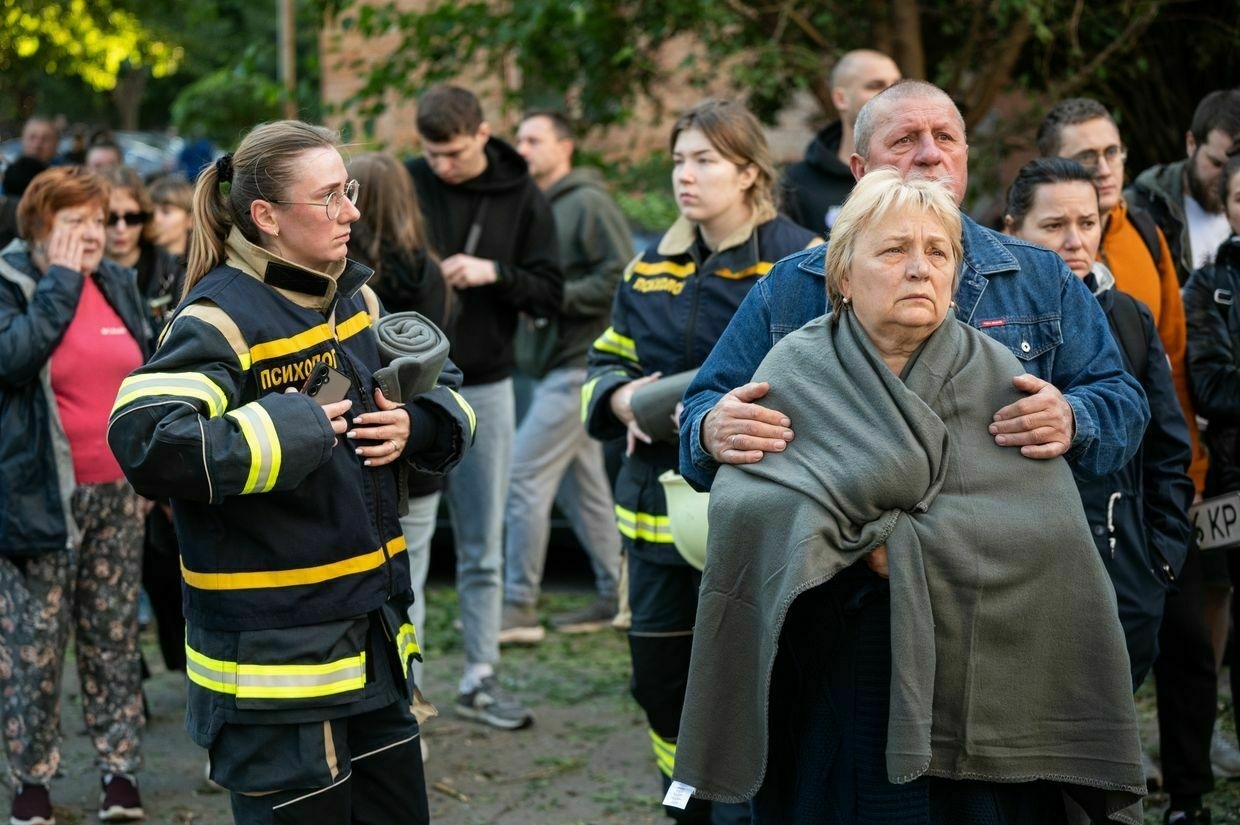
-
Explained: How Ukraine and Russia swap prisoners of war
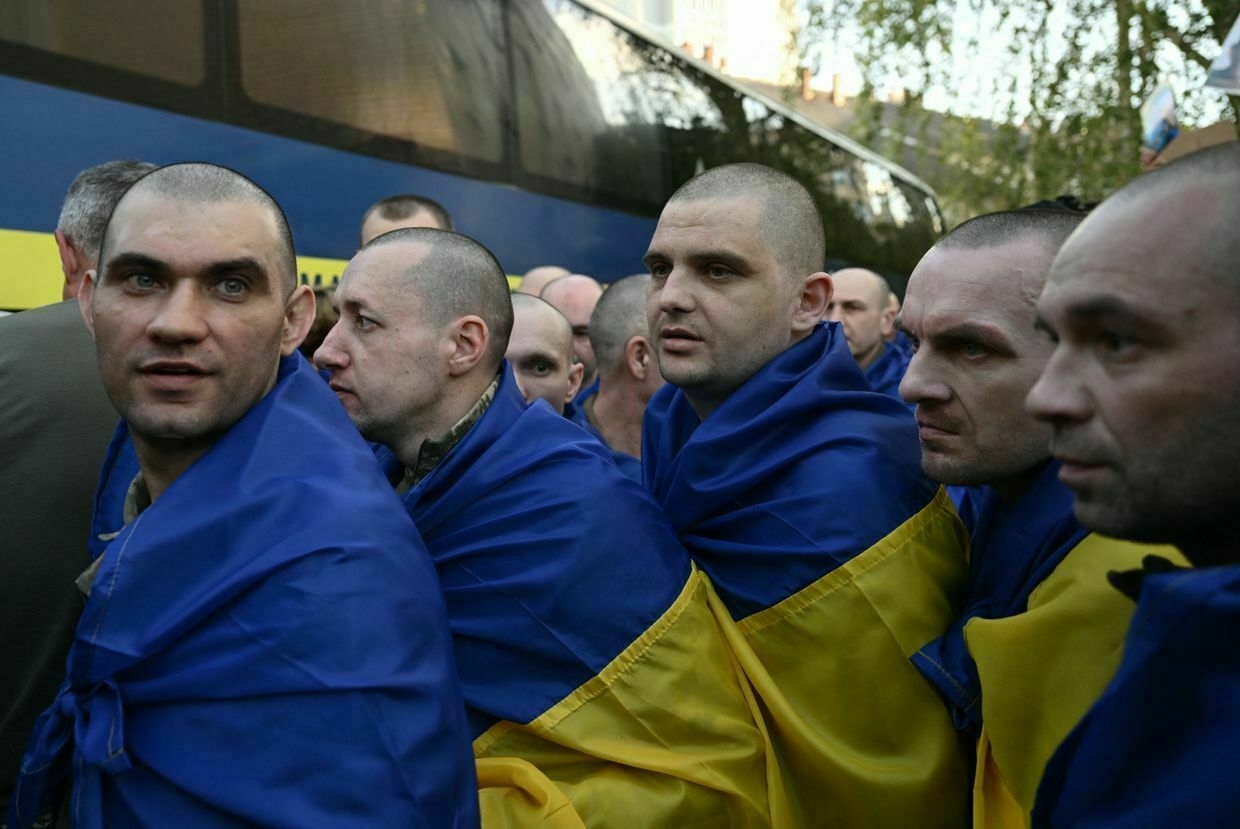
Even after Ukraine cut diplomatic ties with Russia in 2022, prisoner exchanges have continued as one of the few remaining channels of communication between the two countries.
Negotiated behind closed doors and carried out irregularly, POW swaps — and the decisions surrounding them — have long been shrouded in secrecy. Controversies have repeatedly erupted in Ukraine over whether Kyiv is doing enough to bring back its people and which POWs it prioritizes.
Since the start of the full-scale invasion, Ukraine has consistently proposed an “all-for-all” exchange, which Russia has so far rejected.
As of early June, Ukraine has brought home over 5,700 people – including both soldiers and civilians – through more than 65 exchanges since Feb. 24, 2022. Thousands of Ukrainians remain in Russian captivity, with the battle for their release still ongoing.
“Our task is to bring back (all POWs) before the war ends,” Petro Yatsenko, a spokesperson for the Coordination Headquarters for the Treatment of Prisoners of War, told the Kyiv Independent.
“The war is dragging on, Russia does not want peace, so our task is to organize exchanges as quickly as possible."
A record number of people were released in recent weeks following peace talks in Istanbul in May-June — the first direct negotiations between Kyiv and Moscow since 2022. Though no political breakthrough was reached, both sides agreed to a phased exchange of prisoners and the return of fallen soldiers' remains.
At least one more round of exchange is expected between Ukraine and Russia as part of the Istanbul agreement in the near future.
Here’s everything you need to know about prisoner swaps between Ukraine and Russia.
POW exchanges before full-scale invasionDuring the war in Donbas from 2014 to 2022, prisoner exchanges between Ukraine and Russia were far less frequent than they are now, with around 3,500 people released in eight years, according to Yatsenko.
The swaps included both Ukrainian soldiers and civilians held in Russia and in occupied territories and were mostly handled by Ukraine’s Security Service (SBU). The Coordination Headquarters for the Treatment of Prisoners of War was only established in March 2022.
One of the most prominent exchanges took place in September 2019, several months after President Volodymyr Zelensky took office.
Back then, Ukraine secured the release of 35 people, including filmmaker Oleh Sentsov and 24 Ukrainian sailors illegally captured near the Kerch Strait.
Sentsov was one of the most high-profile political prisoners held by Russia. He was arrested in Crimea in 2014 by the Russian authorities and later sentenced to 20 years in prison on trumped-up terrorism charges, which were internationally recognized as politically motivated.
Since the start of the full-scale invasion, Ukraine has consistently proposed an “all-for-all” exchange, which Russia has so far refused.
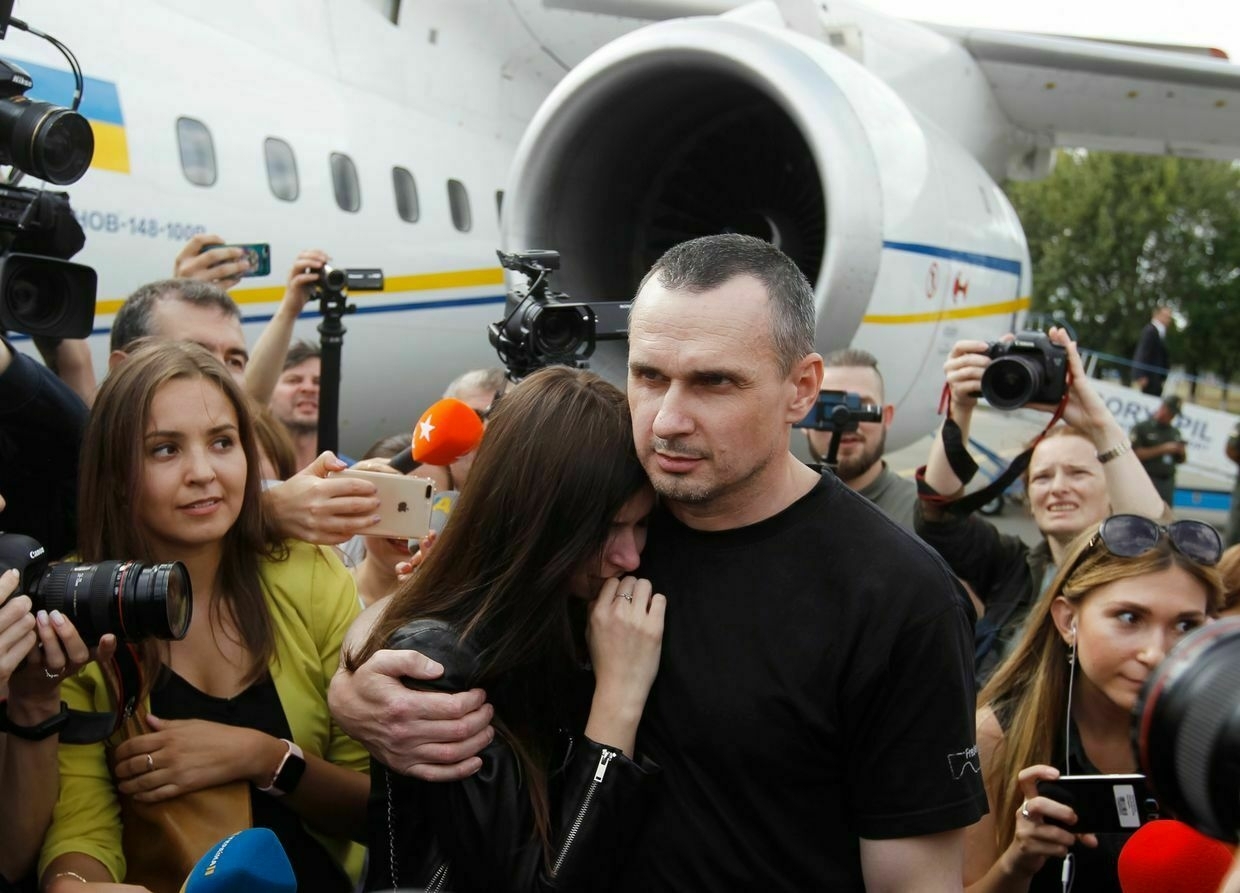
Ukrainian film director Oleh Sentsov (C) hugs his daughter Alina Sentsova after landing at Boryspil International Airport near Kyiv, Ukraine, on Sept. 7, 2019. (Pavlo Gonchar/SOPA Images/LightRocket via Getty Images) Types of POW exchanges and their frequencyThere's no single fixed formula for prisoner swaps — each exchange is unique and depends on the circumstances, according to Yatsenko.
The Headquarters refused to disclose which side normally initiates exchanges, citing the sensitive nature of the information.
Unlike Ukraine, Russia doesn’t have one government body tasked with negotiating and organizing prisoner exchanges. According to Bohdan Orkhymenko, head of the secretariat of the Coordination Headquarters for the Treatment of Prisoners of War, the Russian side normally includes representatives of the Russian Defense Ministry, the Federal Security Service (FSB), the Federal Penitentiary Service, and, sometimes, Russia’s Commissioner for Human Rights, Tatyana Moskalkova.
If there’s a political agreement on the number of soldiers to release, negotiations move forward faster. If there is no political agreement – which is more often the case – the number is agreed upon by the Headquarters and the Russian side. Yatsenko couldn’t share the details of how the sides decide on the number of POWs for each exchange.
Leading up to each exchange, Ukraine provides the lists of all Ukrainians considered to be in captivity or missing, requesting their return from Russia.
Ukraine has recorded over 70,000 people as missing, the majority of them soldiers, according to Artur Dobroserdov, the commissioner for persons missing under special circumstances.
Some exchanges take weeks or months of negotiations, often involving several parallel negotiation tracks, according to Yatsenko. But in cases like the recent 1,000-for-1,000 exchange agreed upon during Ukraine-Russia talks in Istanbul, there were “no real negotiations.”
"Each side simply handed over a list, and everyone listed was exchanged," Yatsenko says. "We retrieved all Ukrainian citizens, and the Russians took everyone we offered them."
However, the number of POWs released by Ukraine and Russia isn’t always equal.
Sometimes, exchanging just one person can secure the release of hundreds of defenders — like in the prisoner swap that took place in September 2022, when over 200 Ukrainian POWs returned home in exchange for Viktor Medvedchuk, Ukraine's most high-profile pro-Kremlin politician and Russian President Vladimir Putin's former right-hand man in the country.
Medvedchuk was arrested two months into the full-scale invasion on charges of high treason.
Yatsenko said that Russia initially wanted to exchange Medvedchuk for only one person, and it required significant negotiation skills from the Ukrainian side to secure the 200-for-one deal.
In the same exchange, five top commanders from the Azovstal defense — Ukraine's final stronghold during the Russian siege of Mariupol in the spring of 2022 — were swapped for 55 Russian POWs.
They were initially taken to Ankara, Turkey. Although Zelensky stated that they would remain in Turkey "until the war ends," the commanders, including Colonel Denys Prokopenko, commander of the Azov Brigade, returned home in July 2023.
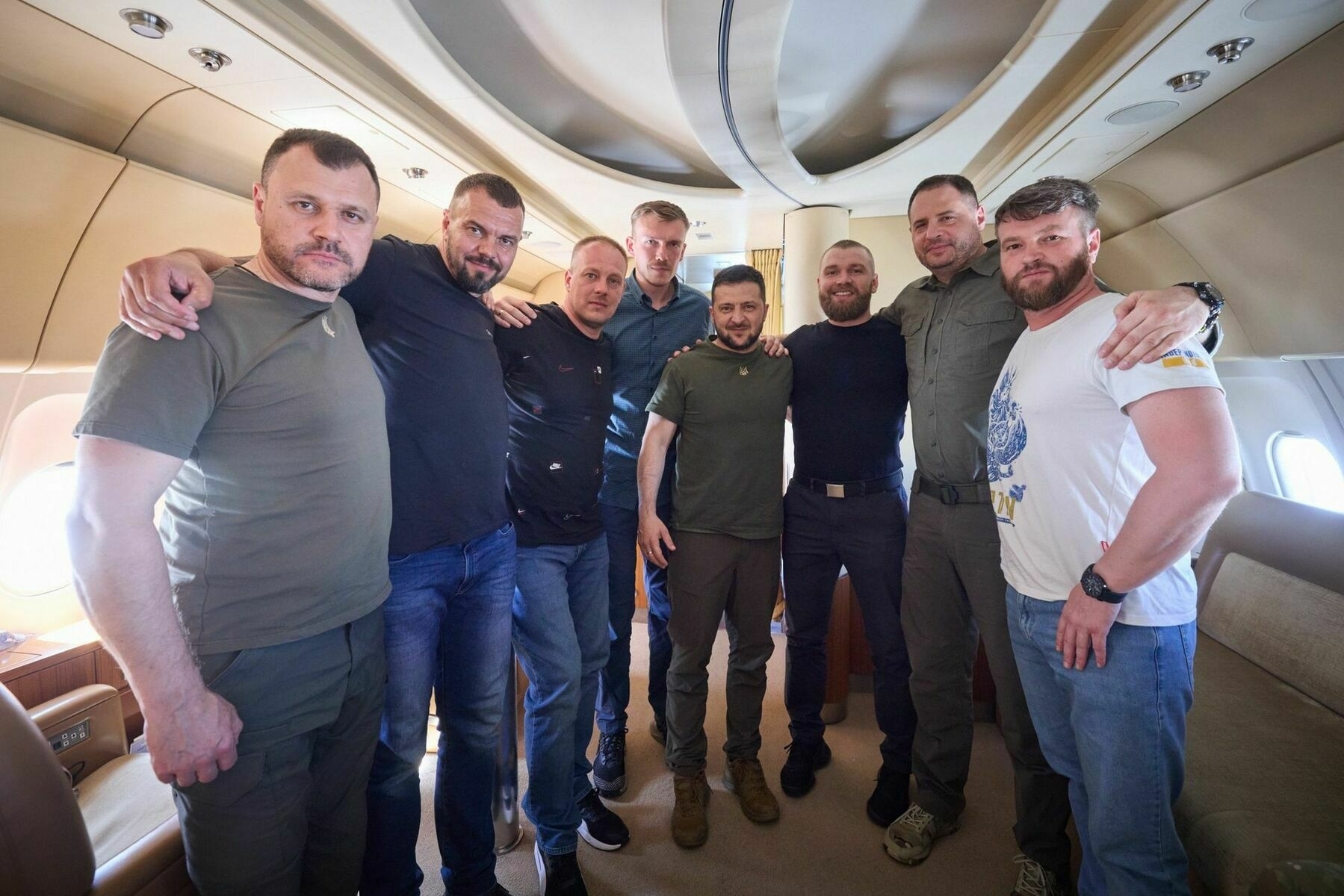
President Volodymyr Zelensky and the commanders who defended the Azovstal plant in Mariupol, Donetsk Oblast, stand aboard a plane on July 8, 2023. (Zelensky’s Facebook page) There's no set schedule for how often exchanges take place either.
Between August 2023 and early January 2024, no prisoner exchanges took place, which was the longest pause since the start of the full-scale invasion. According to Yatsenko, this was due to deliberate delays by the Russian side.
"We can only speculate about the reasons, but we believe Russia aimed to destabilize the internal situation in Ukraine or to provoke families of POWs into protesting or organizing mass actions," says Yatsenko. "They wanted to pressure the Ukrainian government this way."
Right now, there's a very "positive trend" of exchanges happening one after another, which means the "chances of reuniting with loved ones are growing," says Yatsenko.
Number of POWs and their detention locationsUkraine does not publicly disclose the number of its soldiers held in Russian captivity.
The key issue in identifying all Ukrainian POWs is the lack of Russia’s cooperation, according to Yatsenko, who says that Moscow often refuses to confirm who they captured. That’s why Ukraine’s database of POWs includes many of those whose captivity was corroborated by other former POWs but not necessarily confirmed by Russia.
"They don't provide any official confirmation of who they're holding, and many of our people are listed as missing. There's a chance some of them are actually in captivity," Yatsenko says.
Ukraine also does not disclose the number of Russian troops it holds in its camps. However, Yatsenko says there are "enough of them to carry out further exchanges."
"Even large-scale swaps don't significantly affect the overall number," he adds.
Russian POWs in Ukraine are primarily held in five specialized camps set up after the start of the full-scale invasion. Their locations are not disclosed for security reasons. Some detainees — mainly those under investigation for various crimes — are also held in pre-trial detention centers, but the majority are kept in the POW camps.
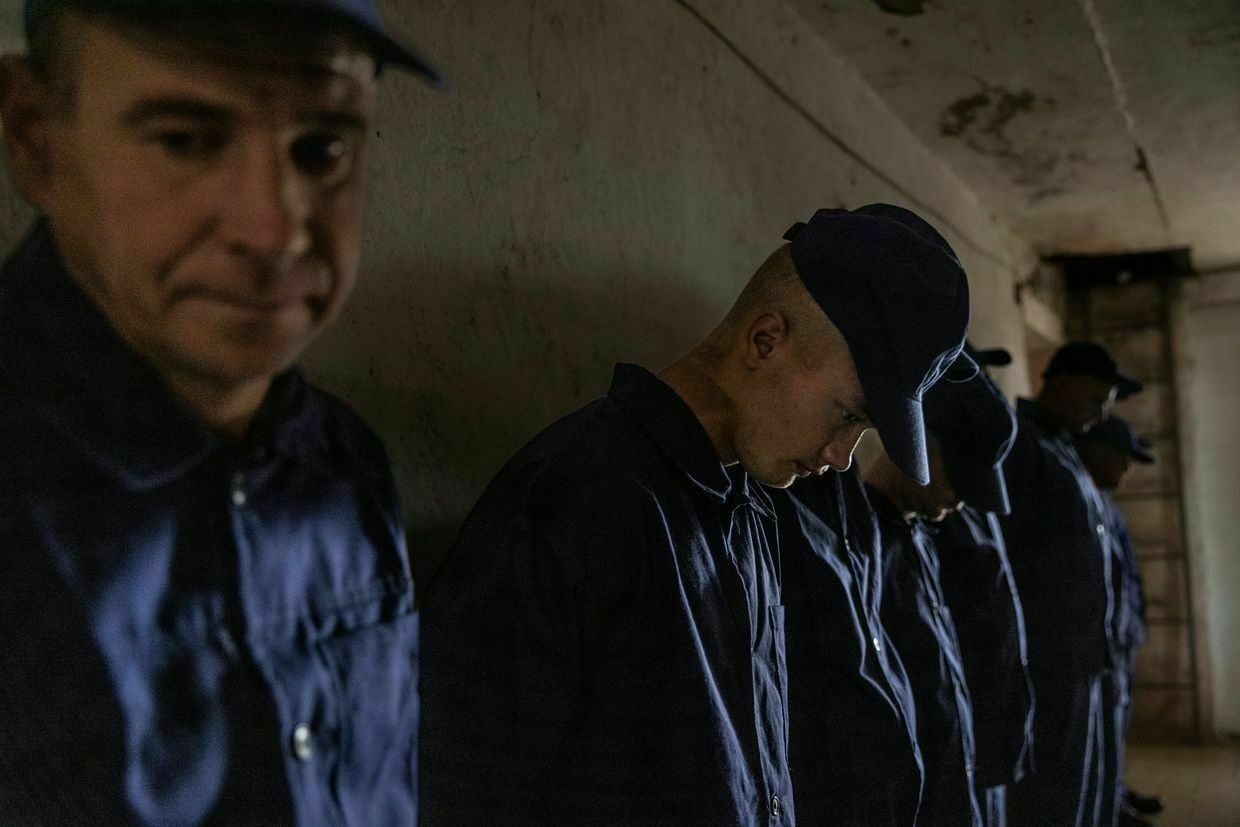
Russian POWs wait in line to call home at a prisoner-of-war detention camp in Lviv Oblast, Ukraine, on Aug. 3, 2023. (Paula Bronstein/Getty Images) Representatives of the International Committee of the Red Cross (ICRC) and the United Nations, as well as journalists, have access to Russian POWs and the facilities where they're held. ICRC inspections take place every two months and can last several days, according to Yatsenko.
"We're fully open. Russia, on the other hand, is completely closed off," he says. "They don't allow international representatives, the UN, or the Red Cross. Access is extremely restricted."
Russia doesn't have any specialized camps for POWs that meet the standards outlined in the Third Geneva Convention, according to Yatsenko. The Coordination Headquarters has identified and mapped 186 locations where POWs and illegally detained civilians are being held.
"These 186 detention sites are scattered across a vast area — from the temporarily occupied territories and beyond the Urals. There's even some evidence that our people are being held in facilities in Belarus," Yatsenko says.
Torture in captivityUnlike Russian POWs held in Ukraine, Ukrainian prisoners in Russian captivity are routinely subjected to torture and inhumane treatment.
According to the UN, over 95% of released Ukrainian POWs have reported being tortured while in captivity.
Many described beatings, electric shocks, prolonged stress positions, mock executions, and medical neglect, along with threats of death or rape. Some were starved, branded, or held in isolation for weeks.
In interviews with the Kyiv Independent, former POWs also spoke of being severely punished for speaking Ukrainian or showing any signs of national identity.
"They would threaten to cut off ears or a nose, pressing a knife to the ear and starting to cut it slightly, causing bleeding, all meant to terrify and break the prisoners."
One of the most notorious facilities is the detention center in Taganrog, where, according to survivors, torture is a daily routine. Press officer of the Azov Brigade and former POW Artem Dubina, who was held there, says that POWs were repeatedly beaten and electrocuted, often until they lost consciousness, with little food and almost no medical care for the wounded.
"They would threaten to cut off ears or a nose, pressing a knife to the ear and starting to cut it slightly, causing bleeding, all meant to terrify and break the prisoners," Dubina told the Kyiv Independent in May.
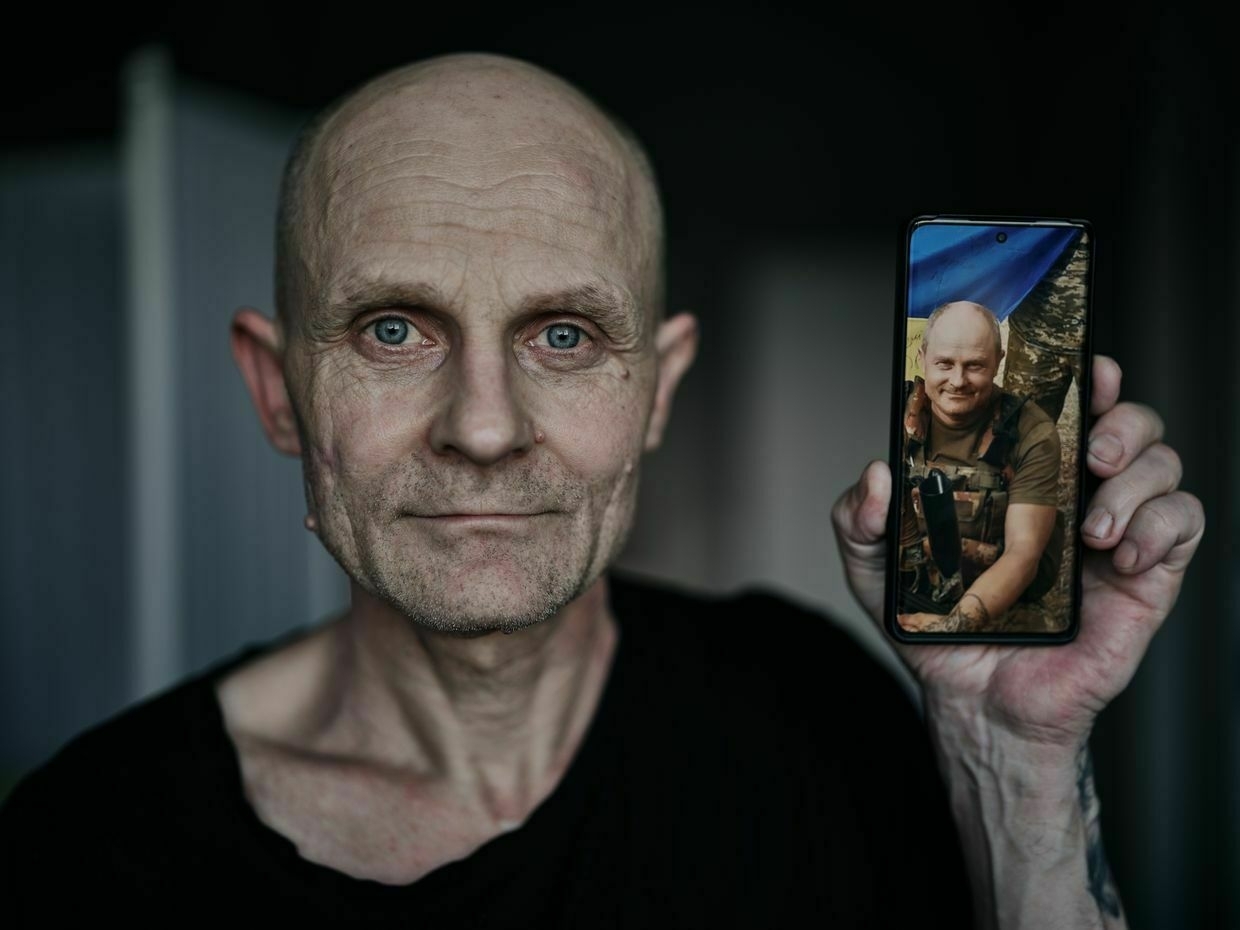
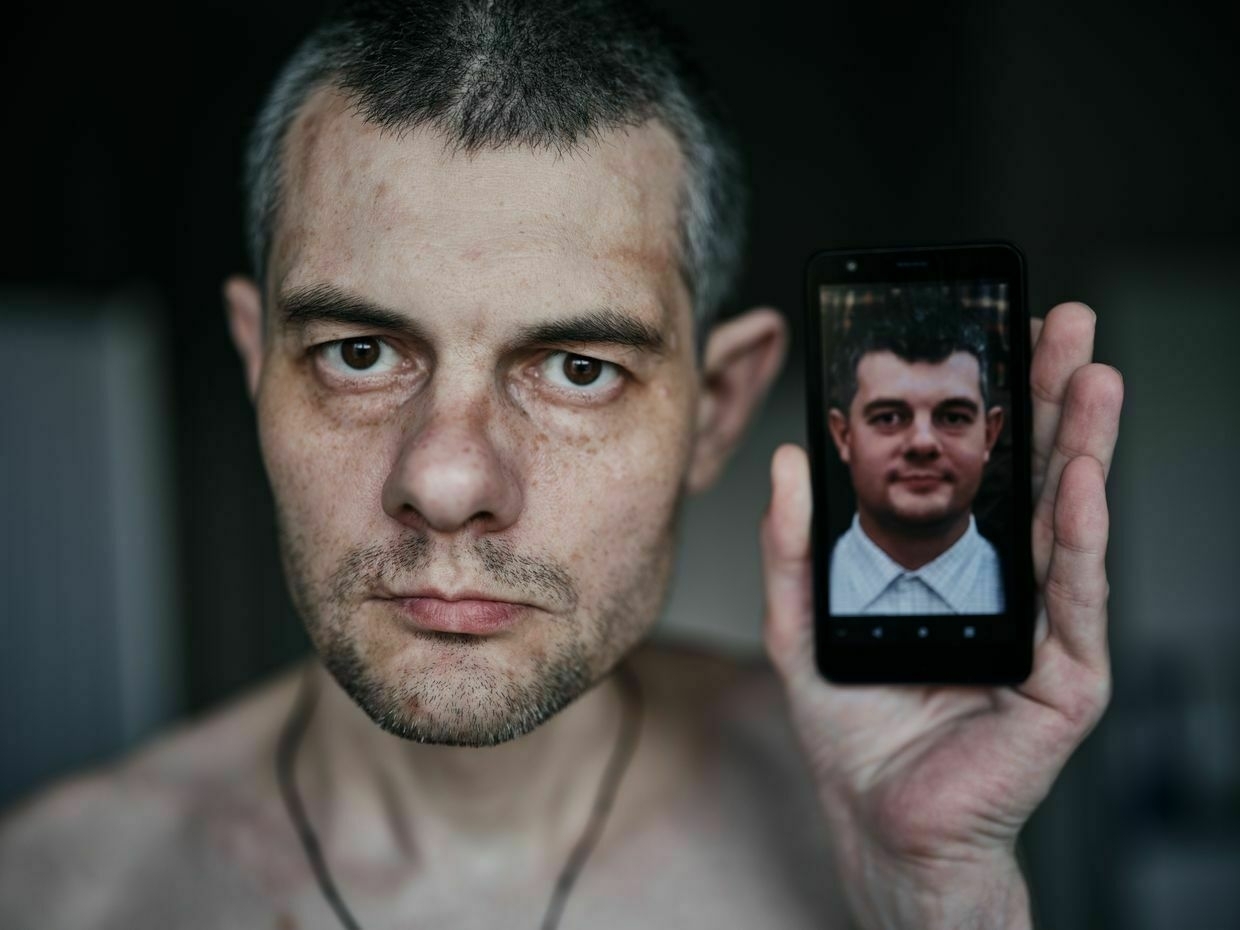
Ukrainian soldiers previously held captive by Russia show a photo of themselves before captivity, during rehabilitation at an undisclosed location in Ukraine on June 6, 2024. (Kostiantyn Liberov/Libkos/Getty Images) Over 180 Ukrainian POWs are confirmed to have died in captivity since the start of the full-scale invasion, many showing signs of torture or abuse, says Yatsenko.
"Unfortunately, we continue to receive the bodies of our soldiers, including those who had been officially recognized as POWs by the ICRC," says Yatsenko.
Logistics of POW exchangesFor Ukrainian POWs, their return home is often kept secret by Russia until the very last moment.
Russia also often uses the last moment to physically harm Ukrainian POWs, as those released from captivity say they were transferred from their detention facilities with their hands and legs tightly bound, placed close together so they couldn't move, and blindfolded.
"Sometimes prisoners are taken out to be exchanged but then sent back, which can be seen as a form of torture or psychological pressure," says Yatsenko.
Therefore, Ukraine informs the families of Ukrainian POWs only after their loved ones have arrived safely on Ukrainian territory.
"This is because we understand that an exchange might not happen, and such news would only cause additional suffering," Yatsenko says.
Russian POWs, by contrast, are notified that they will be exchanged ahead of it.
The process itself takes place on border territory, with the time and location usually kept secret for security reasons. Once back home, the released prisoners can call their loved ones to share the good news.
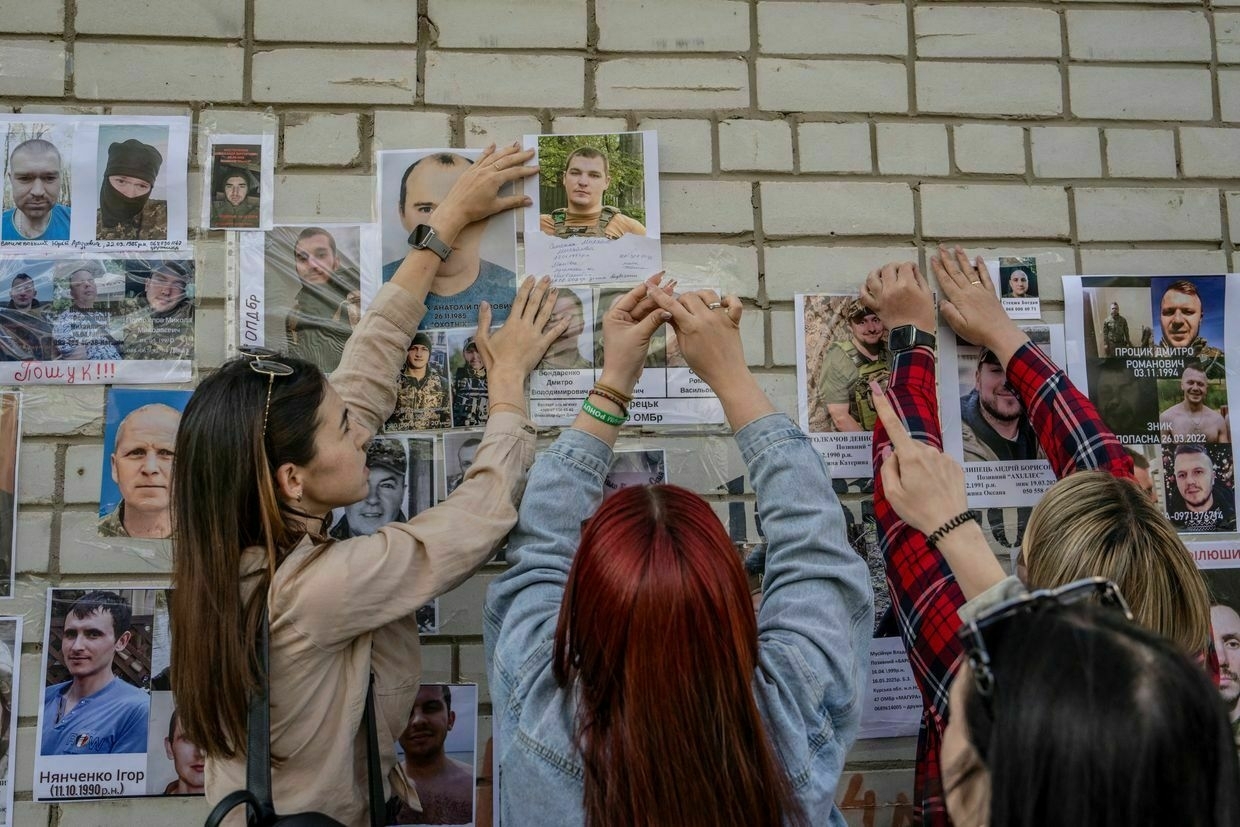
People post portraits of their missing or captured loved ones during the arrival of freed, injured, and severely wounded Ukrainian POWs in an undisclosed location, Ukraine, on June 10, 2025. (Andrew Kravchenko / AFP via Getty Images) However, many family members of POWs arrive at the site of exchange even without knowing whether their loved one is on the list. Even if it doesn’t result in the most anticipated meeting, at least they get a chance to ask the released POWs for any information about their family member still in captivity.
After release, Ukrainian defenders undergo medical examinations and receive treatment. They are also granted leave, the length of which depends on their health condition.
As former POWs, they have the right to leave military service — yet many choose to return to the front and continue fighting for their country.
Foreign POWsJust like with Ukrainian soldiers, Kyiv does not disclose how many foreign fighters are currently held in Russian captivity.
Since the start of the full-scale invasion, Zelensky has called on foreigners to join Ukraine in its fight for freedom, and many have answered that call – although the exact number of foreign nationals serving in Ukraine's ranks remains undisclosed.
Ukraine's International Legion alone includes experienced fighters and beginners from more than 50 countries, including the U.S., the U.K., Australia, and various countries across Europe, Asia, Africa, and South America, according to Ukraine's military intelligence.
According to Yatsenko, Ukraine successfully brought back 10 foreign nationals in 2022. Since then, the country has been cooperating with the embassies and diplomats of these individuals’ countries to ensure each one can return home.
Unlike Ukraine, Russia has made no visible attempts to recover foreigners fighting on its behalf.
Yatsenko did not disclose the number of foreigners in Ukrainian captivity but said they were from a number of countries, including African states, Sri Lanka, Cuba, Brazil, Slovakia, Yemen, and others.
Yatsenko says he does not know of any cases when foreigners have been exchanged with Russia.
"Russia appears largely indifferent to the fate of these people," he says. "Maybe they'll change their position in future talks, but they show no real interest so far."
Russia’s torture of Viktoriia Roshchyna shocks world, but dozens of Ukrainian journalists still in captivityIt took several DNA tests to confirm the identity of Ukrainian journalist Viktoriia Roshchyna, who was killed in Russian captivity in the fall of 2024. Roshchyna, 27, disappeared in August 2023 while on a reporting trip in Ukraine’s Russian-occupied territories. Moscow only acknowledged her detention the following year. Ukraine wasThe Kyiv IndependentDaria Shulzhenko
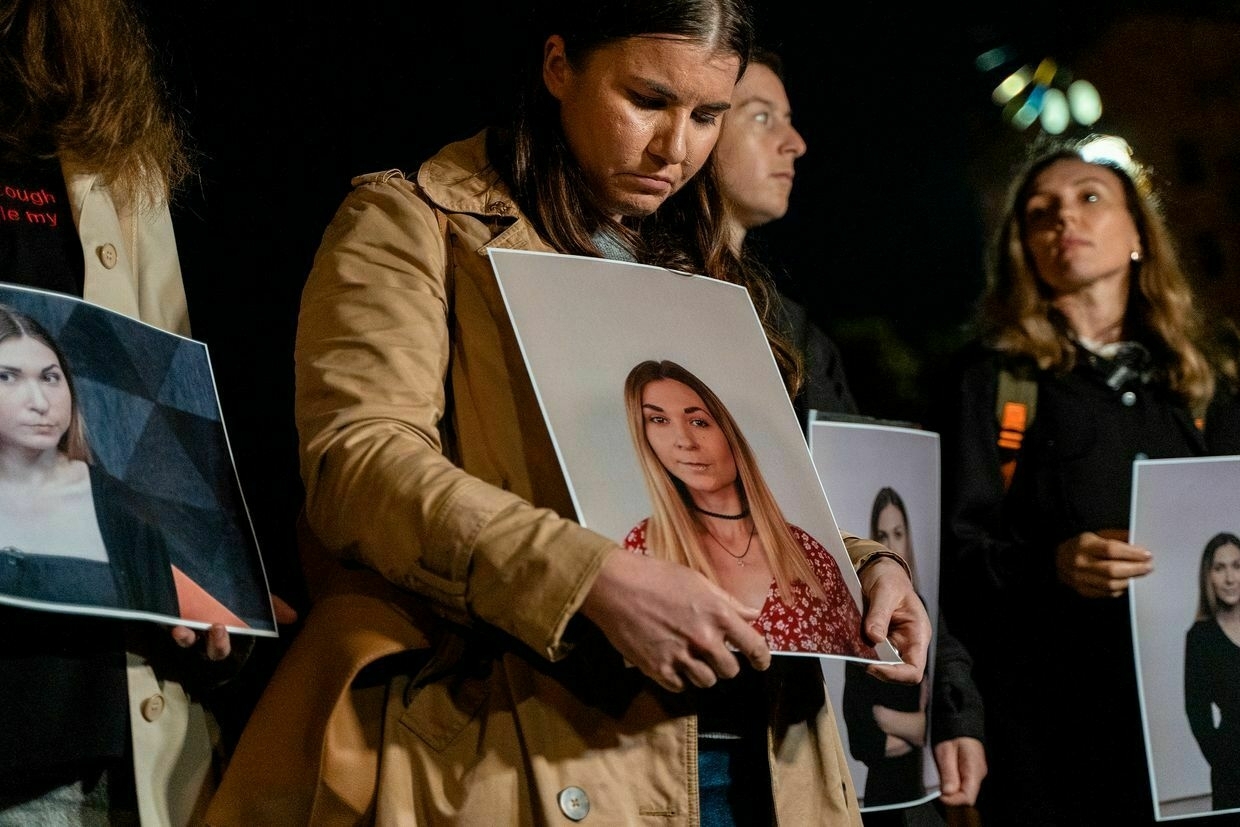
Ukrainian civilians in captivityUkraine is fighting to bring home not only POWs but also civilians illegally held captive by Russia.
As of December 2024, at least 16,000 Ukrainian civilians were held in Russian captivity, according to Ukraine's Ombudsman, Dmytro Lubinets. The actual number is unknown since Russia does not provide information about civilians and blocks ICRC representatives from visiting them.
The number does not include over 19,500 Ukrainian children illegally deported to Russia since the start of the full-scale invasion.
Only a limited number of civilians have been released since 2014, when Russia started its aggression against Ukraine. Russia has "deliberately withheld the return of civilians" to serve its war goals, including suppressing resistance in occupied territories, the Ombudsman's office told the Kyiv Independent.
"Russia also refuses to negotiate their return, knowing that each freed civilian can testify to its violations of international law."
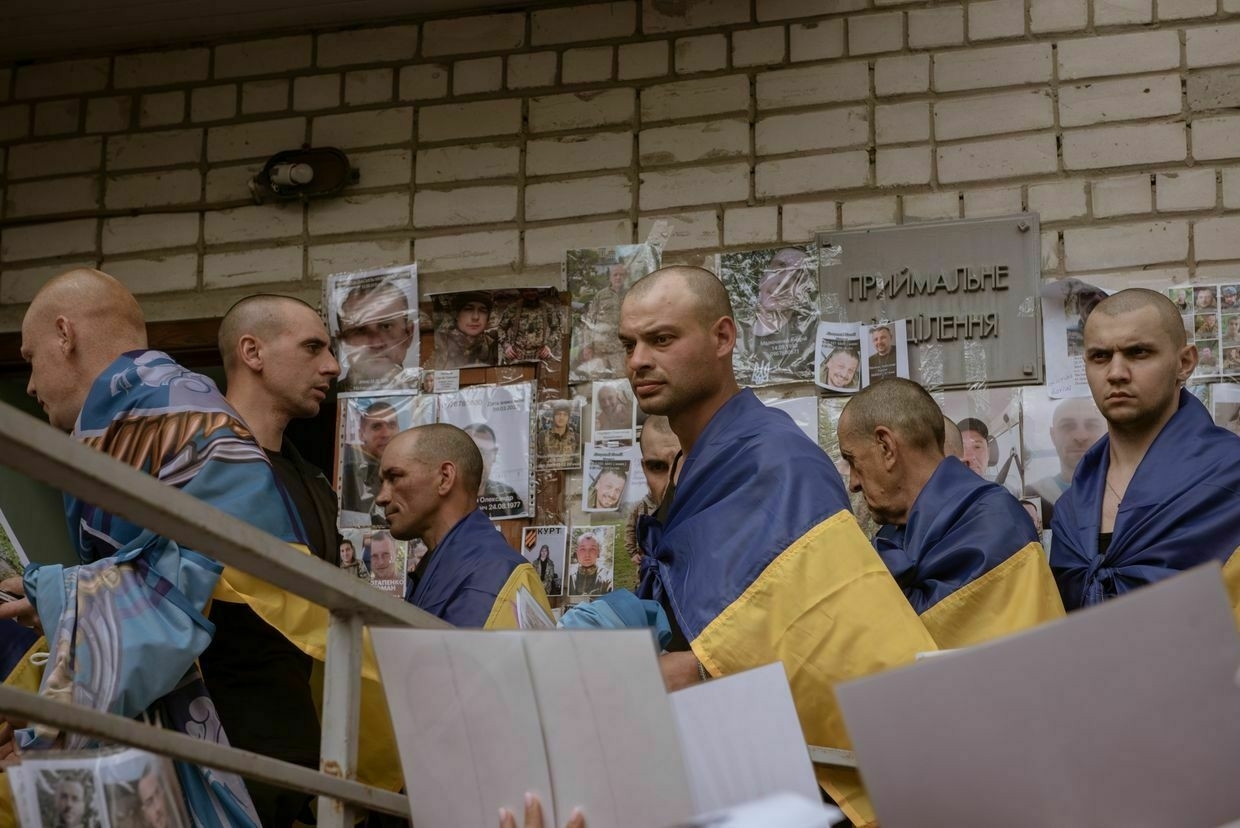
Recently released Ukrainian prisoners of war are seen after being freed during the “1,000-for-1,000” prisoner swap between Ukraine and Russia, in an undisclosed location, Ukraine, on May 25, 2025. (Andre Luis Alves/Anadolu via Getty Images) 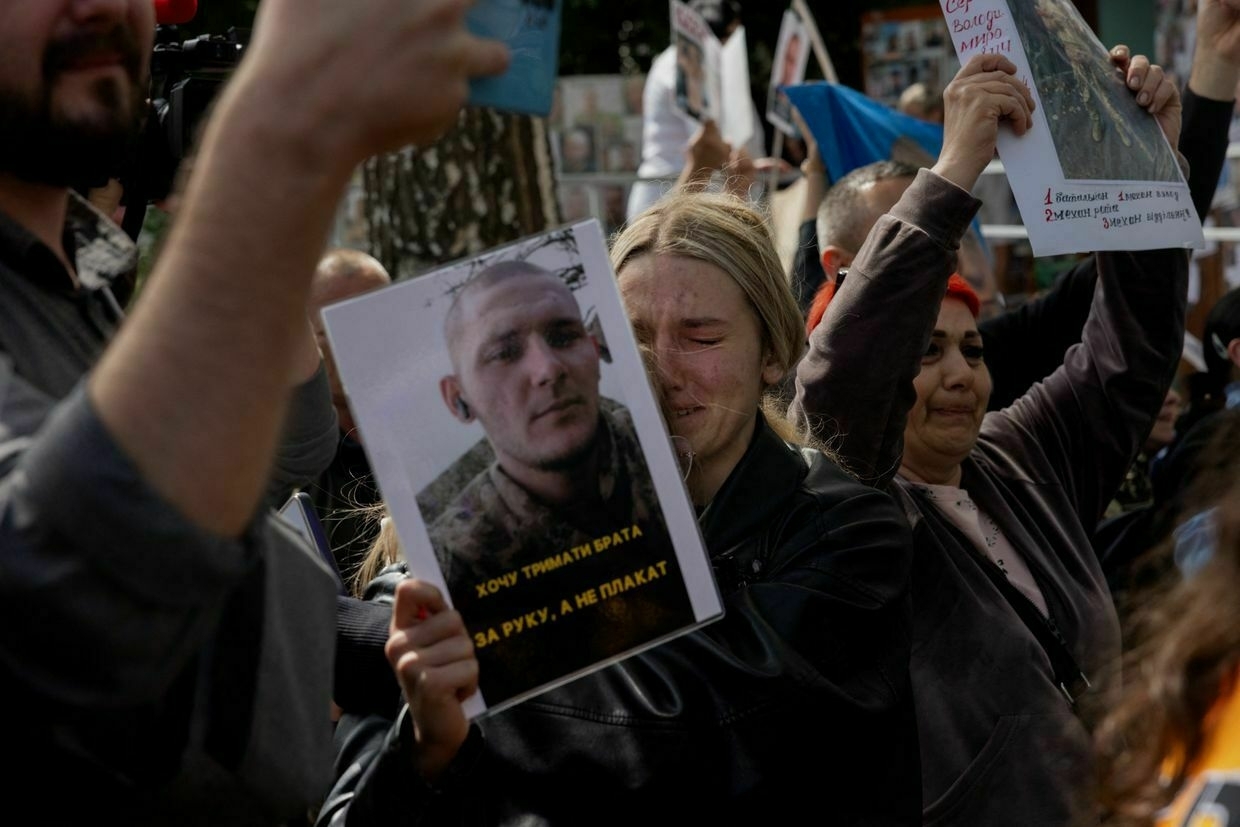
A girl cries while holding a photograph of her loved one, a prisoner of war, during a POW exchange at an undisclosed location in Ukraine on June 12, 2025, amid the Russian invasion of Ukraine. (Tetiana Dzhafarova / AFP via Getty Images) The release of civilians is very difficult because Ukraine has no Russian civilians to exchange them for, according to Lubinets. Yatsenko says that even though Russia should release Ukrainian civilians without any conditions, it rarely does.
The Headquarters launched several mechanisms to bring back civilians, including the "I Want to Go to My People" project.
Under this initiative, convicted Ukrainian collaborators, already serving prison sentences for aiding the Kremlin, can apply to be transferred to Russia in exchange for unlawfully imprisoned Ukrainian civilians or soldiers.
While this mechanism has existed since summer 2024, Russia has ignored it for a long time, says Yatsenko. It was only during the latest large-scale exchange that over 70 collaborators were transferred to Russia, allowing Ukraine to bring back its citizens.
Ukraine hopes Russia will release all civilians it holds illegally — and show more interest in taking back those who served its interests — "to help free Ukrainians from captivity and inhumane treatment," Yatsenko says.
Note from the author:
Hi! Daria Shulzhenko here. I wrote this piece for you. Since the first day of Russia's all-out war, I have been working almost non-stop to tell the stories of those affected by Russia’s brutal aggression. By telling all those painful stories, we are helping to keep the world informed about the reality of Russia’s war against Ukraine. By becoming the Kyiv Independent's member, you can help us continue telling the world the truth about this war.
-
21st-Century Dragoons: Dissecting Russia’s Motorcycle Assault Tactics
The reduced time between detection and engagement, driven by real-time drone surveillance and the high velocity of FPV attack drones, has created a hostile environment for traditional armored platforms on the battlefield. As a result, both sides in the war have been forced to adapt.
One such adaptation emerged in 2024, when Russian motorcycle assault groups began appearing with increasing frequency along the frontlines. Their presence quickly caught public attention, and their use has since become a common feature of frontline engagements. More recently, Ukrainian forces have also announced the formation of their own motorcycle units.
Considering the growing speculation about the effectiveness of motorcycle assault groups, particularly in a battlefield that remains relatively static but is saturated with artillery and drone activity, our team undertook a focused investigation to better understand this evolving tactic.
This report offers a detailed, though generalized, assessment of motorcycle assault group composition, tactics, and equipment as of June 2025. It draws primarily on intercepted Russian tactical-level documentation, testimony from frontline infantry and drone operators, publicly available interviews of Russian motorcycle crews and publicly available reports issued by the Ukrainian military. That said, it is important to note that the details of training, organization, and combat performance of these units can vary significantly between formations - and we do not have unified data across the entire frontline to offer a definitive, entirely data-backed conclusion.
Table of Contents:
Intro
I. Conditions for Adoption
II. Force Structure, Missions, and Tactics
III. Training and Field Drills
IV. Motorcycle Inventory
V. Combat Feedback: Ukrainian Perspective
VI. Summary and OutlookI. Conditions for Adoption
One of the key conclusions of our research is that before extrapolating the experience of Russian motorcycle assault groups to other theaters or advocating for their adoption by Ukrainian forces, we should first understand the underlying challenges and battlefield conditions that drove Russia to pursue this adaptation in the first place.
In a battlefield where neither side holds air supremacy and large-scale combined-arms operations remain difficult to execute, combat has shifted to smaller tactical formations - usually at the squad or company level, backed by armored vehicles. In this environment, traditional platforms like tanks and IFVs face growing challenges, especially amid constant artillery fire and the widespread use of cheap, fast drones.In response to these challenges and the accelerating depletion of armored vehicle reserves, Russian forces have increasingly relied on small tactical units using concealed movement to reduce the risk of detection. However, this comes at the cost of mobility and operational flexibility. Once discovered, such groups are often quickly eliminated by drone or artillery strikes. Even when they achieve tactical success, their ability to exploit defense breakthroughs are seriously limited when operating on foot.
So what are the factors that have created fertile ground for the growing use of motorcycles on the battlefield - and what can they tell us about the conditions that make their use viable?
The first is the Russian military’s persistent inability to conduct large-scale, coordinated combined-arms operations capable of breaching Ukrainian defenses. Even when Russia manages to amass significant formations, including hundreds of tanks, armored personnel carriers, artillery systems, missile units, and air defense assets, it continues to struggle with the integration and synchronization required for effective combined-arms assaults. As a result, Russians have shifted toward deploying small, low-quality assault groups in frequent, attritional attacks. This approach is focused on gradually wearing down Ukrainian forces and identifying weak points that can later be exploited
The second factor is the lethality of well-prepared defensive positions, particularly those enabled by real-time reconnaissance and precision-guided munitions. On today's battlefield, advanced surveillance tools allow defenders to identify high-value targets quickly, while massed precision fires make it possible to neutralize them.
Limited manpower and thinly held frontlines in Ukraine make it feasible for small, mobile units to slip through defenses. Unlike conventional infantry groups, successful motorcycle infiltrations can penetrate deeper into rear areas while remaining harder to target with artillery and more capable of suppressing FPV drones using larger electronic warfare (EW) systems mounted on motorcycles.
High loss tolerance in assault operations. As will be discussed further in this report, motorcycle assault tactics depend on mass deployment. The concept accepts heavy losses among assaulting units, as long as a small fraction succeeds in breaching enemy lines and completing the objective.
Lack of better-armored troop transport options. While Soviet-era BMPs and BTRs are vulnerable to FPV drones, more modern Western vehicles like the Bradley IFV’s offer better protection and have demonstrated greater survivability for transported personnel during artillery or drone strikes. Russia’s current armored fleet lacks a viable mass-produced alternative to provide a better protection
Geography and seasonal conditions favor mobility. Dry, flat steppe terrain significantly enhances the effectiveness of motorcycle assaults. In contrast, heavy snow, mountainous areas, or dense forests and jungles are much less suitable for this kind of maneuvering.
Once the advantages of motorcycle assault groups became clear, we assessed whether their benefits could justify the risks. At roughly $2,000–$4,000 apiece (depending on model and condition), these bikes are far cheaper to replace than infantry fighting vehicles, with minimal maintenance costs. Their mobility and low silhouette allow them to slip past obstacles and evade detection more easily than larger platforms - especially when paired with on-board electronic-warfare gear. Concealable even in small buildings, and nearly silent at night in electric variants, they preserve the element of surprise. A motorcycle can reach a position in minutes, outpacing a noisy, slower BMP or tank and narrowing the window for enemy FPV-drone response. Finally, they let teams carry heavier weapons - ATGMs, grenade launchers, or other support arms - along flanks, delivering fast, flexible fire support where it’s needed most.
II. Force Structure, Missions, and TacticsDespite the term “assault” in their name, these units are not solely used for direct assault attacks. In practice, their roles are more diverse - ranging from diversionary maneuvers and reconnaissance to behind-the-line infiltration, logistics and flanking support during larger assaults.
More importantly, the motorcycle serves primarily as a means of rapid transport, delivering troops to their objectives rather than serving as a combat platform itself. As leading military analyst Michael Kofman and B.A. Friedman have noted, a more accurate historical analogy might be “dragoons”— mounted infantry who rode into battle but dismounted to fight on foot. Dragoons were used for skirmishing, reconnaissance, flanking, and screening operations - tactical roles that closely resemble how Russian motorcycle units are now being employed.
The structure of a motorcycle assault group can vary depending on the unit, its assigned tasks, and available resources to the parent unit. However, in general, such a group typically consists of 6 to 8 motorcycles, with 1 to 2 riders per vehicle, resulting in a total personnel count ranging from 6 to 16 individuals on average.
At least one motorcycle in the group is usually equipped with a drone detection system, which scans the area for the presence of FPV drones. Additionally, these groups are expected to carry 2 to 3 electronic warfare (EW) stations, either mounted directly on motorcycles or carried in backpack on a rider, to disrupt communications between drones and drone operators during assault.
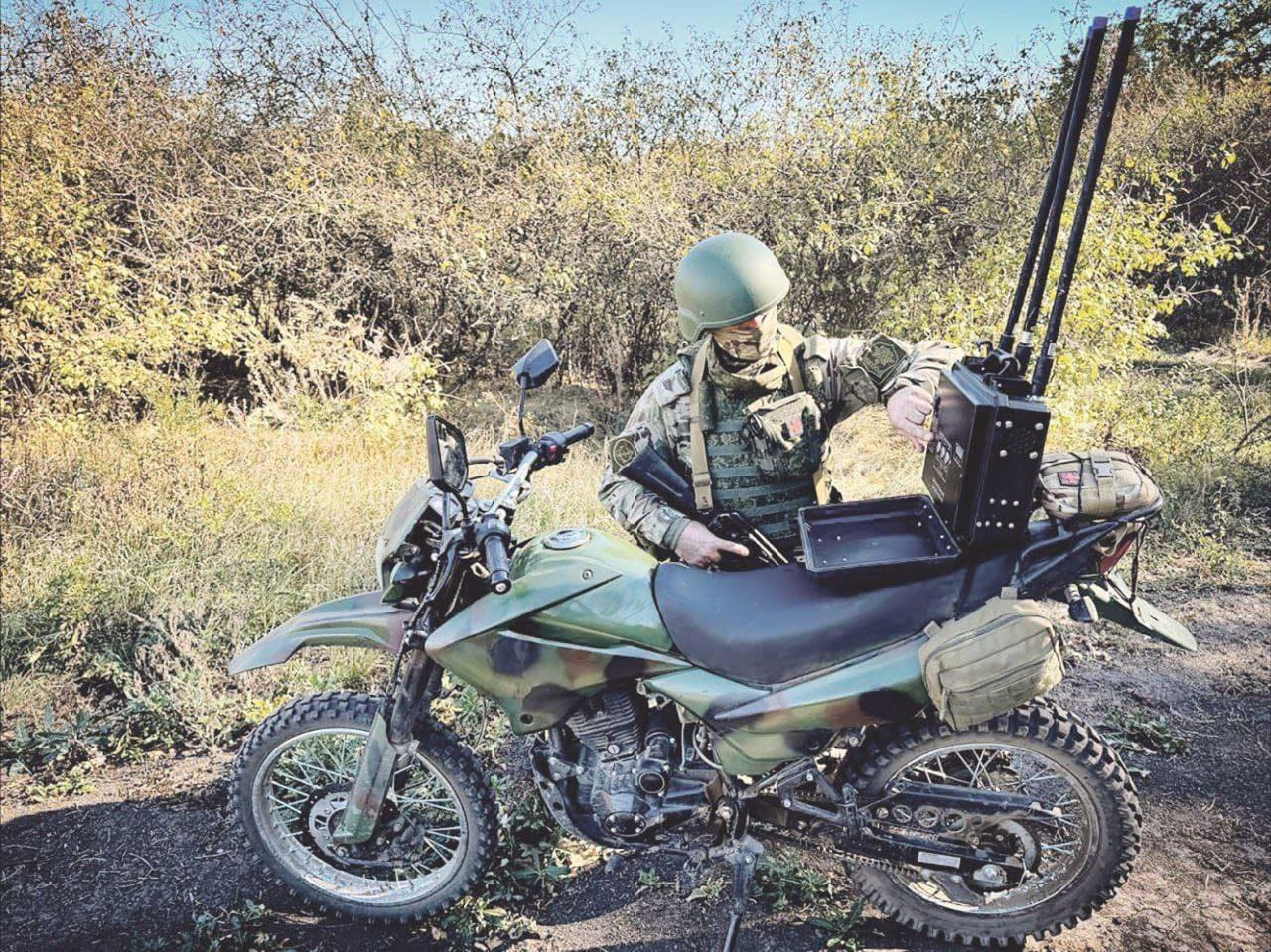
A Russian assault infantryman with his motorcycle, equipped with an anti-drone electronic warfare (EW) jammer Motorcycles with two riders optionally have the passenger as the primary combatant, ready to engage both ground targets and aerial threats, such as drones while on the move. In some cases, motorcycles are equipped with gun mounts for the driver, enabling limited fire capability. However, the driver mounted gun appears to be quite uncommon in practice.
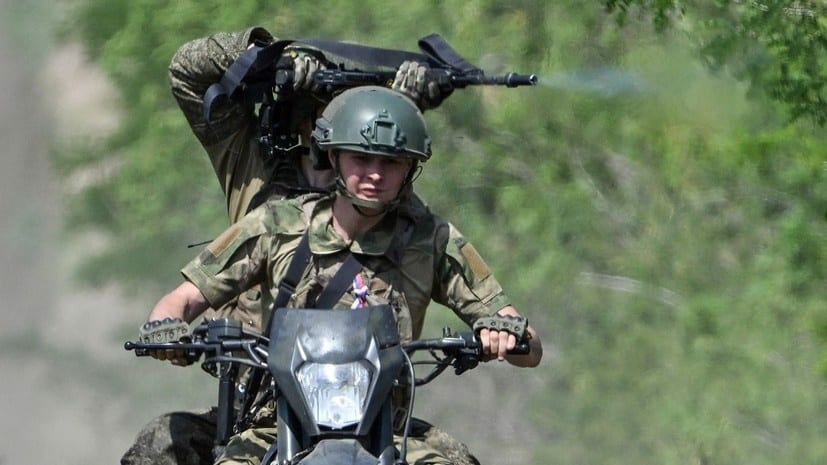
Motorcycle crew training with a passenger firing while on the move. Screenshot from Russian news coverage. RIA Novosti Common Tactical Maneuvers for Motorcycle Assault Groups:
Single Flanking: A maneuver where motorcycles circle the enemy position from one side to attack from an unexpected direction.
Pincer Movement: Simultaneous flanking from both sides to overwhelm or encircle the enemy.
Deep Penetration: Rapid advance beyond the first line of defense to disrupt rear-area logistics, rotations etc.
Diversionary Maneuver: Aimed at drawing enemy attention and fire away from the main assault force.
Reconnaissance-in-Force: Probing enemy positions while remaining mobile, often testing defensive response and locating weaknesses.
Beyond direct combat, motorcycle assault units fulfill other support roles. They conduct limited medical evacuation - extracting wounded personnel one at a time due to space and weight constraints, and carry critical supplies such as food, water, or ammunition within their load limits. In offensive operations, these teams have even moved troops into urban objectives: during the capture of Kurakhove, columns of three to four motorcycles, shuttled small groups of soldiers rapidly into the city. Finally, they rotate individual fighters in and out of frontline positions, again limited by the bike’s capacity but offering a faster alternative to foot or vehicle movement.
III. Training and Field Drills
While there were no systematic efforts to implement a unified training program across Russia’s ground forces in early 2024, a number of localized, unit-driven initiatives emerged from the bottom up. These early efforts lacked coordination and consistency. By the summer of 2024, however, the Russian Ministry of Defense began taking steps to formalize motorcycle and all-terrain vehicle (ATV) training programs across military training centers inside Russia.In July 2024, during a visit to a training facility in the Leningrad Military District, Defense Minister Andrey Belousov emphasized the need for dedicated courses on ATVs, buggies, and motorcycles. He cited their growing role in the rapid delivery of ammunition, food, and the evacuation of the wounded from frontline positions.
As of spring 2025, motorcycle and ATV training is underway both within Russia and across the occupied territories of Ukraine, integrated into force groupings at the operational level.
The training typically takes place on improvised or semi-permanent motocross-style tracks, designed for motorcycles and other light off-road vehicles. While the quality of these facilities varies, they tend to share key features: obstacle courses simulating minefields, uneven terrain, sharp ascents and descents. Training exercises often culminate with soldiers dismounting to engage targets from firing positions or to storm simulated trenches and dugouts.
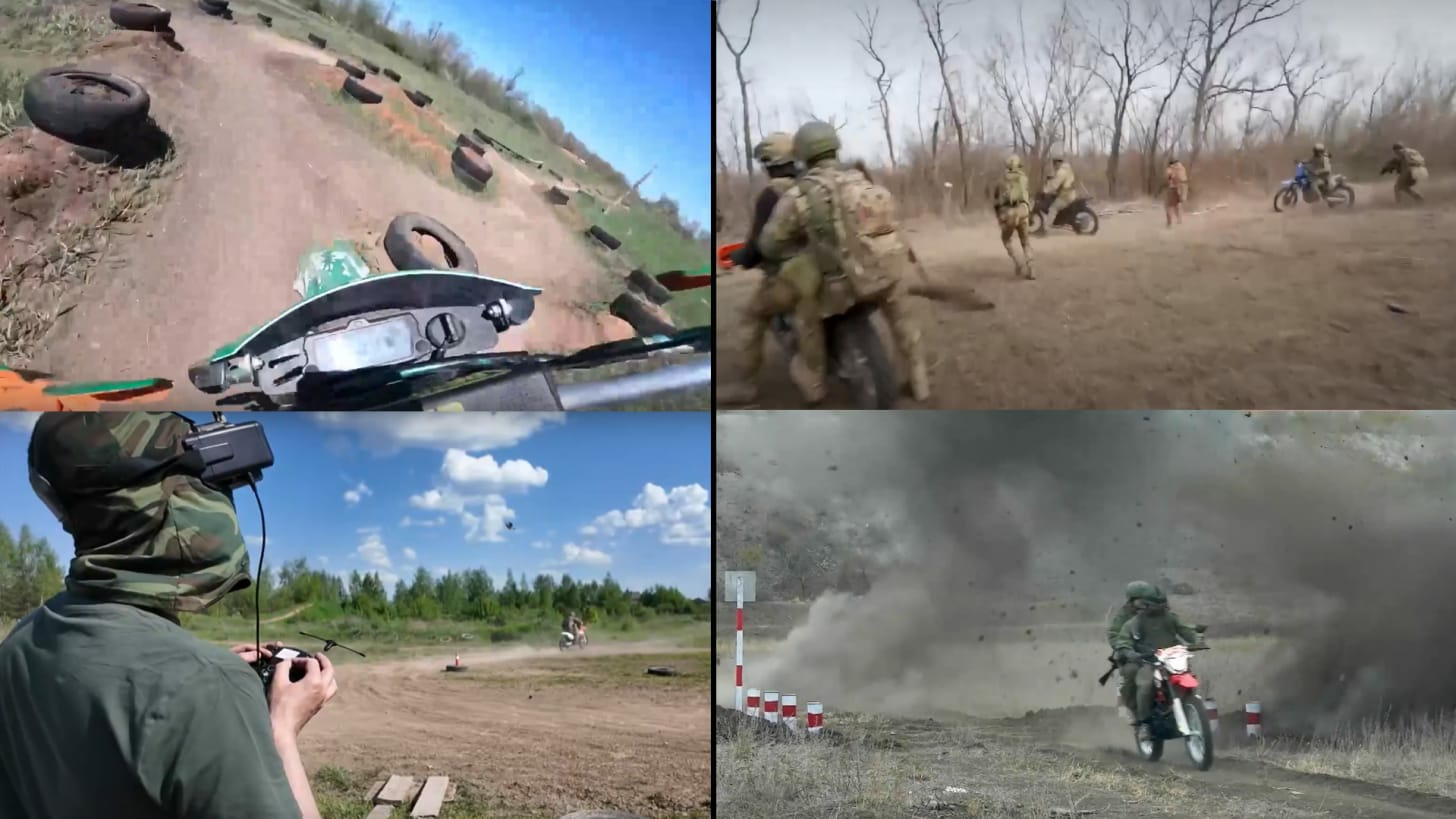
Clockwise from top left: obstacle course; infantry dismount during assault drill; training oversight; paired riding exercise. More advanced training centers include drone-supported observation, where instructors imitate FPV attacks and monitor assault groups from above to provide feedback. However, there is limited information on how rigorous these after-action reviews are, or how much time is devoted to correcting mistakes.
The duration of training varies widely. Basic riding instruction typically spans at least 16 hours, while more advanced tactical courses — including combat maneuvers and vehicle-based assault techniques — can take up to two months. In combat conditions, however, where personnel turnover is high, the full course is rarely feasible. As a result, most trainees likely undergo compressed programs reportedly lasting between two and four weeks.
This Substack is reader-supported. To receive new posts and support my work, consider becoming a free or paid subscriber.
IV. Motorcycle Inventory
Given the scale of the war and the demands on Russia’s military, a question naturally emerges: where are the motorcycles coming from, what models are used, and can Russia meet its needs with domestic production?The short answer to the last question is no. Most motorcycles deployed at the front are foreign-made, primarily sourced from China. This comes down to two basic factors: cost and production scale. While Russia’s defense sector had been developing motorcycles even before the war, and even ramped up efforts once demand surged, it still falls short of meeting frontline needs.
Equally important, it appears the Russian state is not the only supplier yet. As with drones, motorcycles often reach units through volunteers, local authorities from the unit’s home region, personal purchases by servicemembers, and state procurement.
Given the decentralized sourcing of motorcycles, the fleet in Russian units is notably diverse. Still, as previously noted, Chinese-made off-road models, particularly enduro-style bikes, dominate. As of June 2025, one of the most common models observed by our team was produced by Sharmax Motors, a Dubai-based company with manufacturing facilities in China. Among the most frequently used is the Sharmax Sport 280 from the Enduro line, with prices ranging from 180,000 to 300,000 rubles (approximately $1900 to $3,200).
Another emerging alternative, though still less common, is the use of electric motorcycles. These are gaining traction due to several advantages over gasoline-powered models: they’re significantly quieter and harder to detect with thermal imaging.
V. Combat Feedback: Ukrainian Perspective
Battlefield theories and expectations from tactical experimentation often diverge from reality. Many Ukrainian interviewees expressed skepticism about the growing "hype" surrounding motorcycles as a battlefield wunderwaffe, emphasizing that while motorcycles can be useful under specific conditions, they remain just a platform - far from a transformative innovation.
As an assault platform, motorcycles are generally seen as weak and unreliable, rarely delivering decisive results. However, when used in a proper role - alongside fire support, electronic warfare support, drones, and armored vehicles - they can be highly effective. The challenge, of course, is execution: Russian forces have struggled to coordinate such combined-arms operations even at the company or battalion level, limiting their ability to use motorcycles as efficient force multipliers.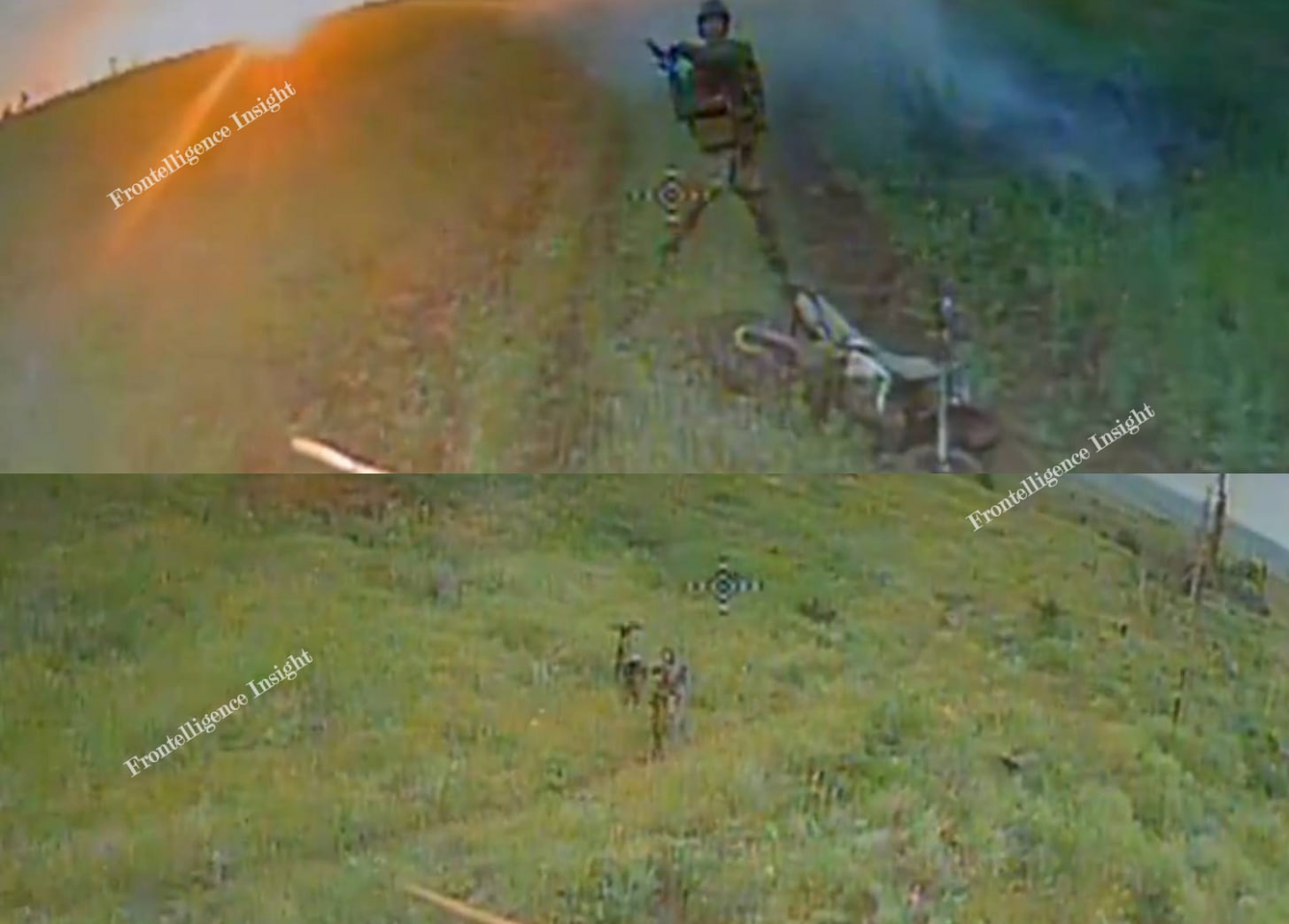
Screenshot from drone footage provided by a Ukrainian drone operator targeting a motorcycle assault group. While more maneuverable than traditional armored vehicles and better at avoiding artillery fire, motorcycles leave riders exposed and vulnerable to shrapnel from the same artillery. They also offer little protection against FPV drones, which often outpace riders with ease.
Finally, casualty rates remain a major concern. Feedback from across the front reveals two consistent patterns: either motorcycle assaults fail to deliver meaningful results, or success comes at a steep cost, with only one in several groups surviving to complete the mission. This raises serious questions about whether such losses would be considered acceptable by commanders in Western militaries.VI. Summary and Outlook
In summary, motorcycle dragoon tactics have their place on the battlefield, but they are unlikely to be a game changer on the scale of drones. Still, their use is likely to grow as a response to current battlefield dynamics. When properly coordinated with other assault elements, these units can enhance operational success and serve as a force multiplier. However, Russia continues to struggle with synchronized operations, significantly limiting their effectiveness.
Internal Russian Defense Ministry documents, currently unavailable for public release, suggest that motorcycles, ATVs, and buggies will become a standard part of assault unit structure. These papers indicate that more than half of the infantry in certain formations will be outfitted with such vehicles to boost mobility. If accurate, this signals a sustained Russian focus on tactical mobility, a shift that NATO may have to confront in the event of direct conflict. As such, this evolving Russian approach warrants further scrutiny.This Substack is reader-supported. To receive new posts and support my work, consider becoming a free or paid subscriber.
-
Aerospace giant Airbus to train Ukrainian specialists in aircraft maintenance
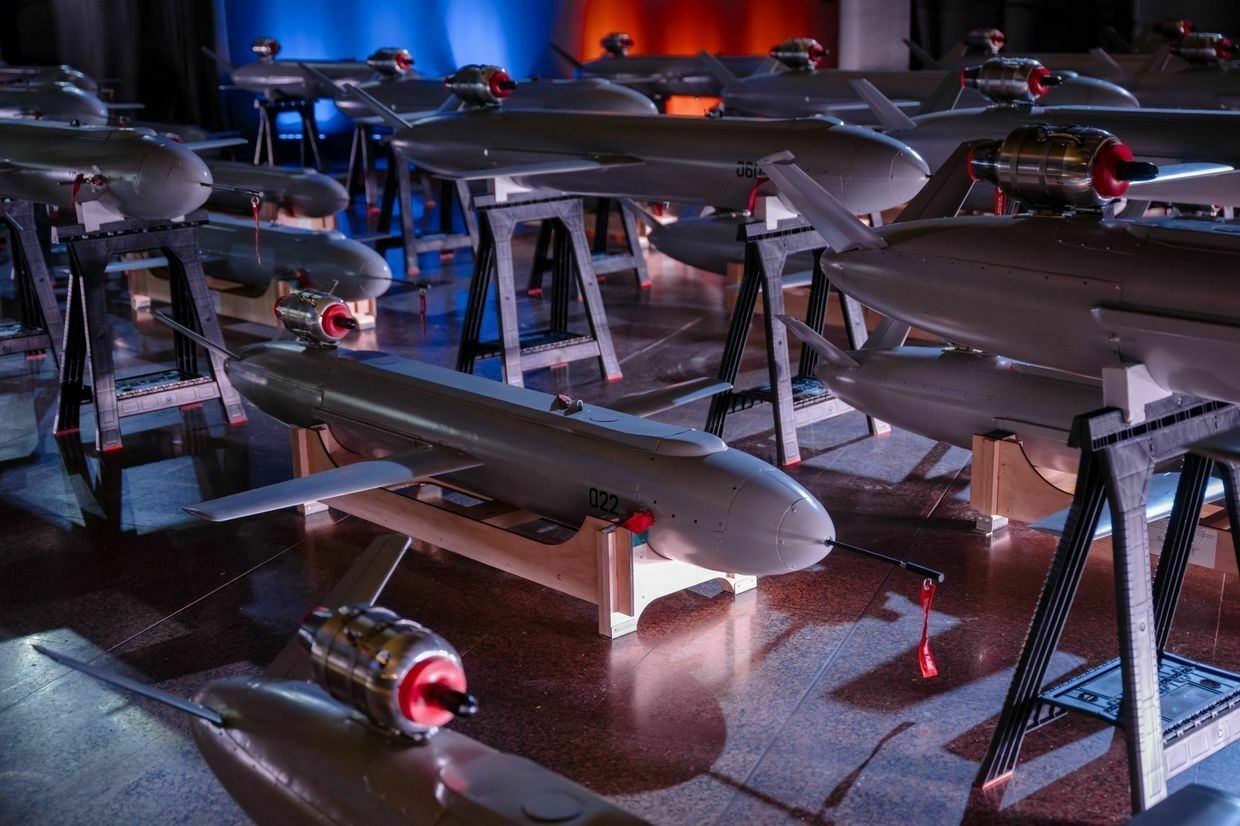
Ukraine’s state defense conglomerate Ukroboronprom and European aerospace giant Airbus have signed a trilateral cooperation memorandum at the Le Bourget International Air Show, the company announced on June 23.
The agreement launches initiatives to develop maintenance and repair capabilities for Airbus aircraft operating in Ukraine among specialists at Ukroboronprom’s enterprises.
As part of the deal, Airbus will send representatives to Ukraine to train local specialists, who will then become certified instructors for aircraft maintenance.
“Trust in our defense industrial complex, particularly Ukroboronprom and its enterprises, is growing among global high-tech companies,” said Oleh Hulyak, Ukroboronprom Director General, in a press release. “This proves we have chosen the right path for development and international cooperation."
Hulyak expects new partnerships with foreign partners in aviation and other areas of the company’s work.
Ukroboronprom is a leading strategic manufacturer of weapons and military hardware in Ukraine. The association unites about 100 enterprises that develop and manufacture weapons, military equipment and ammunition, including missiles, drones, armored vehicles.
The company reported a consolidated net profit of Hr 1.31 billion ($31.5 million) for the previous year as its enterprises tripled production volumes in 2024 compared to 2023, with a 36% increase in contracts.
In 2024, Ukroboronprom was ranked for the first time in history among the top 50 global defense companies by Defense News, according to Strategic Industries Minister Alexander Kamyshin.
‘It was impossible to look at’ — Russian mass missile, drone attack on Kyiv kills at least 9, injures 33Russia launched a wave of missile and drone attacks on Kyiv and surrounding region overnight on June 23.The Kyiv IndependentLucy Pakhnyuk
